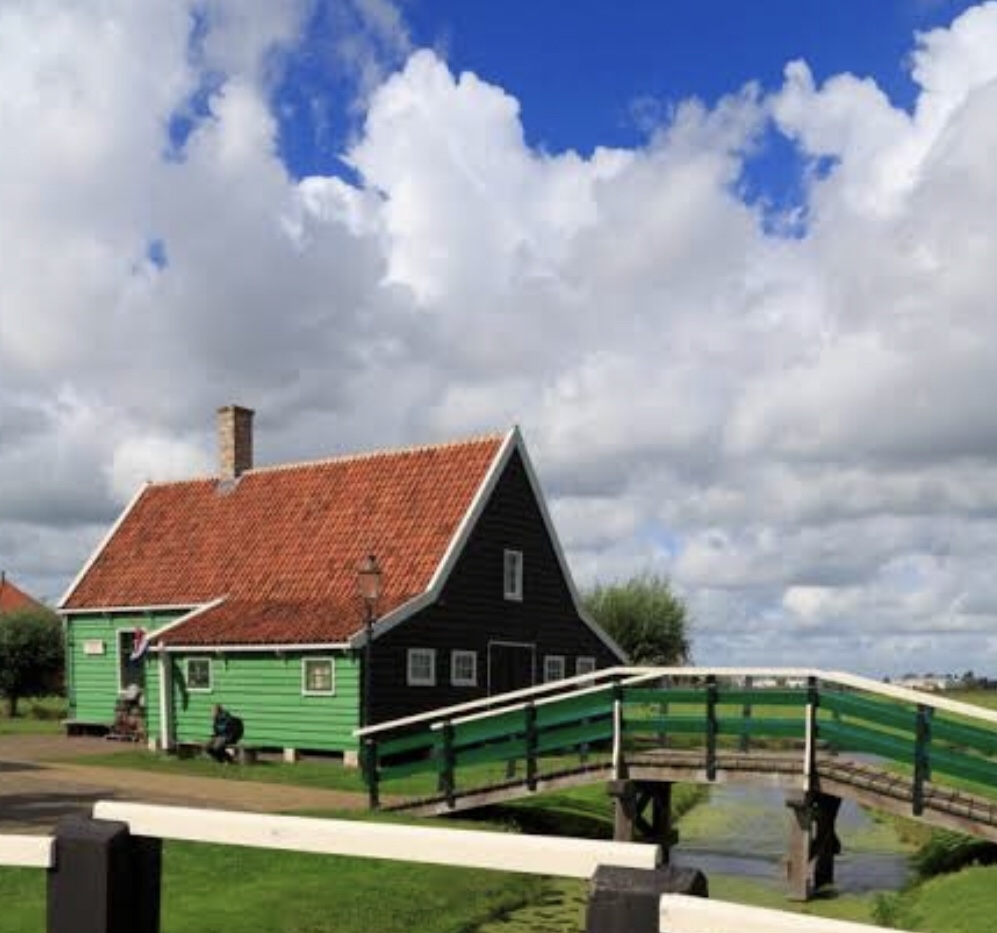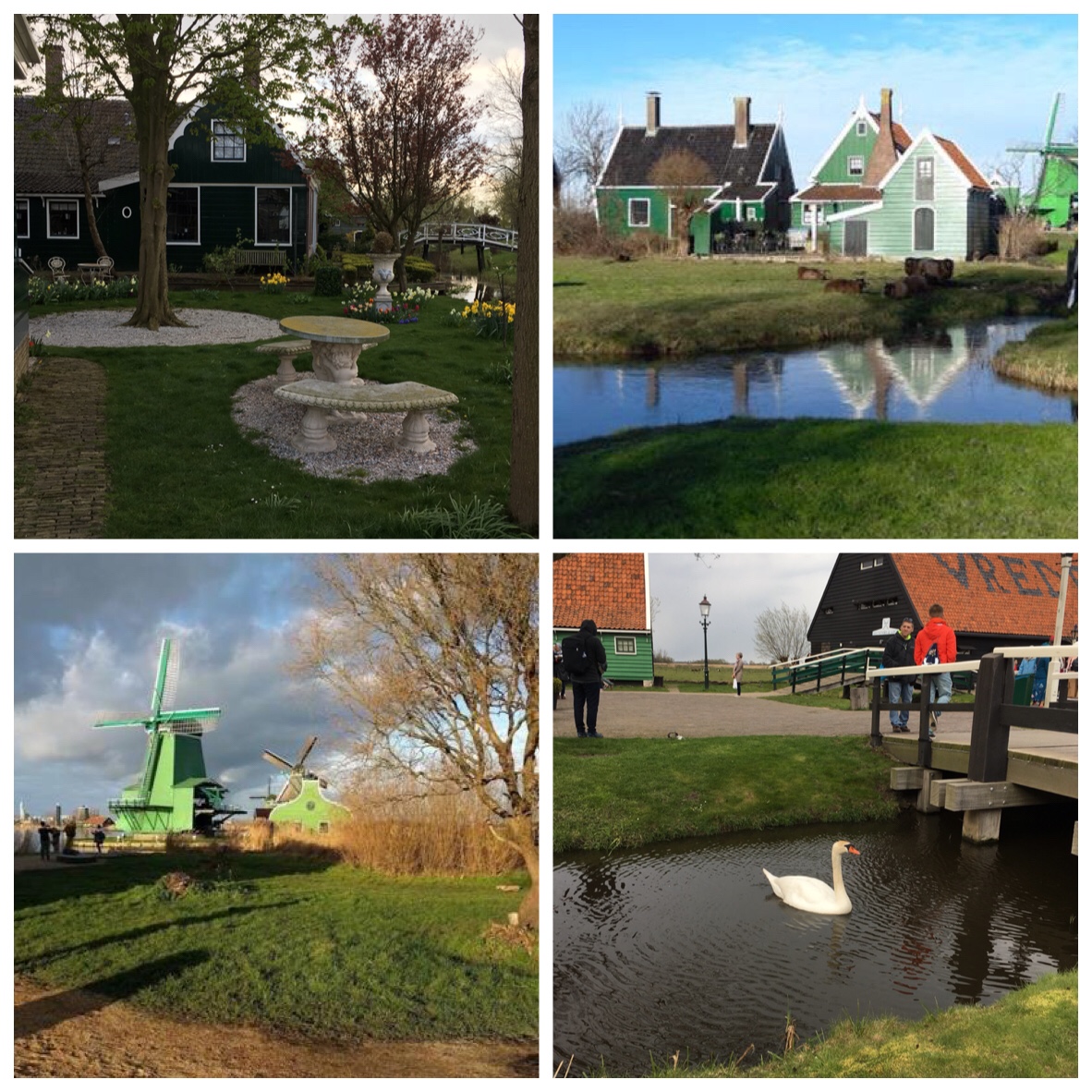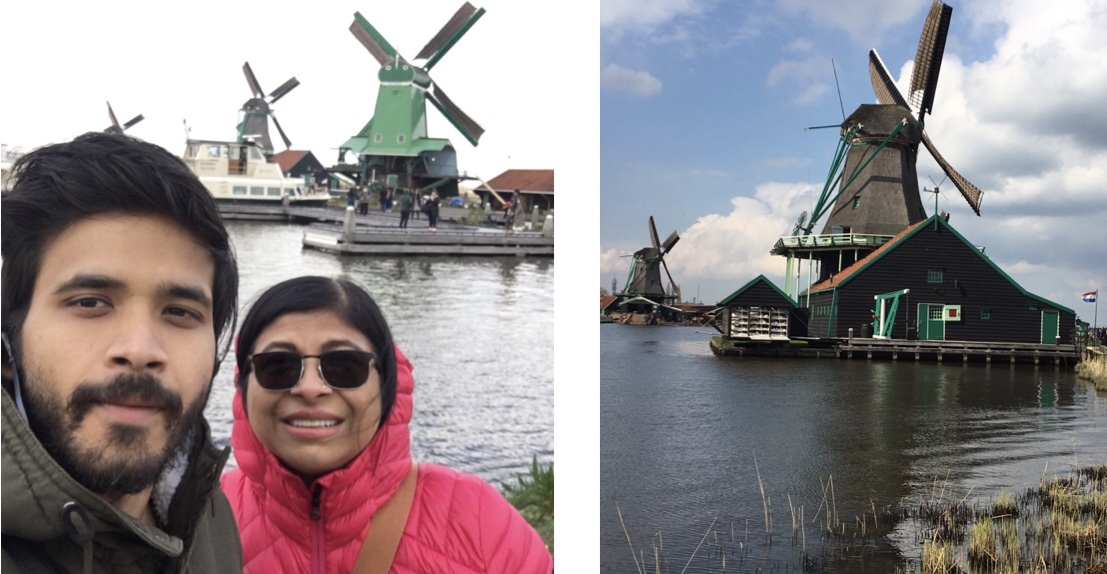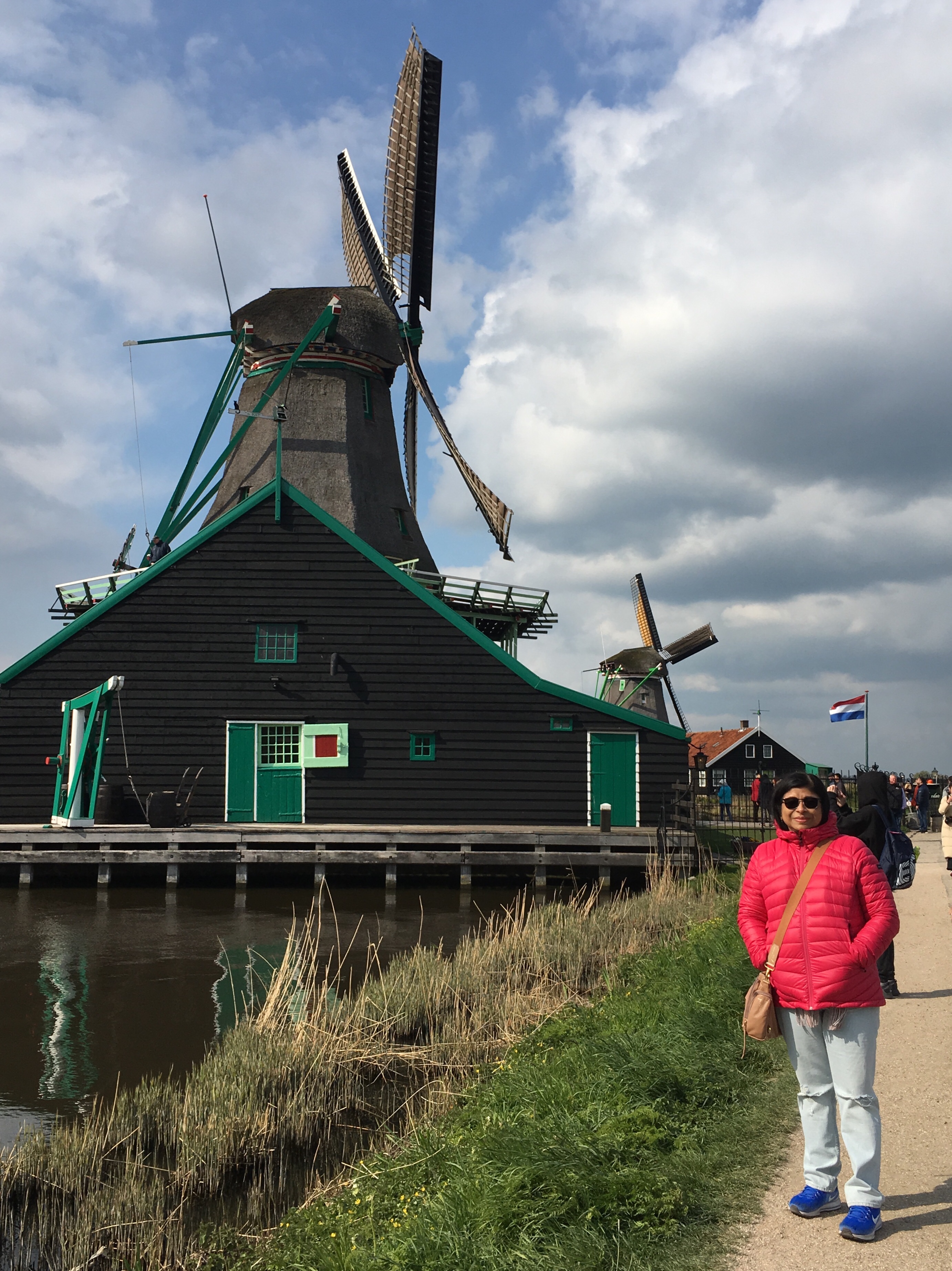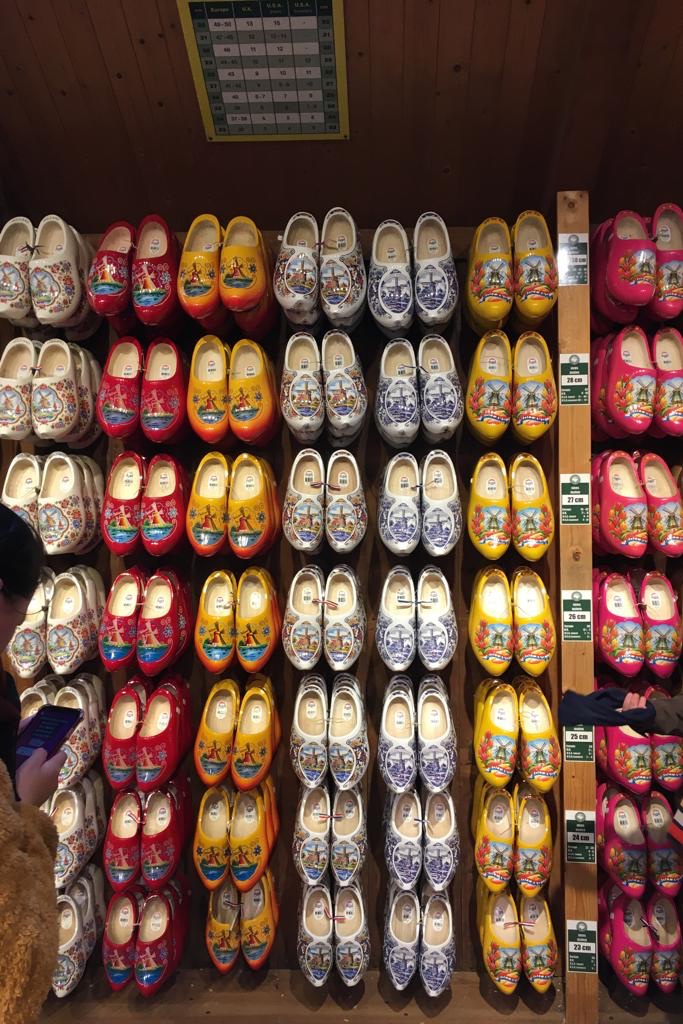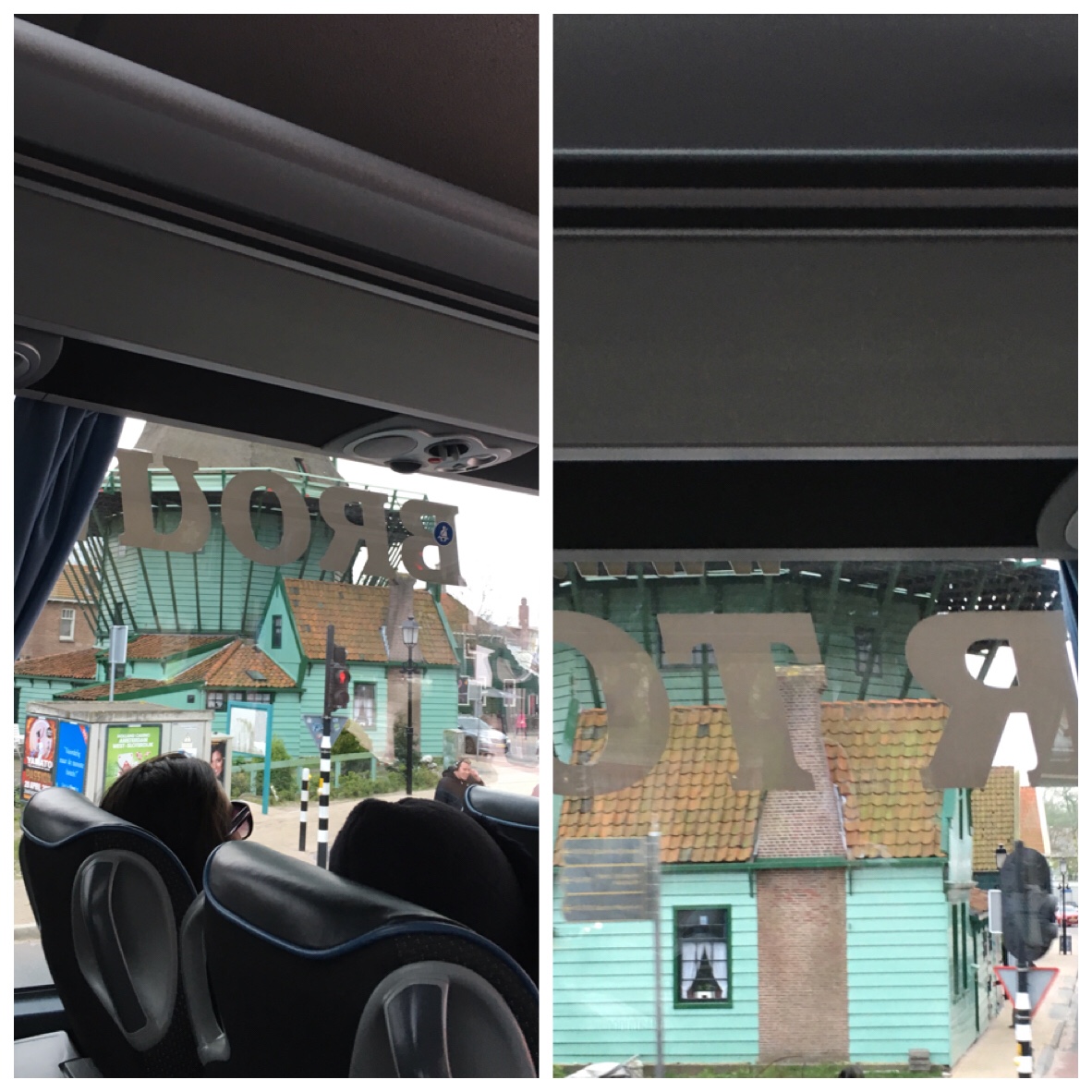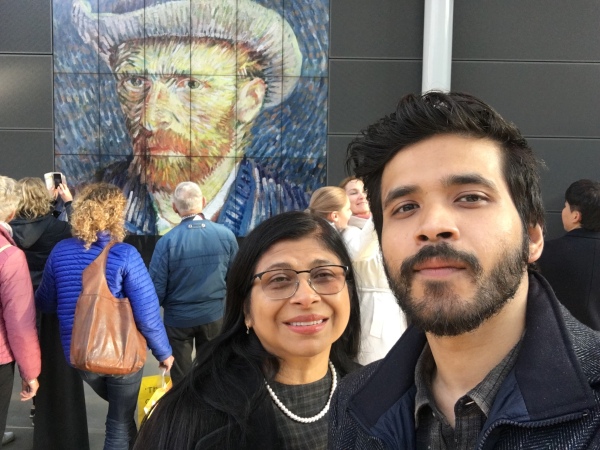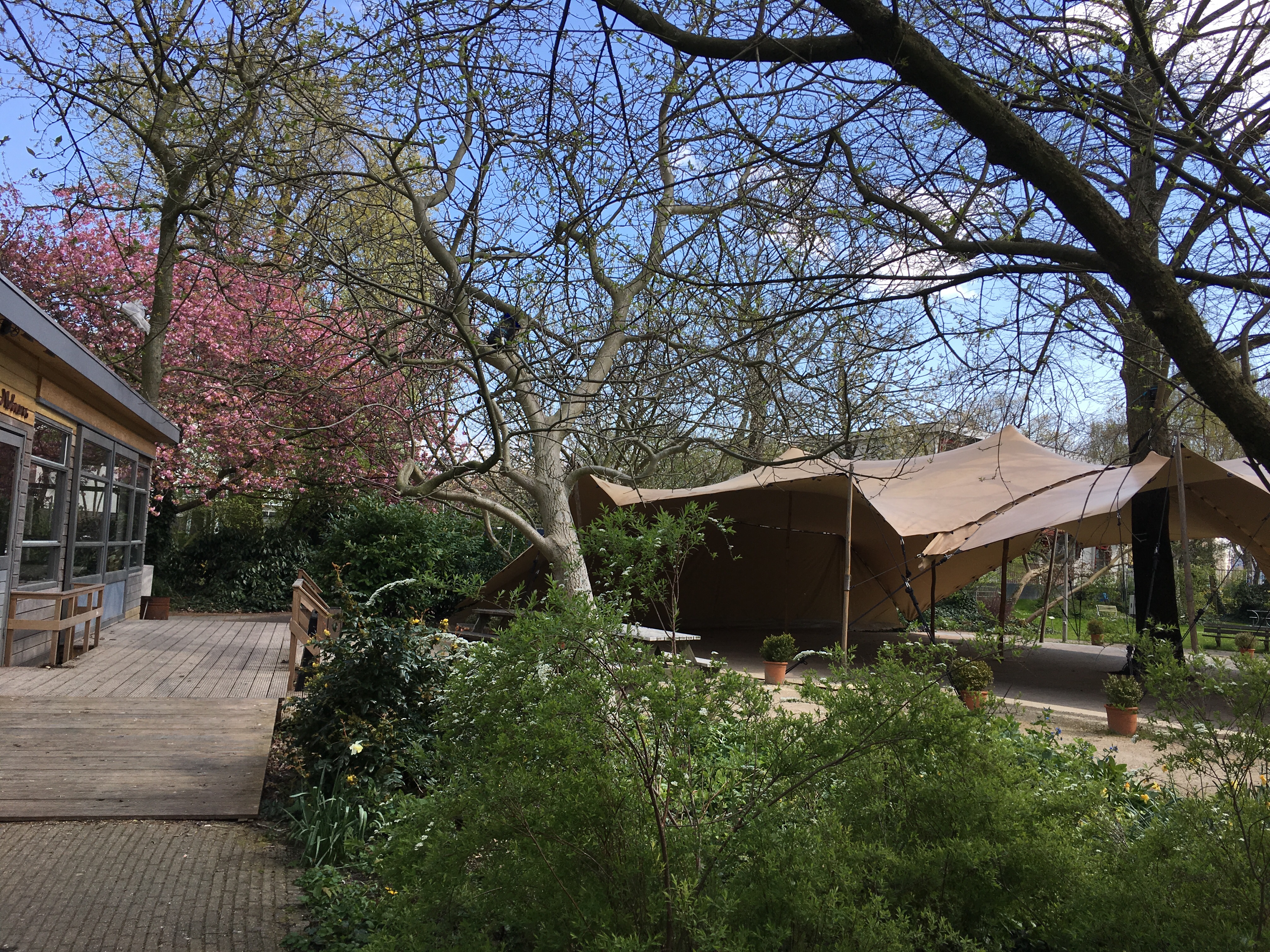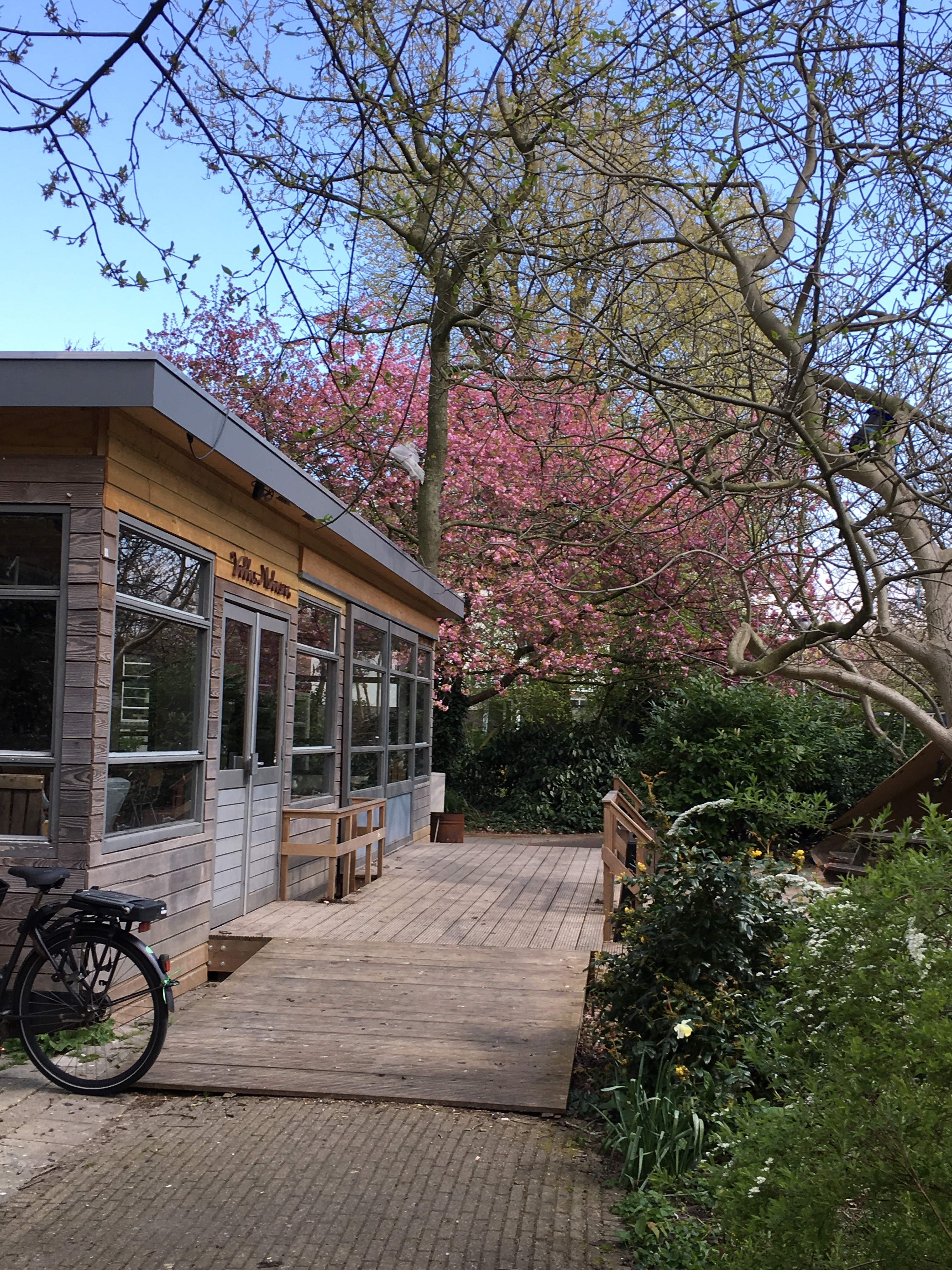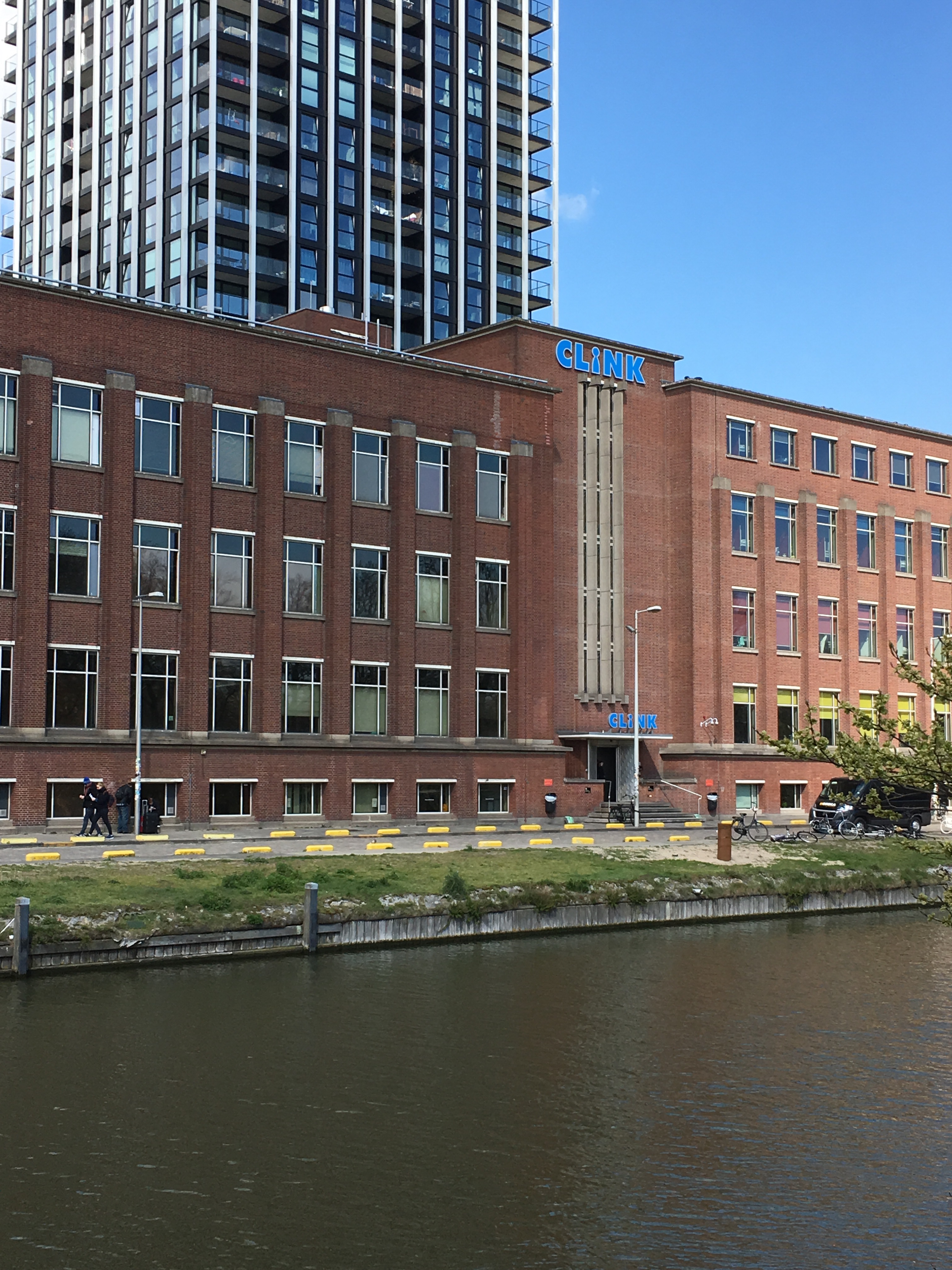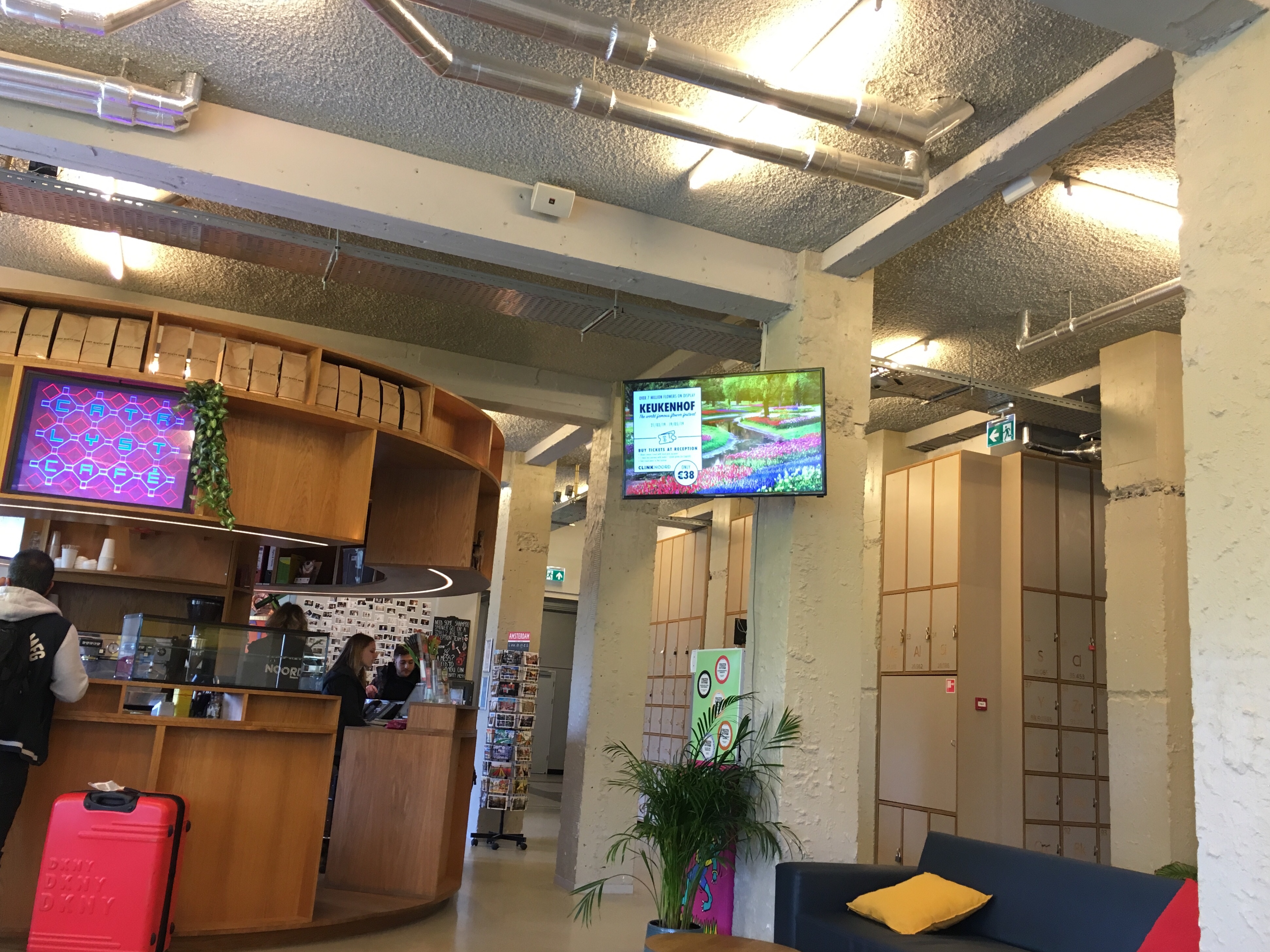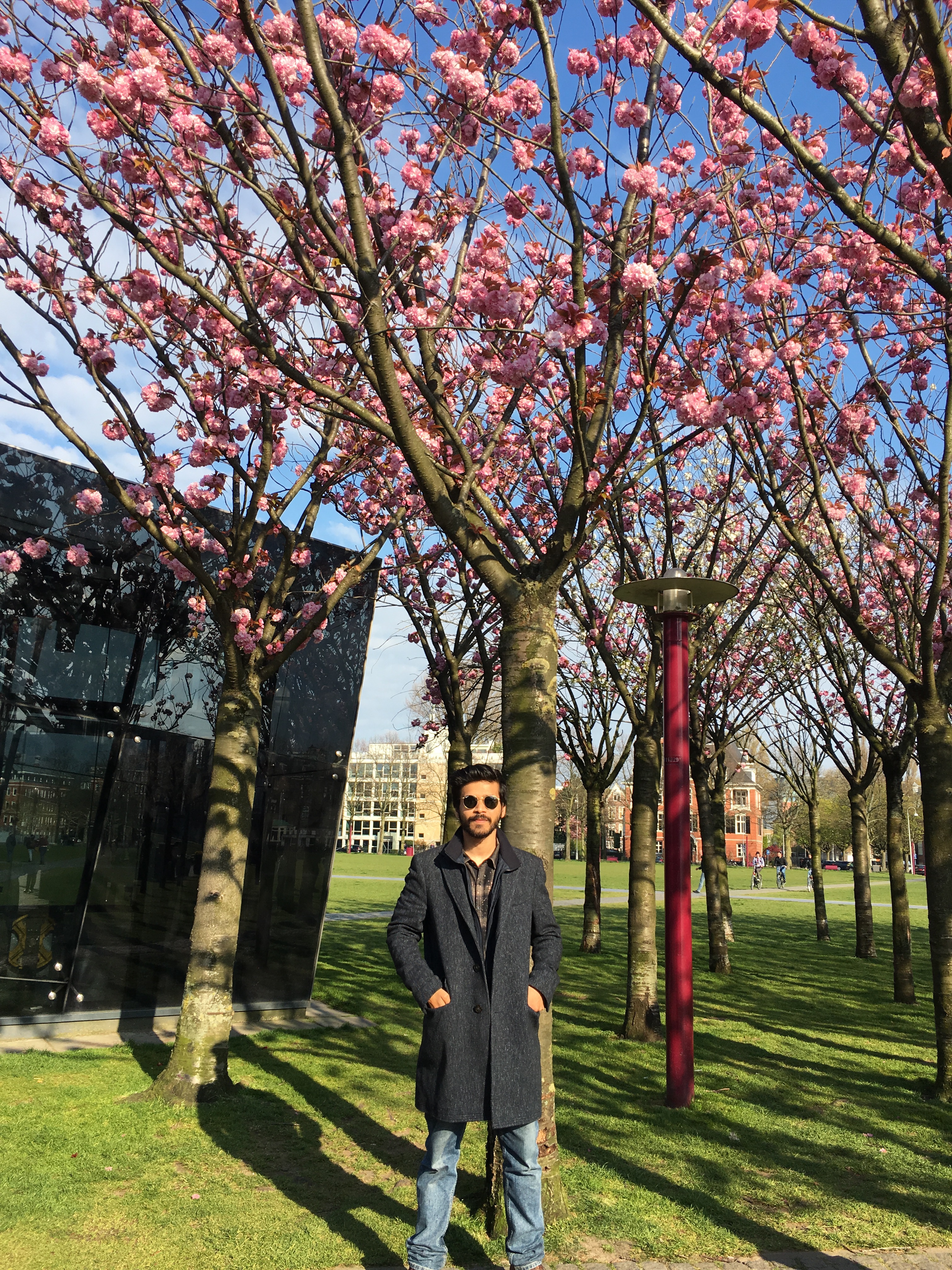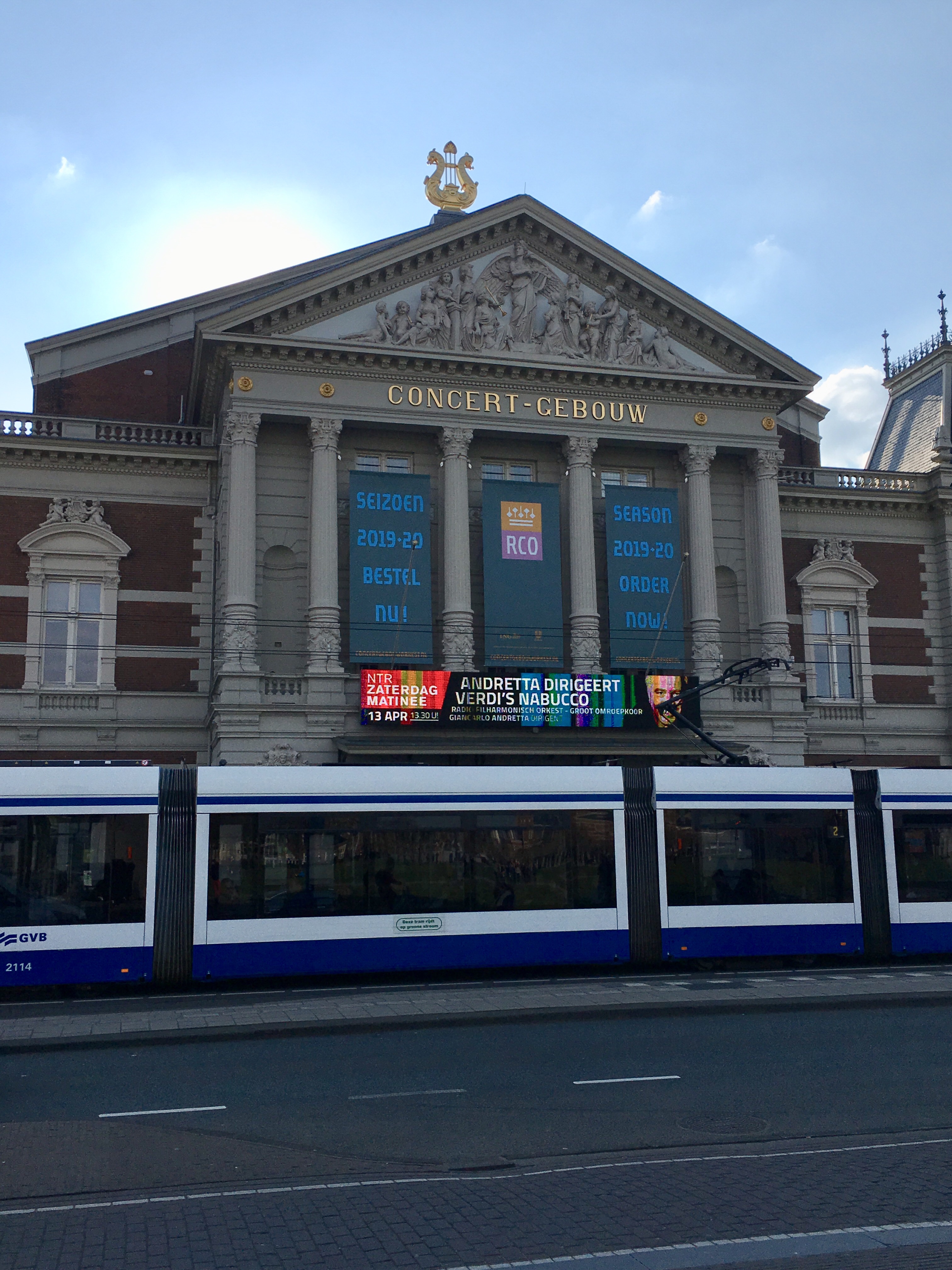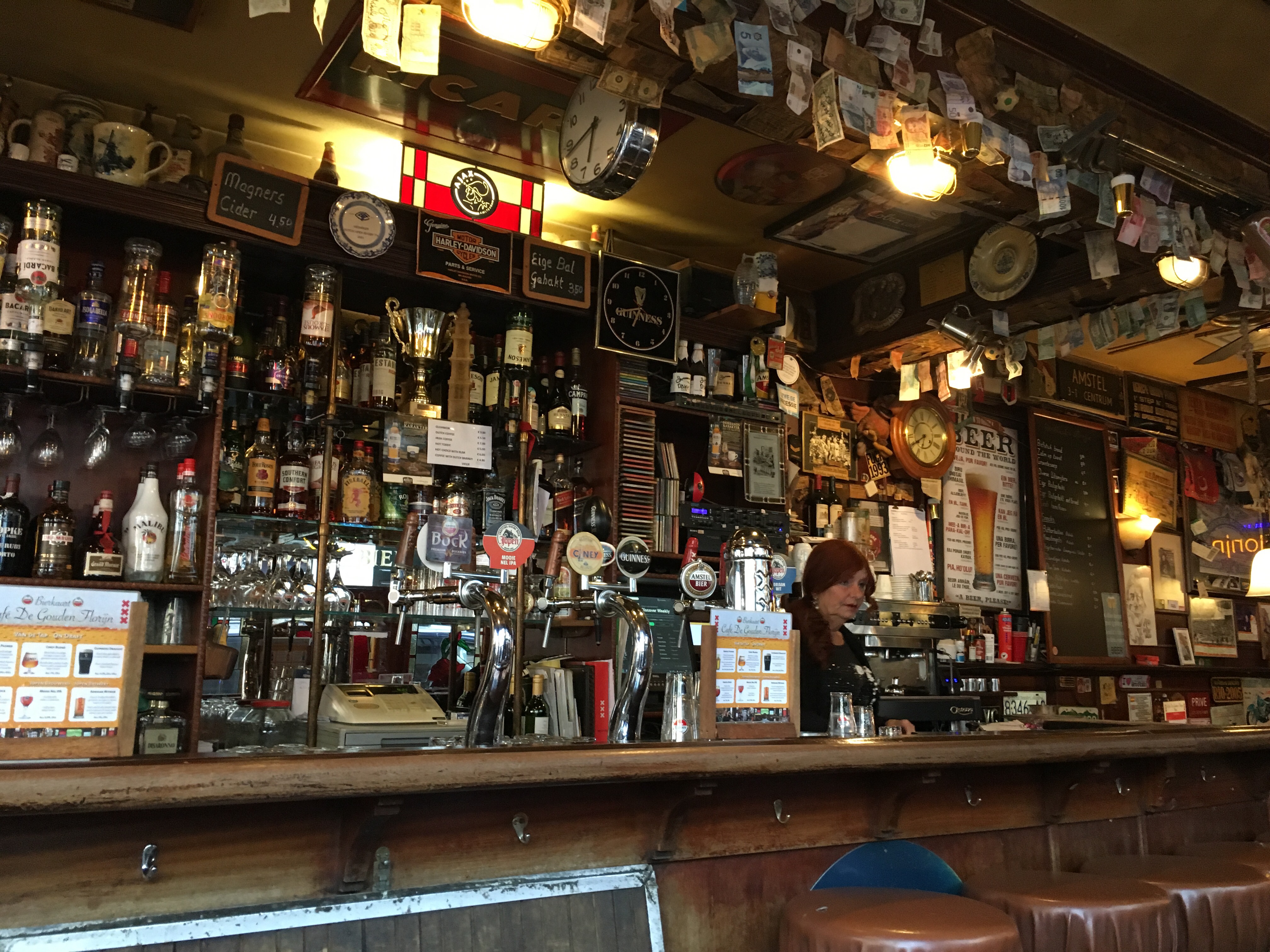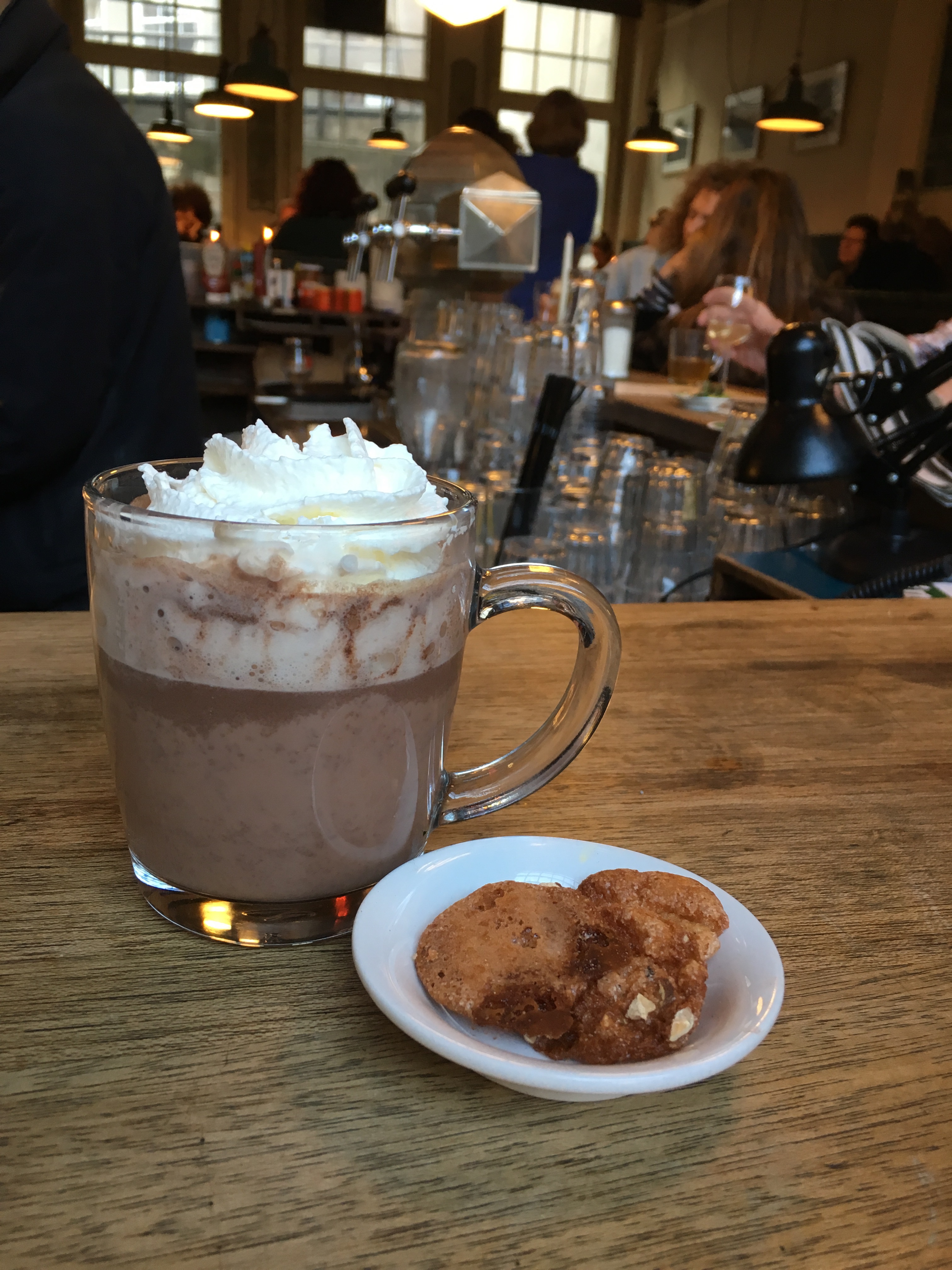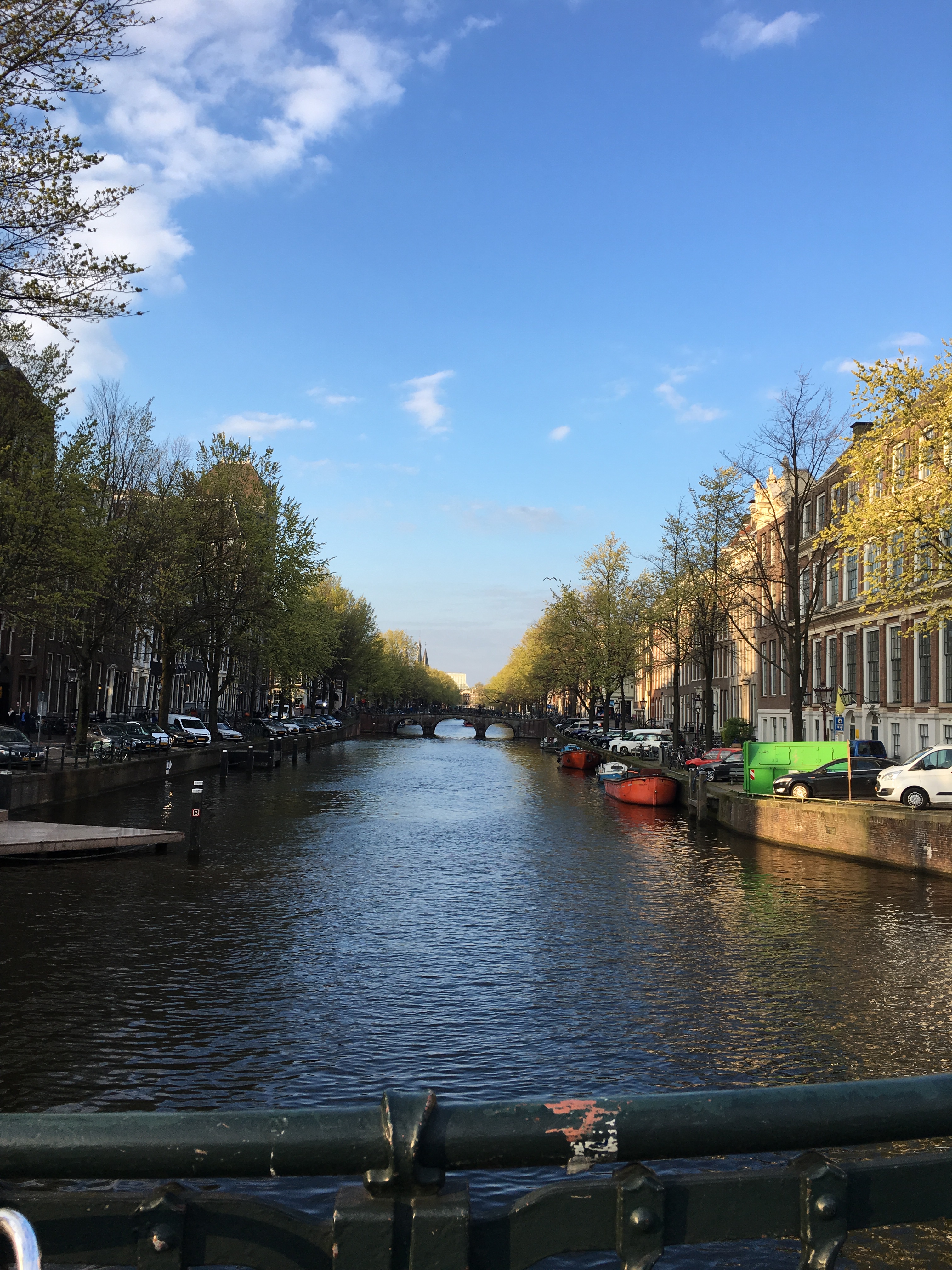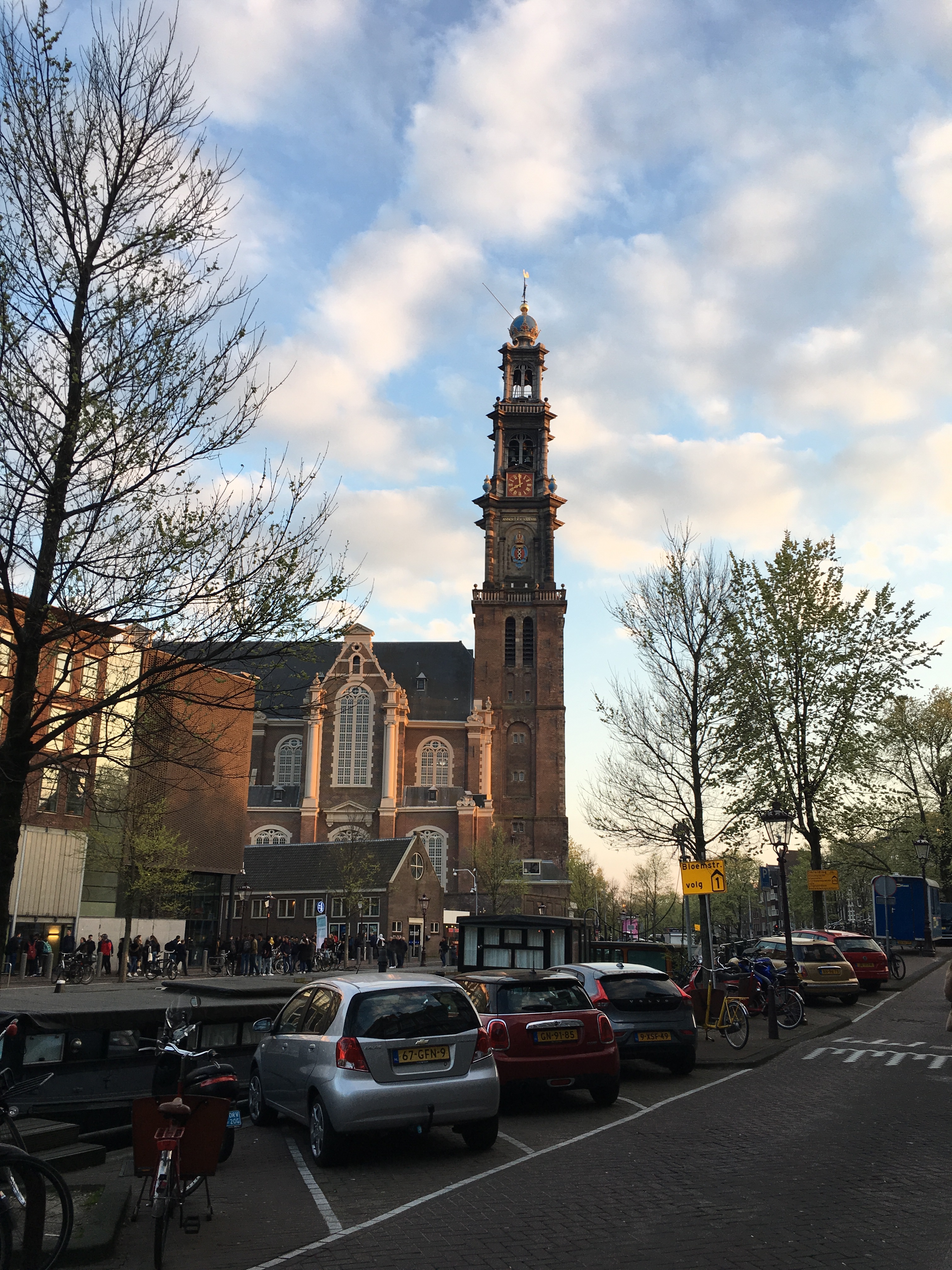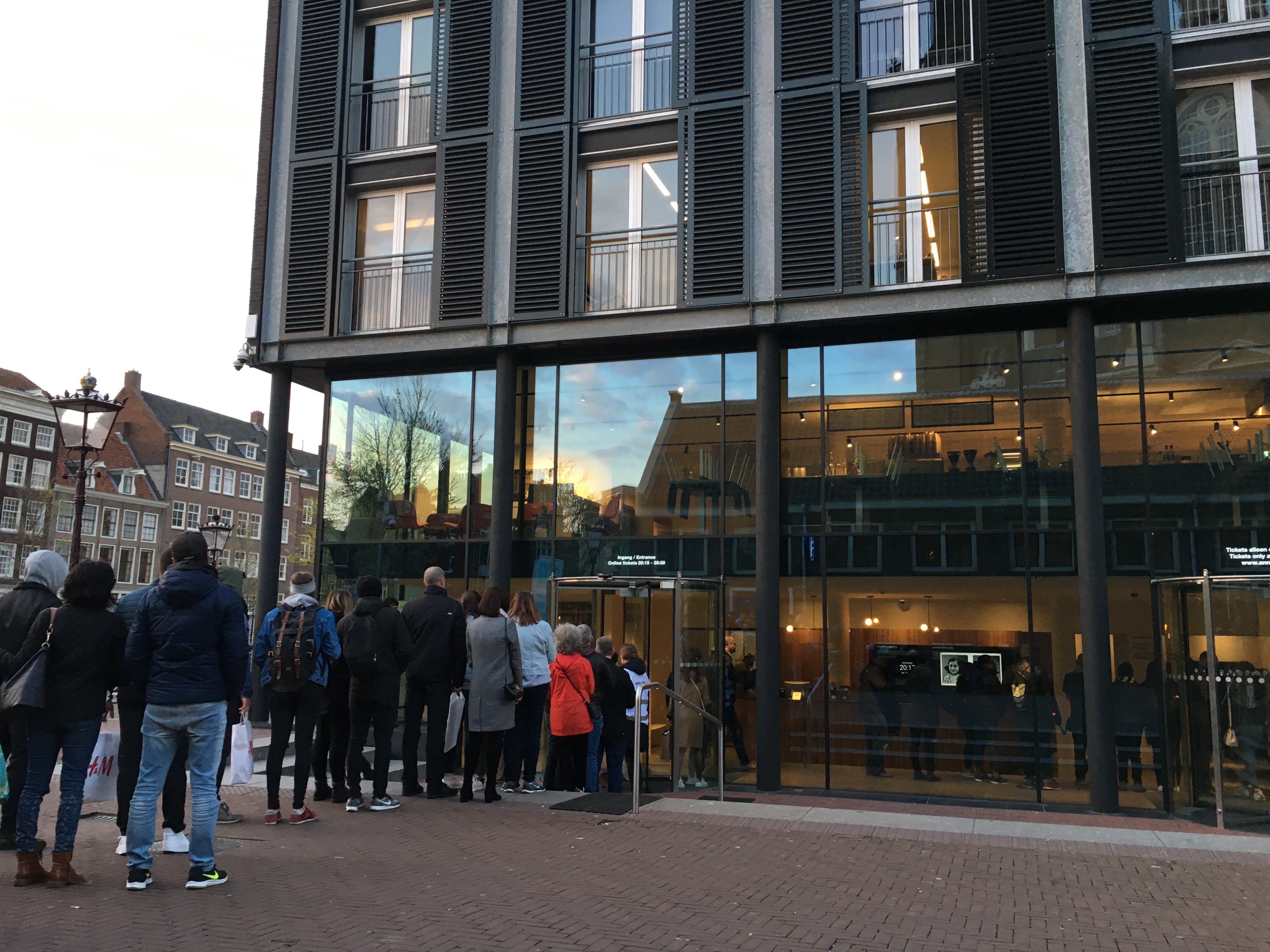It is a known fact that the lavish interiors of the Queen’s official London residence, and one of the world’s few remaining working royal palaces, the Buckingham Palace is opened out to the public for a few days every summer. The days and dates are subject to change every year.
To be honest, I had never, in my wildest and most far fetched dreams, imagined that I would one day get to see the inside of the Buckingham Palace.
During, our Royal Walking Tour, our guide mentioned that the Queen was currently away at the Kensington Palace and hence, the Buckingham Palace was open to visitors for those ten days of September 2018. She also mentioned that it would be foolish to miss tasting the Strawberry ice cream at the Royal Garden Cafe as it was delectably delicious, so she said. Her words kept ringing in my ears through the Walking Tour until, the temptation became too strong to resist. Soon enough, we made reservations for two tickets for the following day and in no time, received the confirmation voucher via email.

The voucher in our hand, the mother-son duo set off for something really Royal.
To reach the Buckingham Palace,
Nearest Station : Victoria
Nearest Underground Station : Victoria / Green Park / Hyde Park Corner
We had to assemble at :The Royal Mews, Buckingham Palace; Time : 10:45 hrs.
After the normal preliminary security check we were ushered into the Palace to reach the grand entrance before entering the State Rooms.
The Audio Guide :
As part of your Buckingham Palace tour, we were provided free audio guide to the palace. The tour was introduced by His Royal Highness, The Prince of Wales, Prince Charles.
As we moved ahead, we were introduced and enlightened on the State Rooms and the artefacts and pieces of art in the rooms.
It was with batches of goosebumps and innumerable butterflies fluttering in my stomach that I took in the magnificence of the baroque architecture of high, decorative ceilings and marble pillars, glistening candelabras and chandeliers, solid sculptured pieces of furniture, rich silk and brocade tapestry of the upholstery, thick plush carpets, damask wallpapers, shining silver, exquisite porcelain and sparkling crystal…
I couldn’t help being overcome by emotions when I could see with my own eyes, the thrones used by the royal family while capturing formal family pictures.
It was an exciting excursion, a surreal safari for me…
The State Rooms :
The audio guide explained that there are 775 rooms in Buckingham Palace including the 19 State Rooms and 78 bathrooms. These State Rooms are a suite of public rooms which are beautifully and lavishly decorated.
The Queen receives and entertains visiting dignitaries, ambassadors from across the world and celebrity guests in the State Rooms, and also rewards her subjects. Some of these State rooms were used for the Royal Wedding reception for Prince William and Kate, the Duke and Duchess of Cambridge.
The Grand Staircase :
The Grand Staircase of Buckingham Palace is a highlight of the tour. The baroque and ethereally magnificent bronze staircase was designed by the architect John Nash when he was commissioned to remodel the palace for King George IV. The intricate pattern of acanthus, oak and laurel leaves on the double balustrade along with some of the world’s finest bronze casting work is immensely impressive, The stairs are lit by an etched glass dome in the ceiling.
The Throne Room :
The majestic Throne Room containing the thrones that are used for investitures and ceremonial receptions is a favourite among visitors. The thrones are used during the Queen’s Jubilees.
One can easily recognise the Throne Room as the backdrop for some famous royal wedding photos ranging from Princess Elizabeth (now the Queen) and The Duke of Edinburgh in 1947 to the Duke and Duchess of Cambridge in 2011 and the Duke and Duchess of Sussex in 2018
Fine art :
The length and breadth of the Buckingham Palace is adorned with fine paintings as well as ornamental sculptures by painters and sculptors of high repute.
The State Rooms bear paintings and portraits of past and present royals including Queen Victoria, George III and Queen Charlotte, William IV and his wife Queen Adelaide and, of course, the current Royal Family.
Sèvres Porcelain :
Buckingham Palace boasts of a spectacular collection of Sèvres Porcelain, in fact, one of the world’s finest. The collection dates back to the period between 1783 and 1830 and the credit of the collection goes to King George IV who acquired the pieces from the famous French manufacturers.
The collection includes finely painted and gilded wares which were a part of dining services, such as, broth basins, cups and saucers and dejeuners and they also include fabulous ornamental vases, bibelots and porcelain busts.
The Special Exhibition :
Each year, the summer opening offers a unique and special exhibition.
This year, to mark the 70th birthday of The Prince of Wales, the Summer Opening of Buckingham Palace exhibition included a special display of over 100 works of art personally selected by His Royal Highness.
It is a known fact that the Prince of Wales has always nurtured great passion for art and as the Chairman of The Royal Collection Trust and Patron of several arts charities, he has been instrumental in promoting the creation and understanding of art, worldwide.
Visitors to the Buckingham Palace were privileged to witness in the exhibition within the State Rooms, a selection of the The Prince’s favourite art works which were displayed alongside works created by young artists supported by three of His Royal Highness’s charities; The Royal Drawing School, The Prince’s School of Traditional Arts and Turquoise Mountain.
In a specially recorded message for visitors to the Buckingham Palace, The Prince of Wales spoke about his love for arts and crafts, his fascination for the Royal Collection curated by his ancestors over generations and his endeavour to preserve and maintain such craftsmanship leading him to set up the three charities.
And true to his words, the exhibition offered an extensively varied and delightfully tasteful range of arts and crafts.
The Grand Ballroom :
The ballroom is the largest and grandest room in the Palace. It is more than 37 metres long and 18 metres wide and it almost made me gasp when the audio guide said that it was spacious enough to accommodate 35 double-decker buses.
The Queen uses it for investitures and banquets, although this summer an exhibition commemorates the Queen Mother’s time at the Palace from 1937 to 1953.
Flags and clocks :
One Connor miss the flag on the roof above the Buckingham Palace and be it while entertaining or exiting, one is bound to notice it.
The Royal Standard it is, when the Queen is at home; but when she’s away, the Union Flag is raised instead.
The Buckingham Palace boasts of holding one of the largest collections of working clocks in the world. There are more than 350 clocks and watches all over the Palace and it is said that two full-time horological conservators are employed to wind and maintain them all.

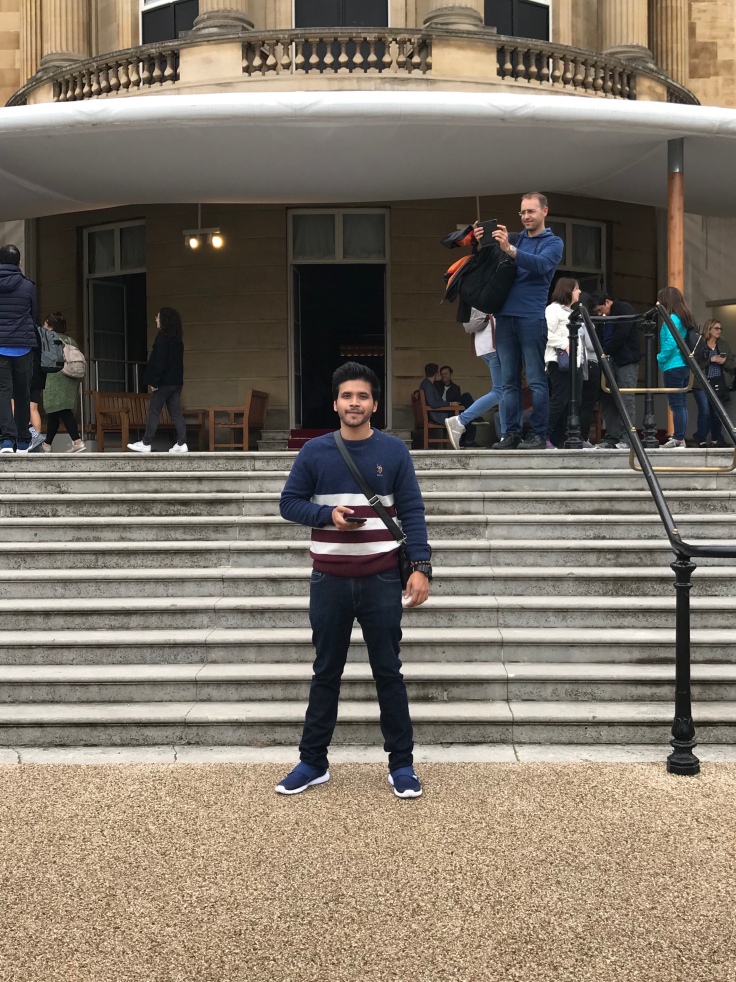
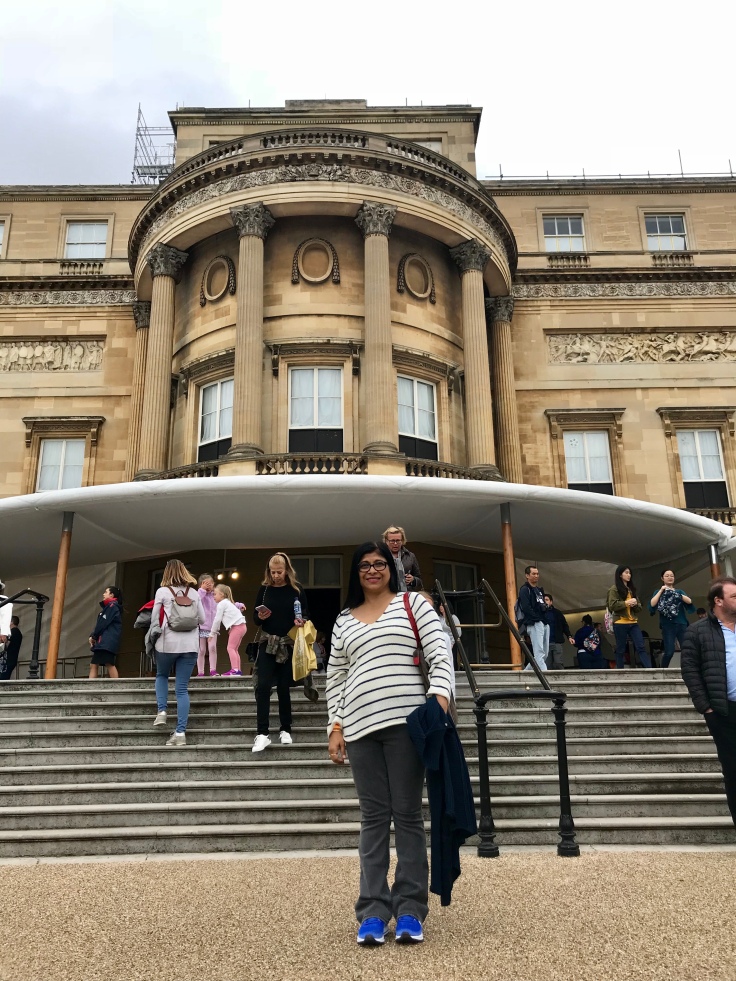
Garden Cafe & Garden Shop :



The eyes having feasted on every Royal, regal object of art in the State Rooms and at the Exhibition, it was only fair that the tour should end at the tranquil Garden Cafe on the West Terrace of Buckingham Palace.


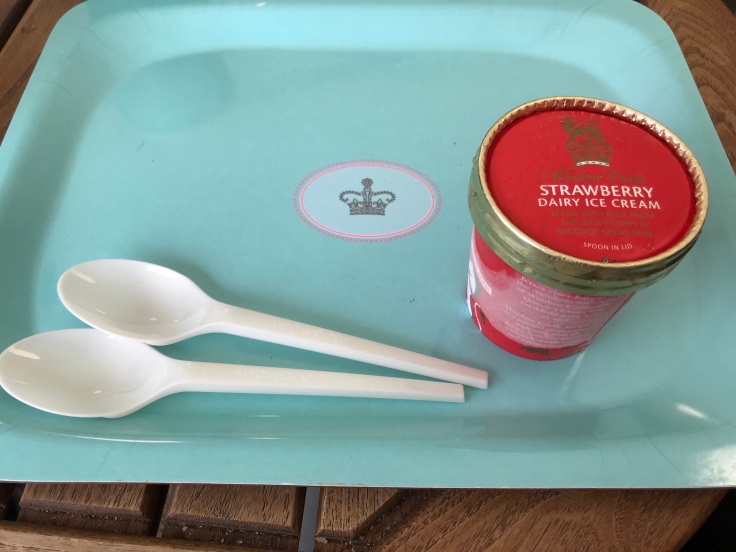

The cafe offers a range of light refreshments including tea, coffee, sandwiches, pastries and a wide range of ice creams.
We decided to honour the words of our guide from the previous day’s Royal Walking Tour and try the Strawberry Ice cream that she had vouched for. It was ‘royally’ tasty, must say…


A peep into the Garden Shop revealed a delightful range of gifts and souvenirs exclusively created for the Royal Collection, such as homewares, china, clothing, jewellery and children’s toys, books and postcards.
We just browsed through them and headed out through the garden of the Buckingham Palace.
The Garden : a separate tour
The sprawling gardens at Buckingham Palace spread over an impressive 39 acres and contain more than 350 types of wildflowers, around 200 trees and a three-acre lake.
Looking into its lush lawns even through the windows of one of the State Rooms, I could not help imagining the elegance and sophistication of the Queen’s annual Garden Parties.





With the purchase of a Garden Tour ticket, we were told that we would be shown through this beautiful oasis in the centre of London, catching a glimpse of the tennis courts where King George VI played tennis way back in the 1930s, a wisteria-clad Summer House, the Rose Garden and the huge Waterloo Vase. We were however, content to make our exit, our trip to Greenwich lined up in the pipeline.

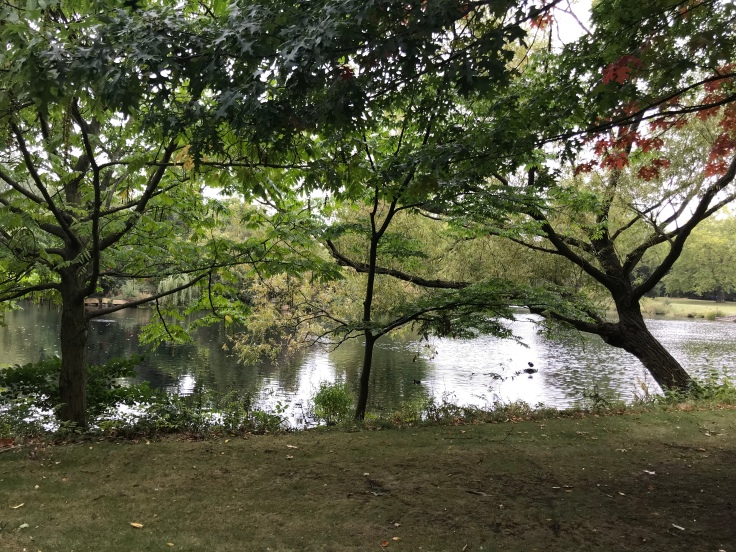
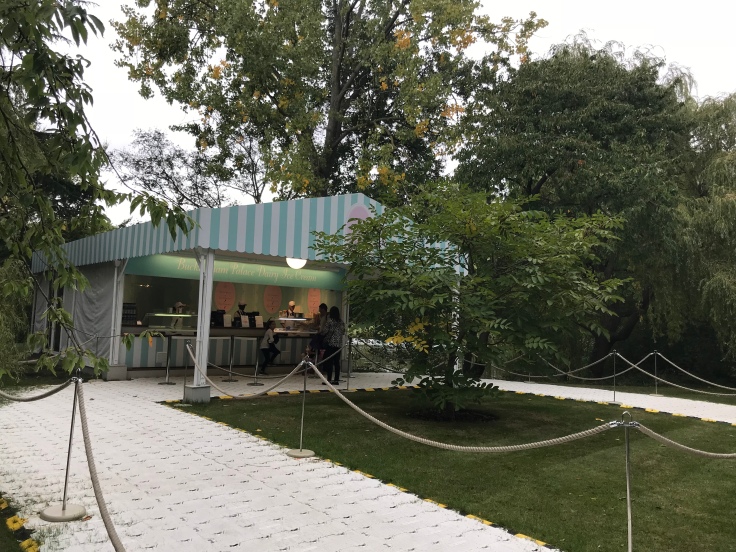

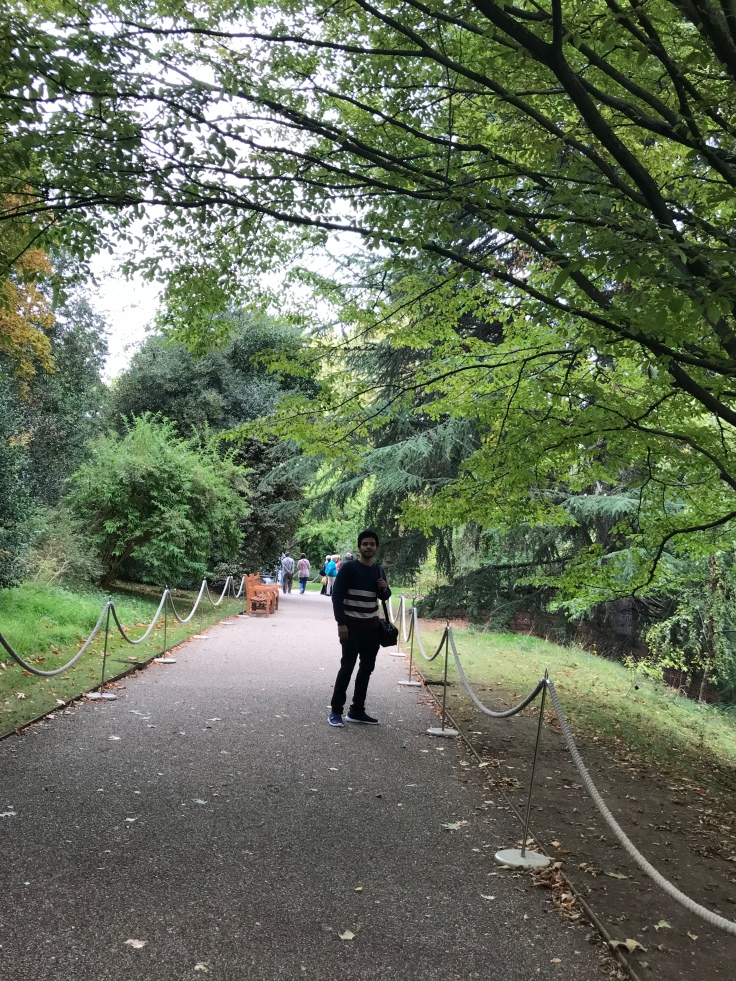
P. S. It must be mentioned that although the State Rooms are open to public, photography is not permitted inside the Palace.
However, one can click pictures once outside the Palace interiors, in the Palace Garden and in the Garden Cafe


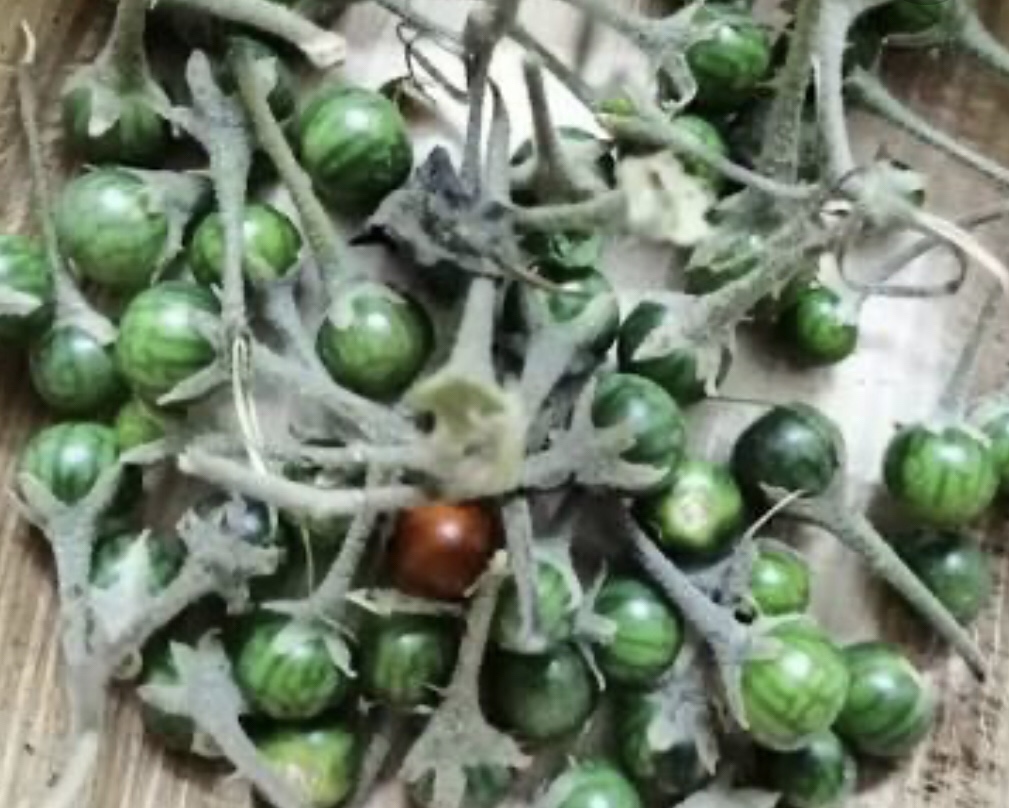
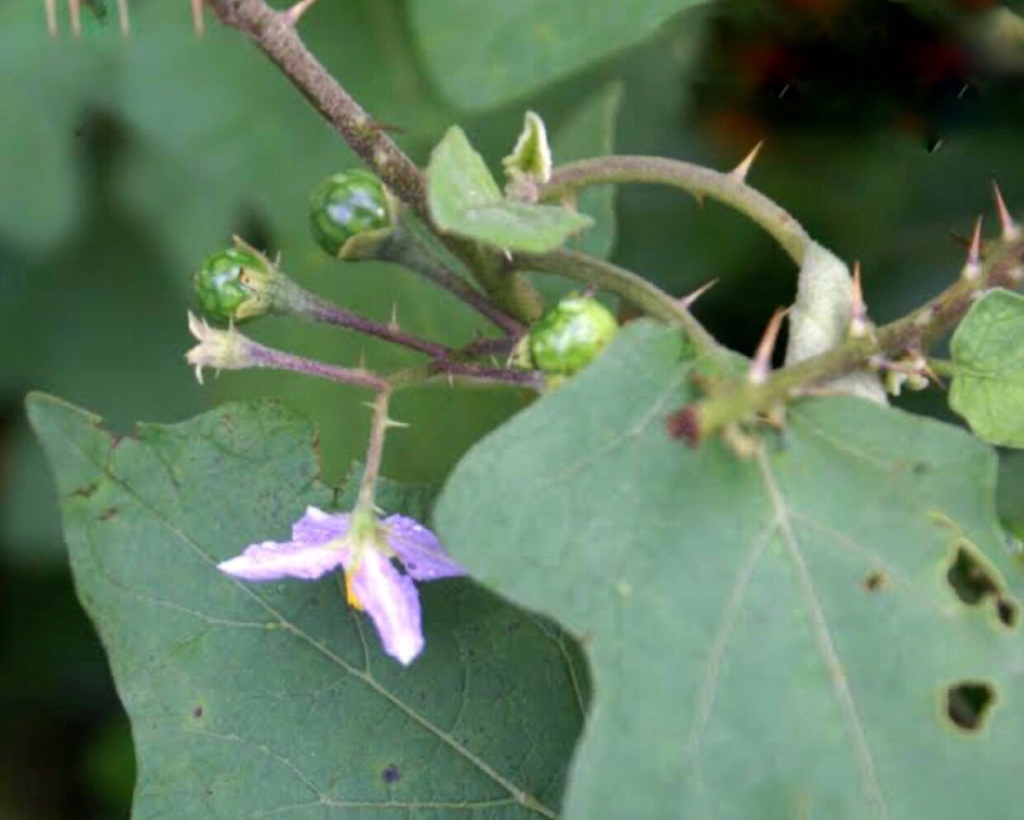








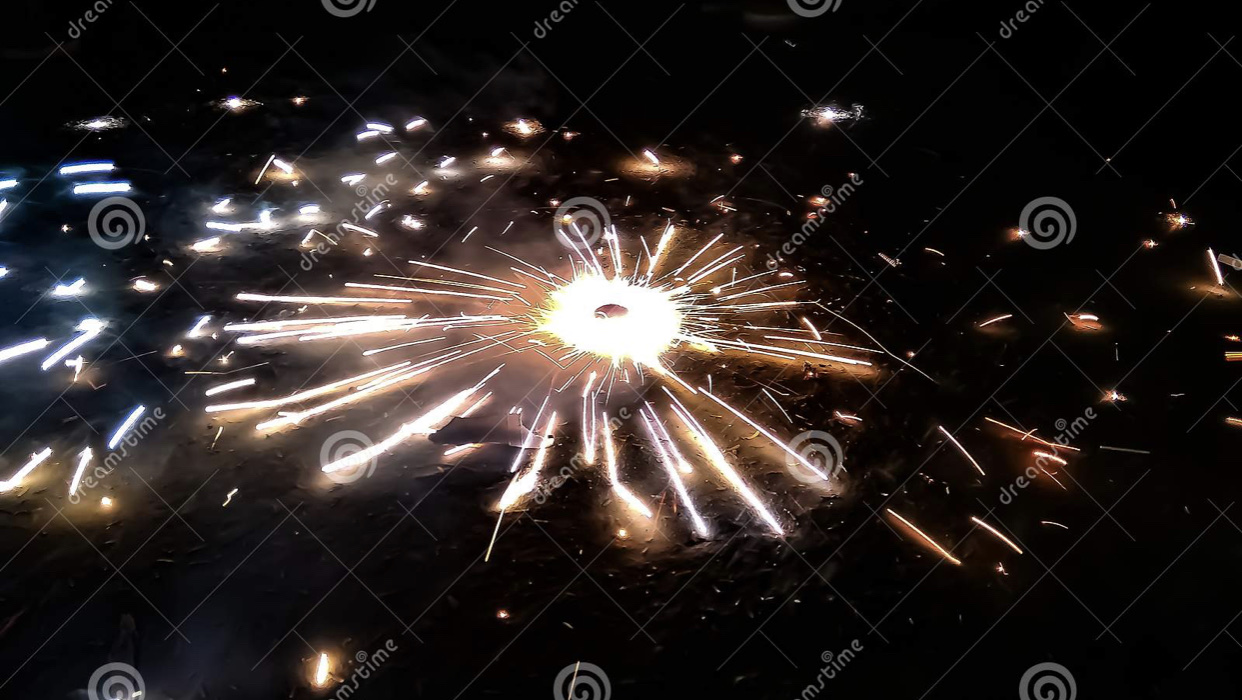

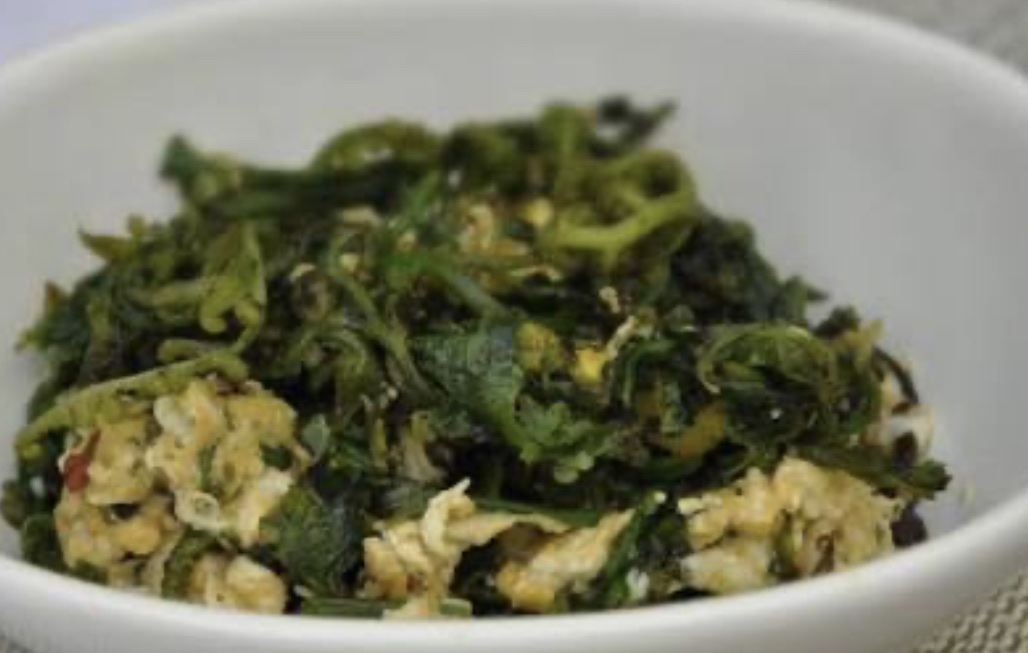


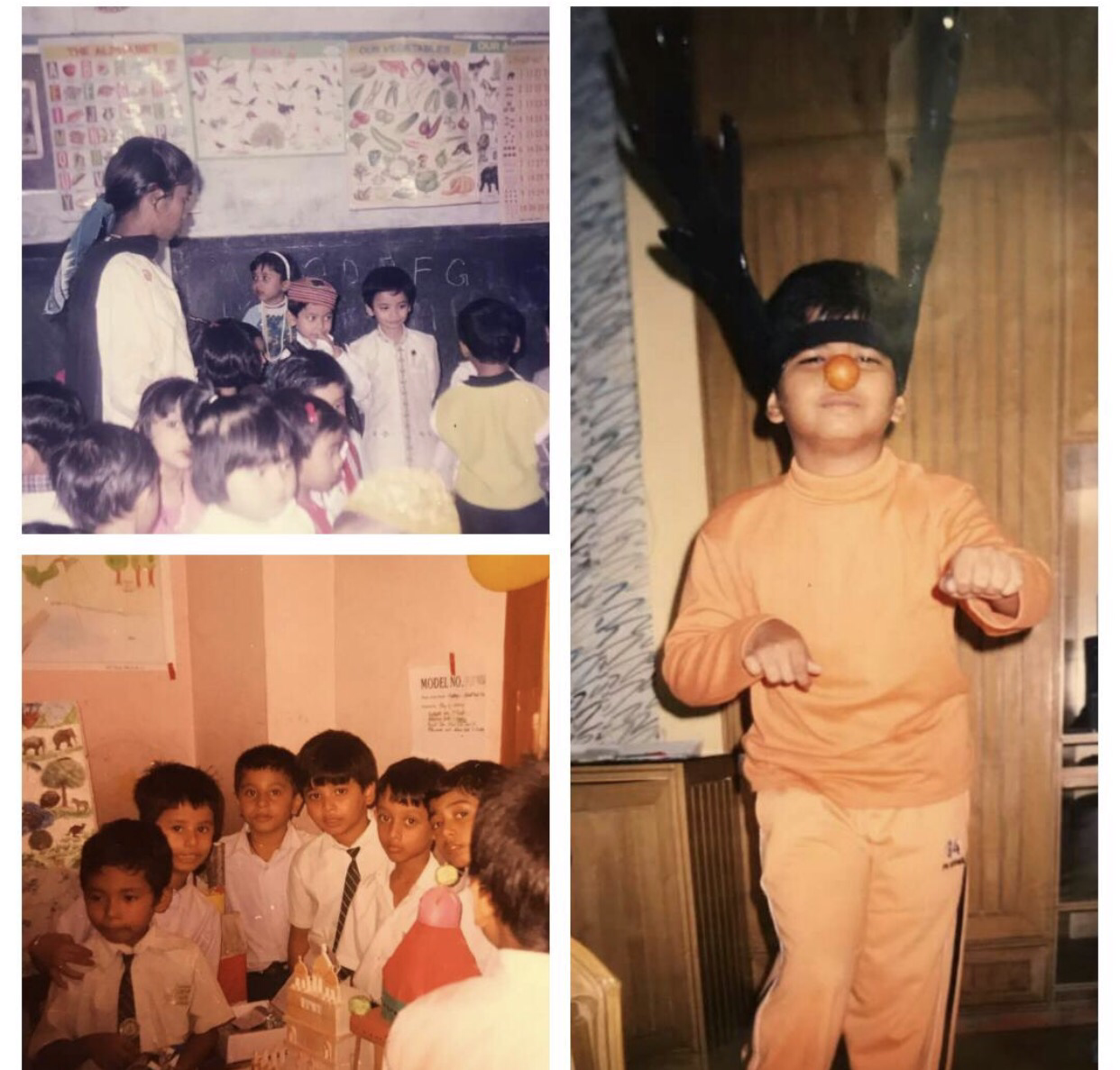
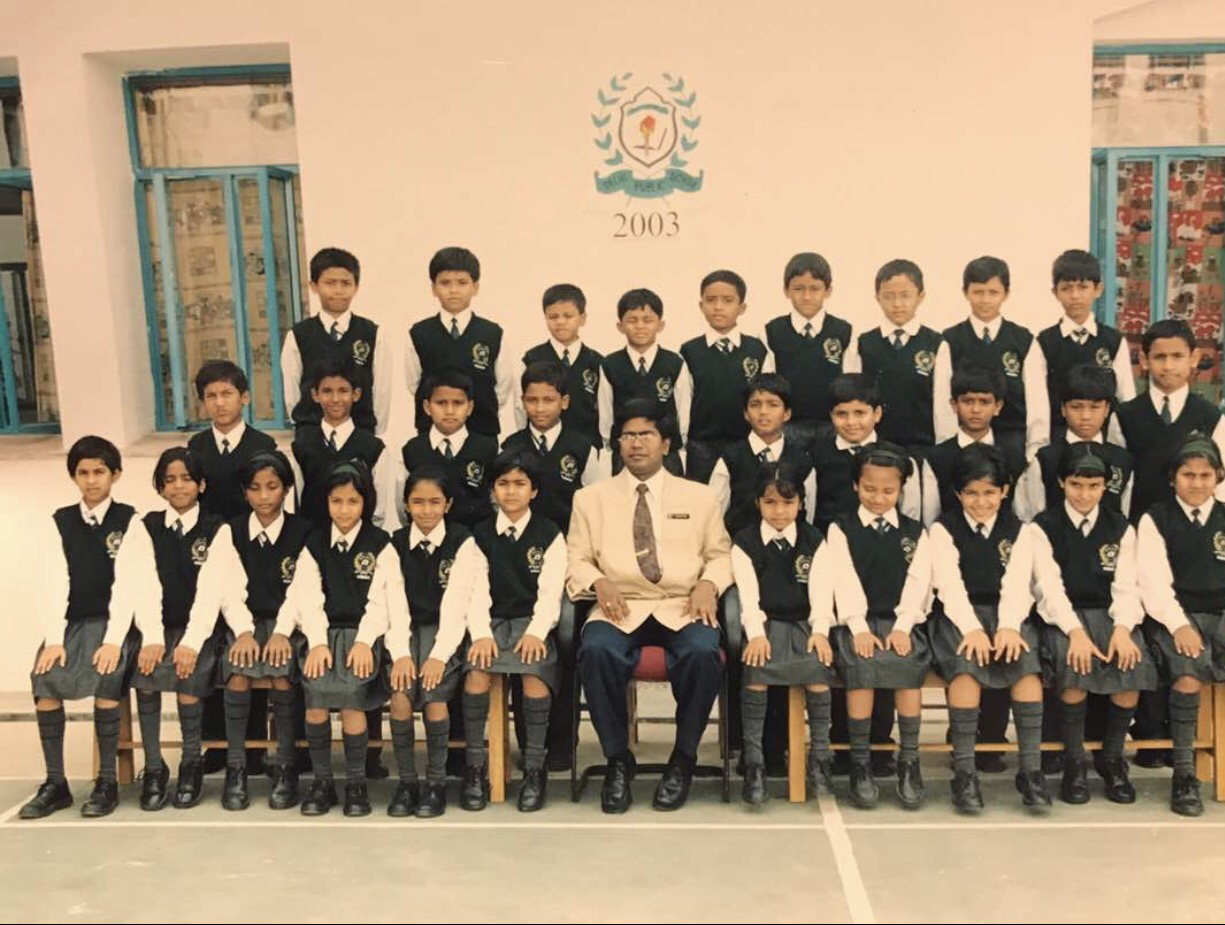
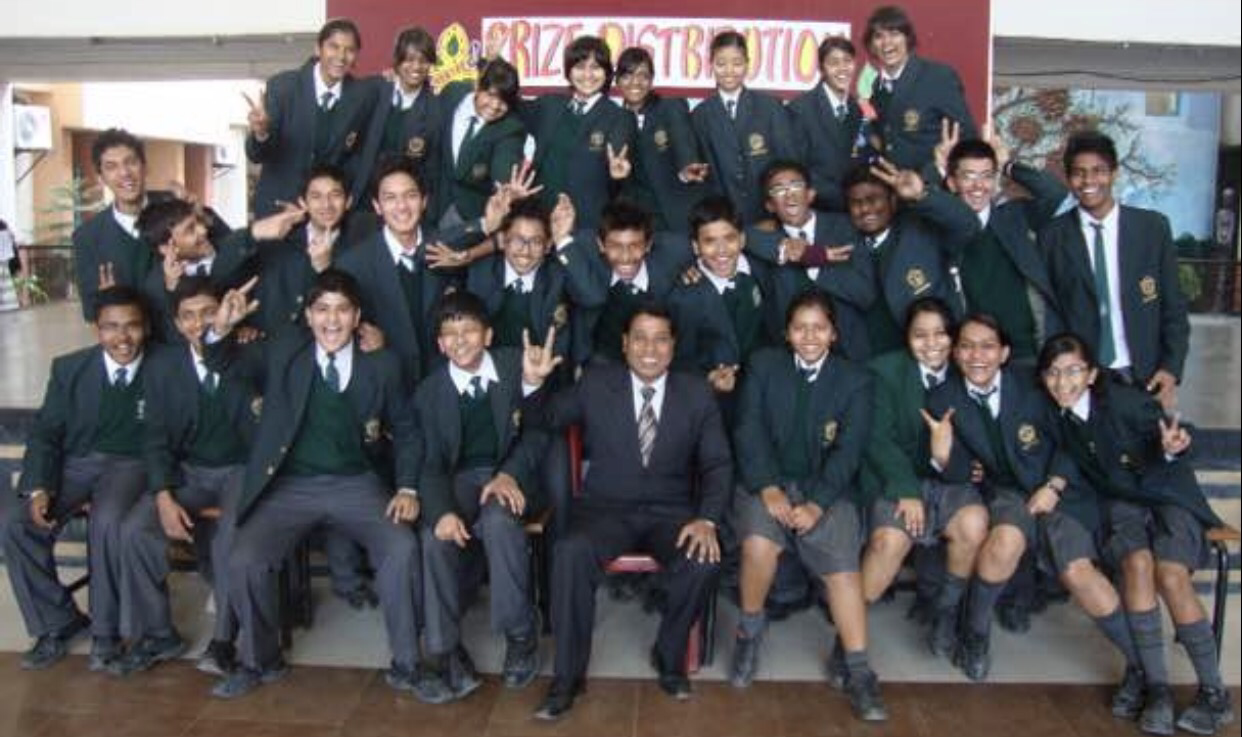
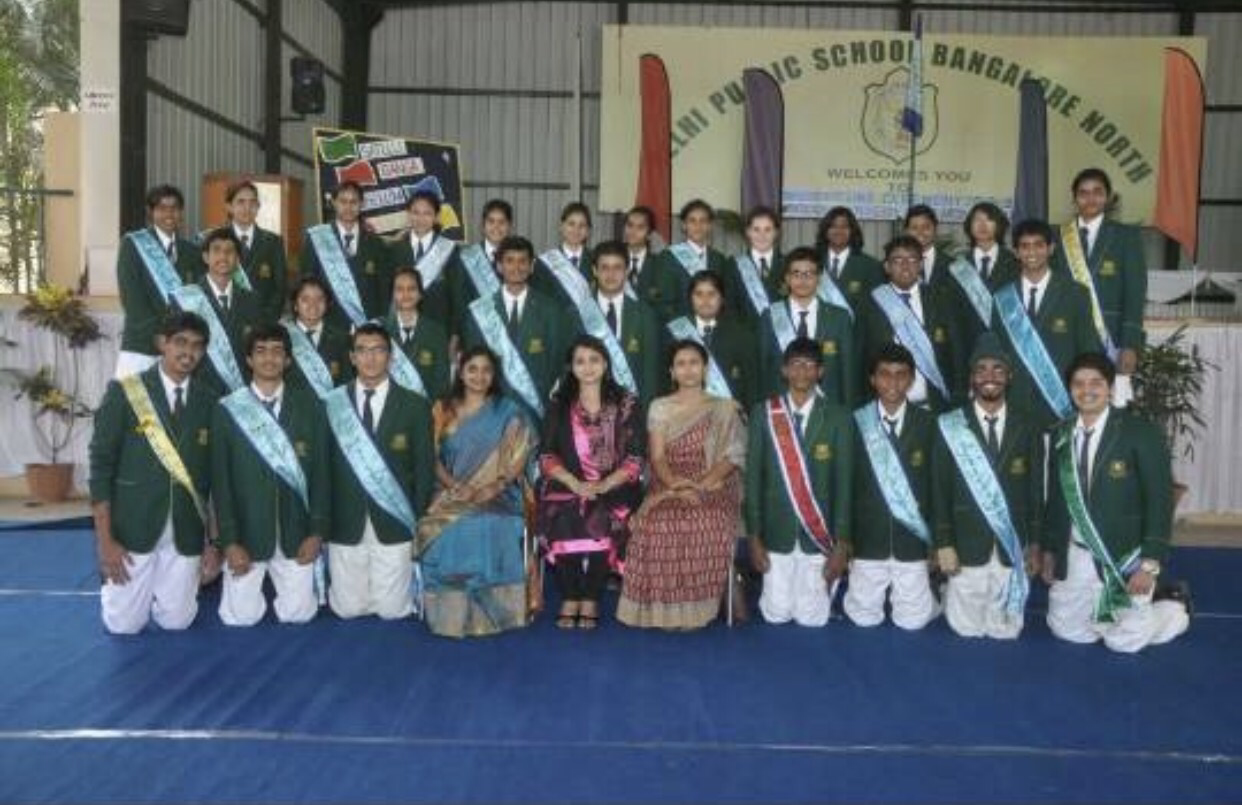





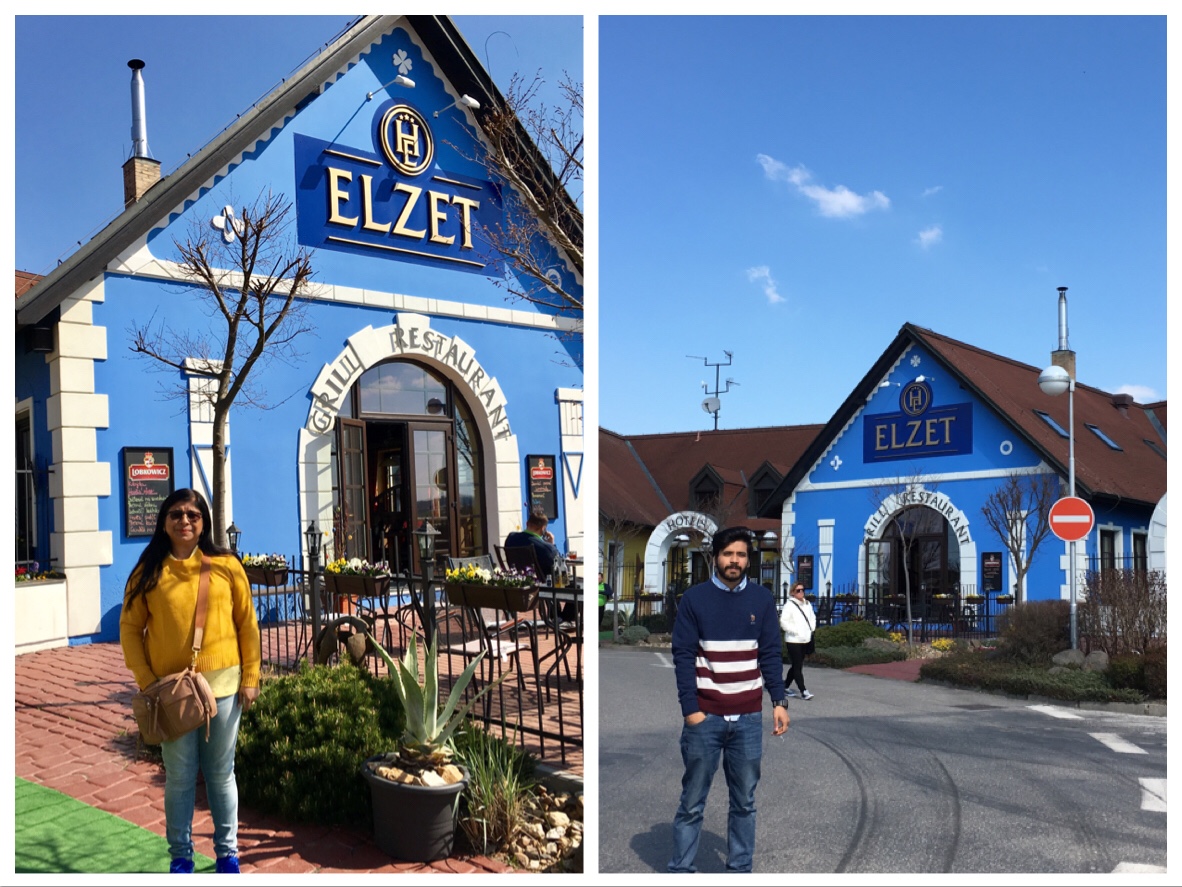


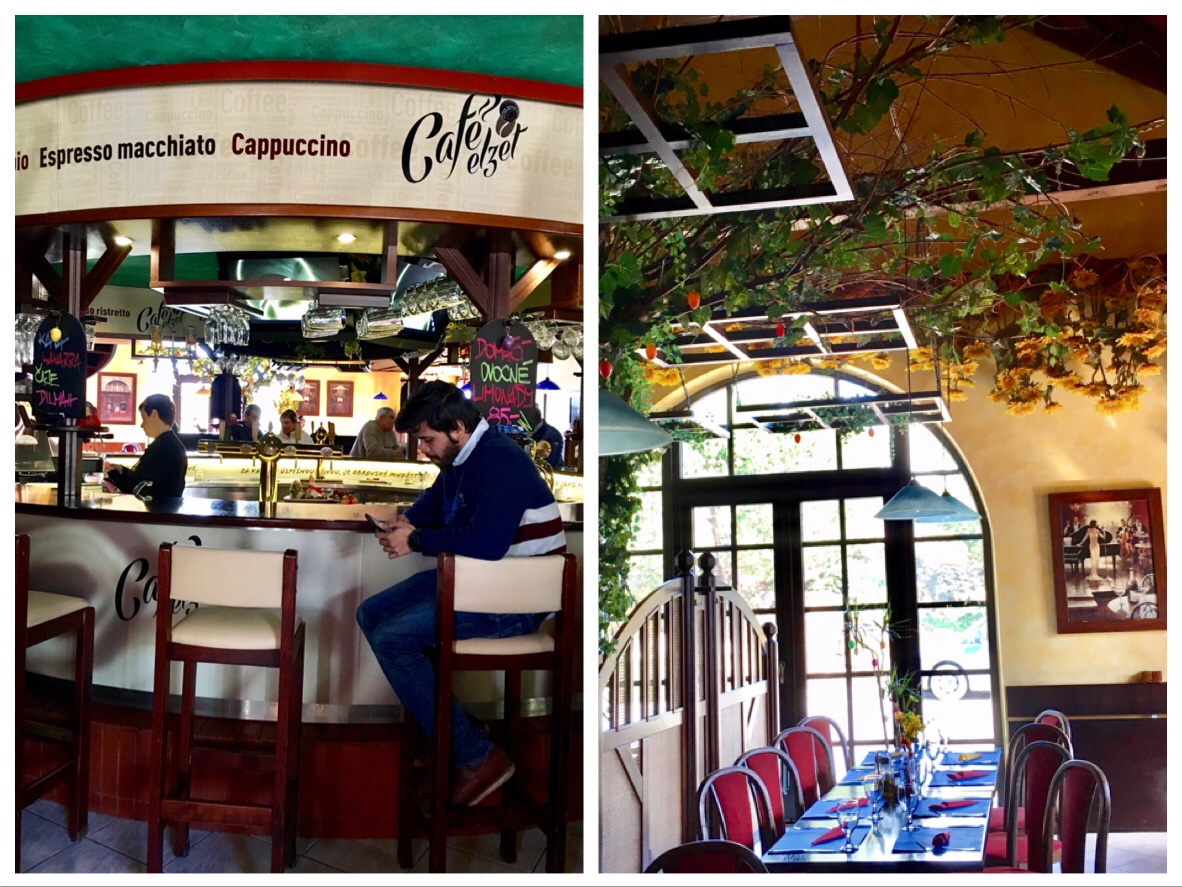 The café was as beautiful from the outside as it was from the inside.
The café was as beautiful from the outside as it was from the inside.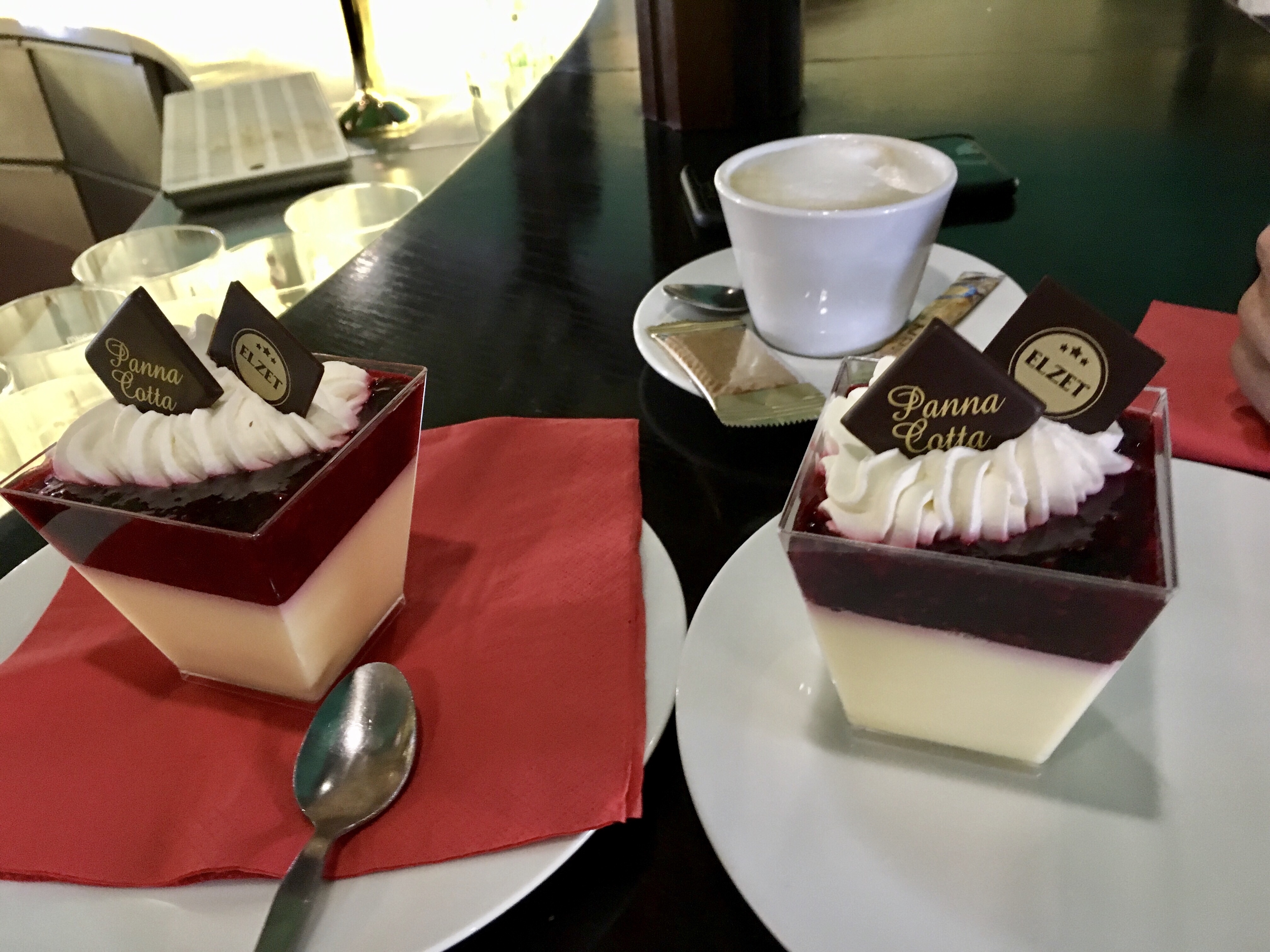
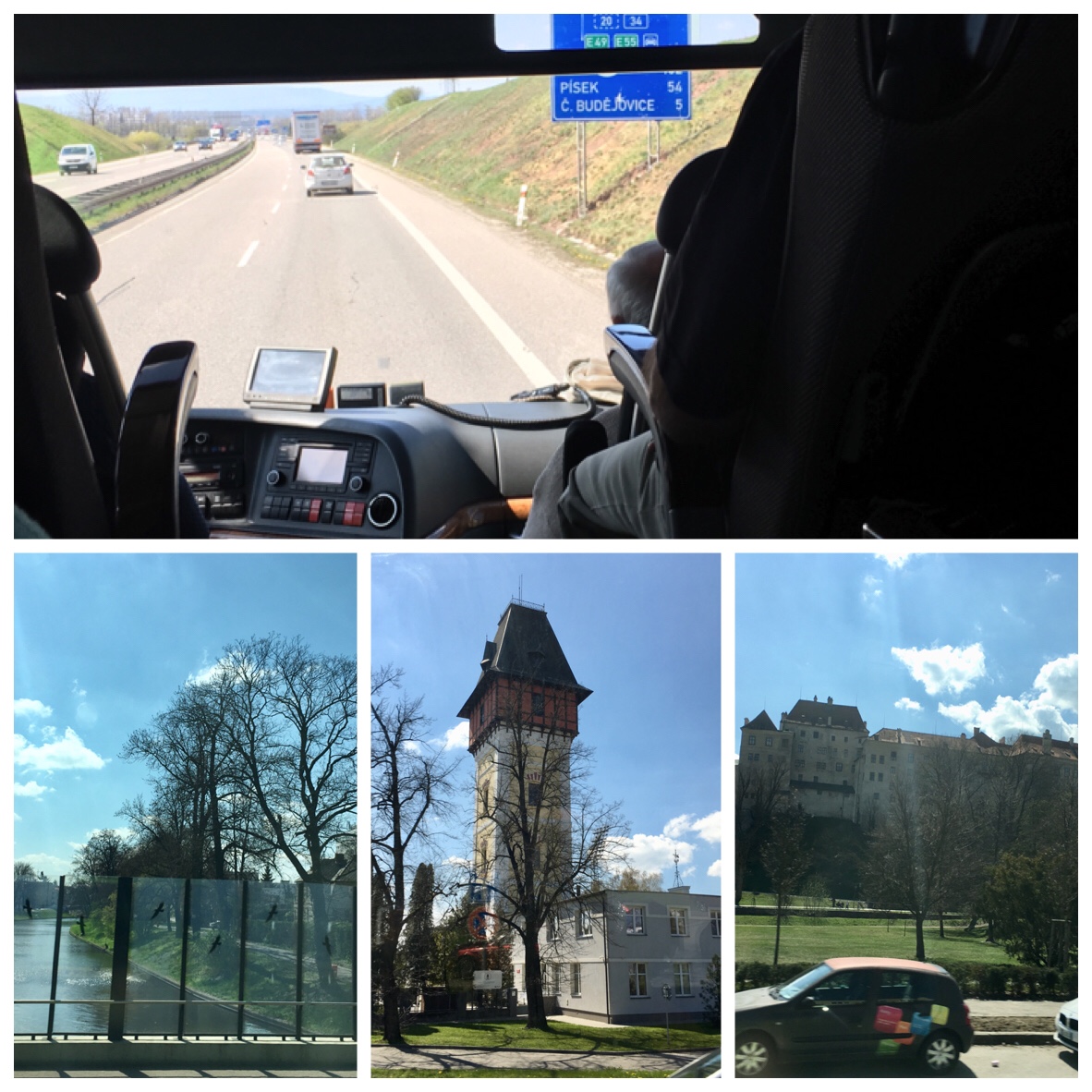















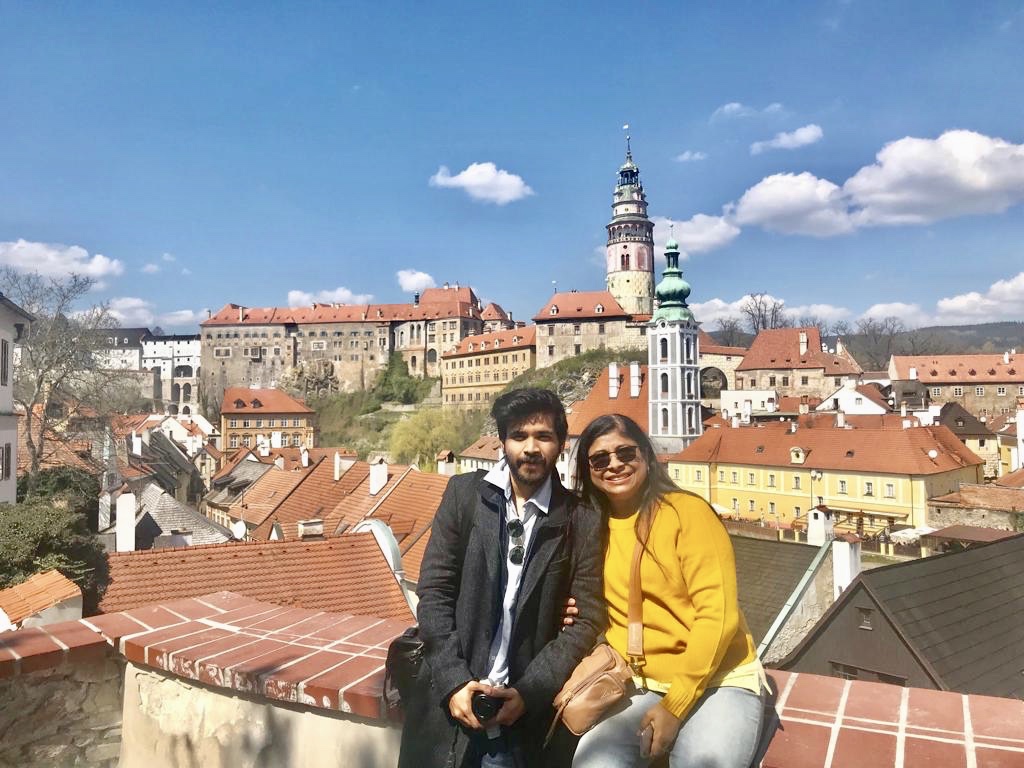



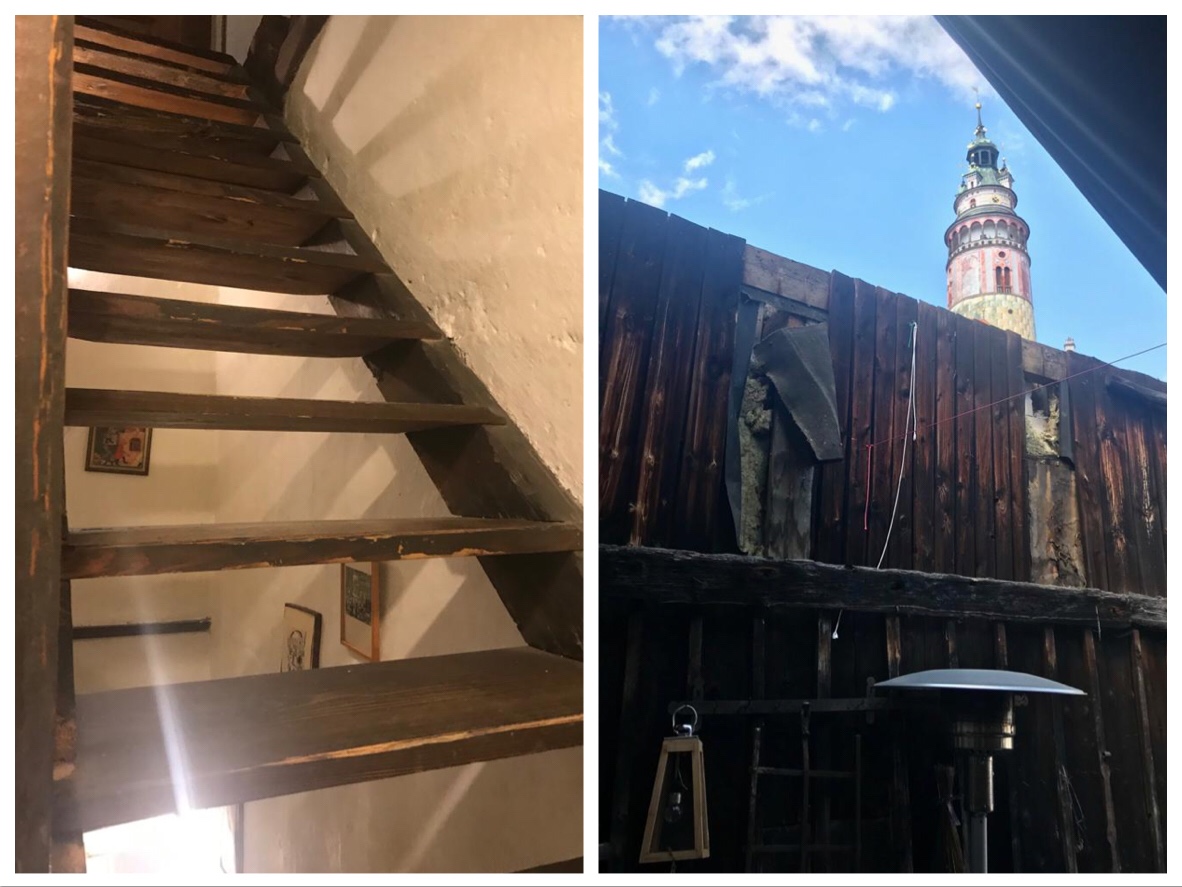








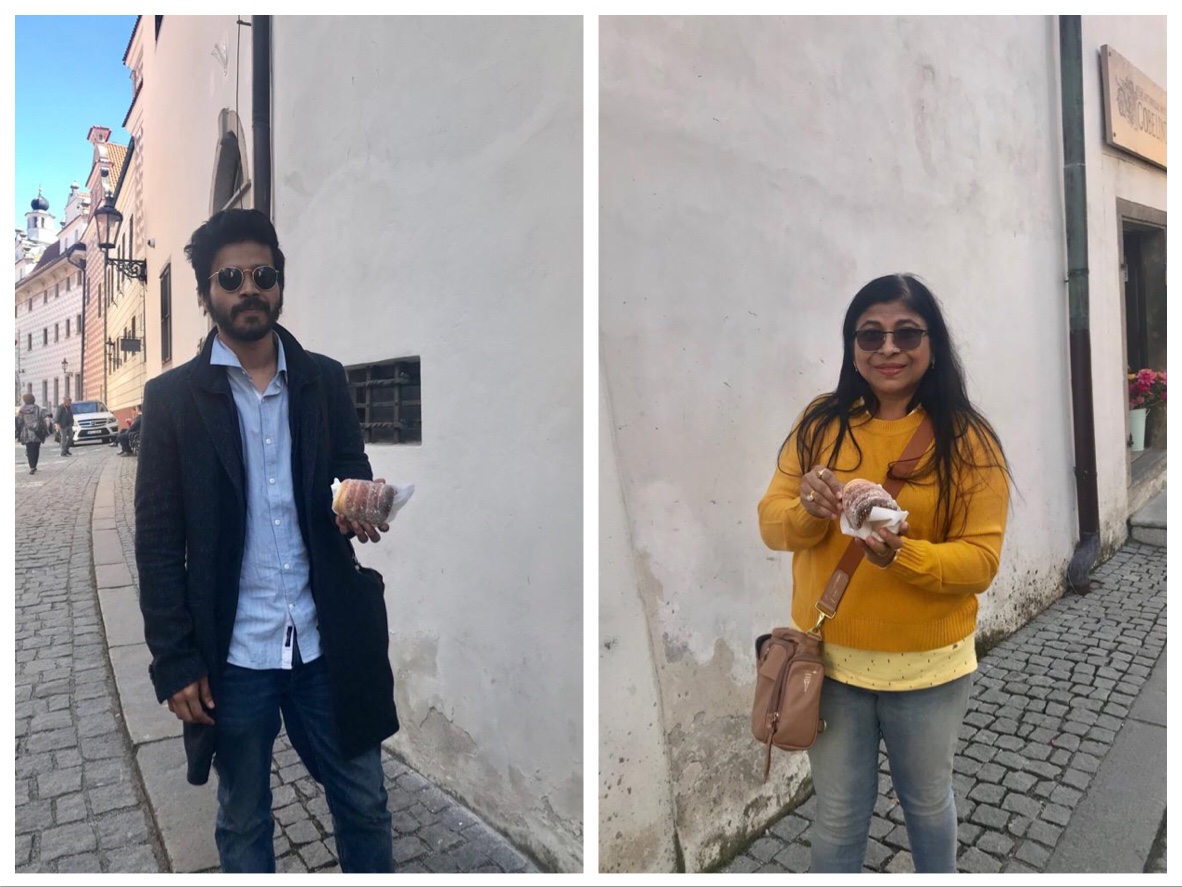
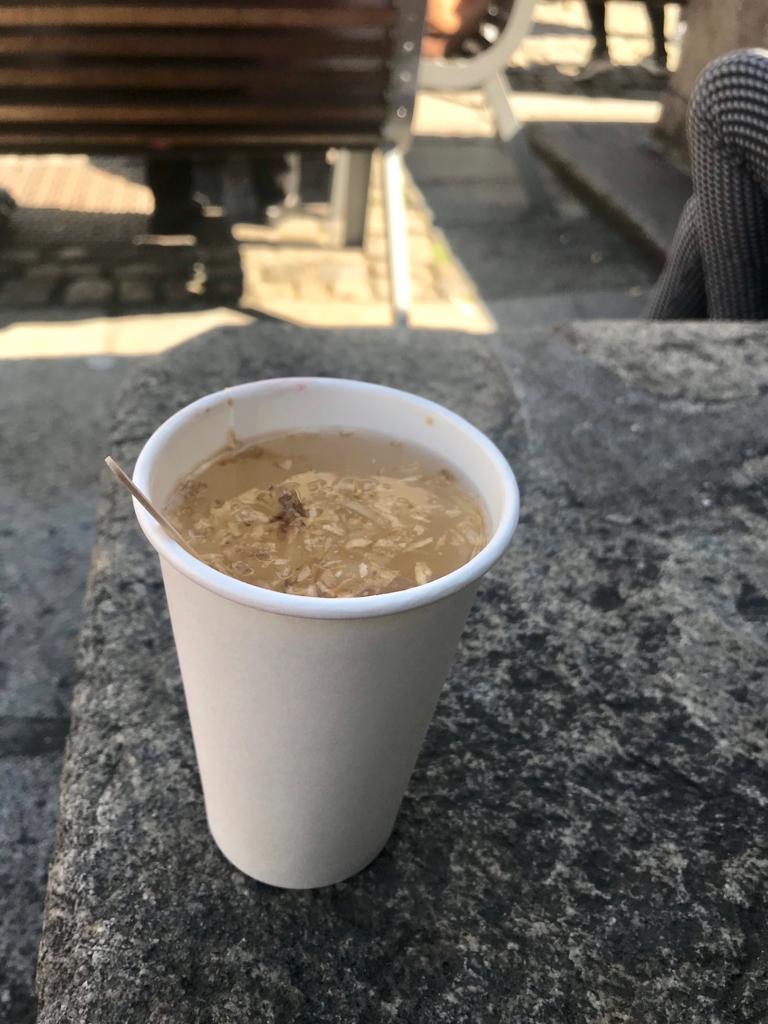

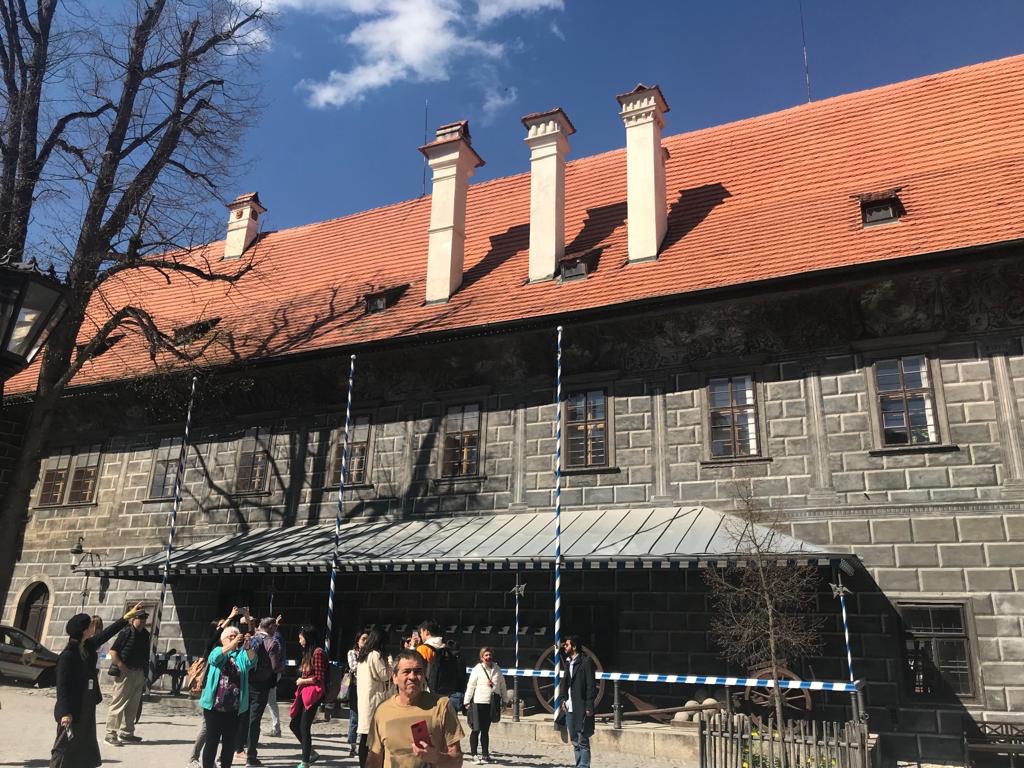
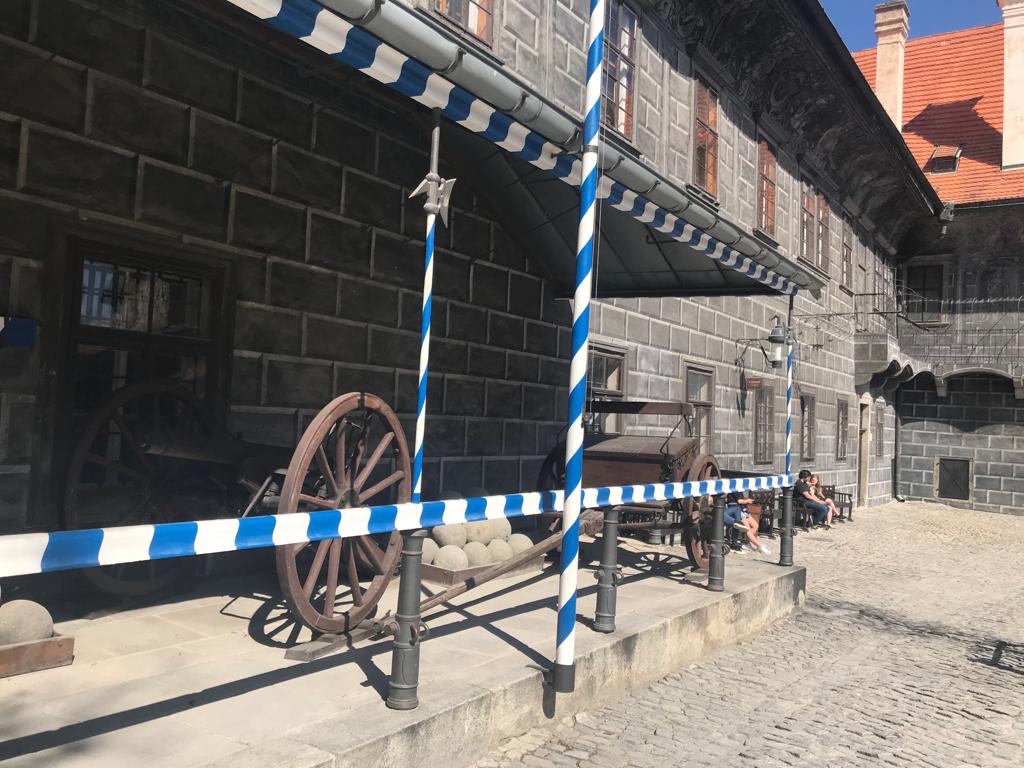

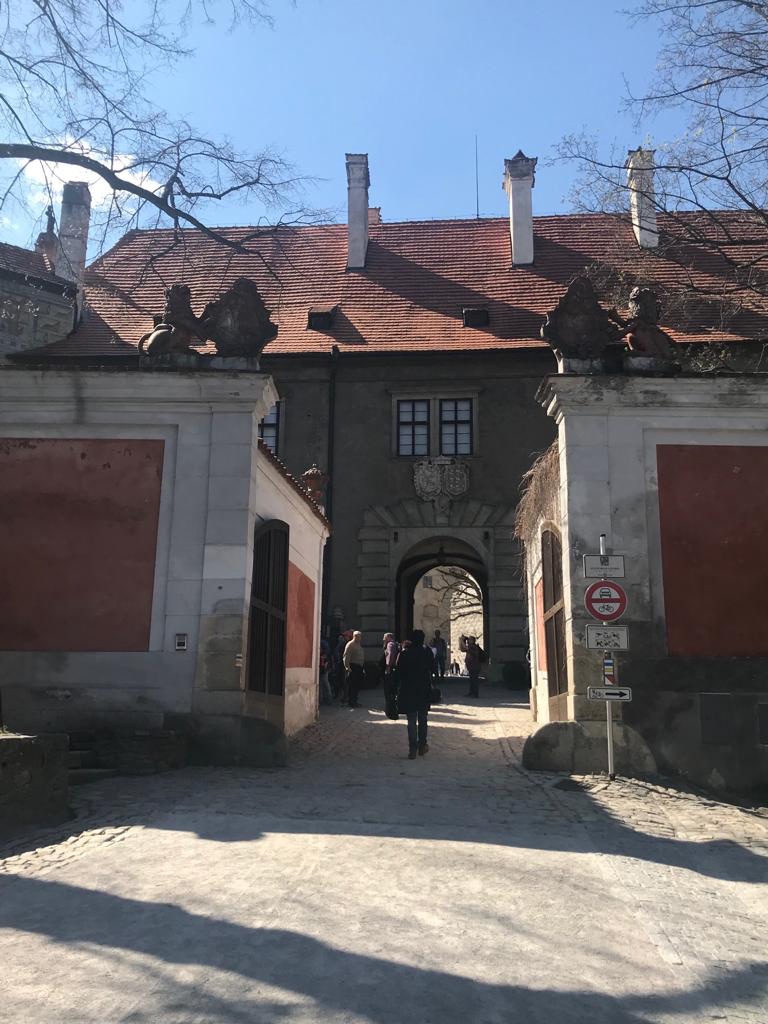







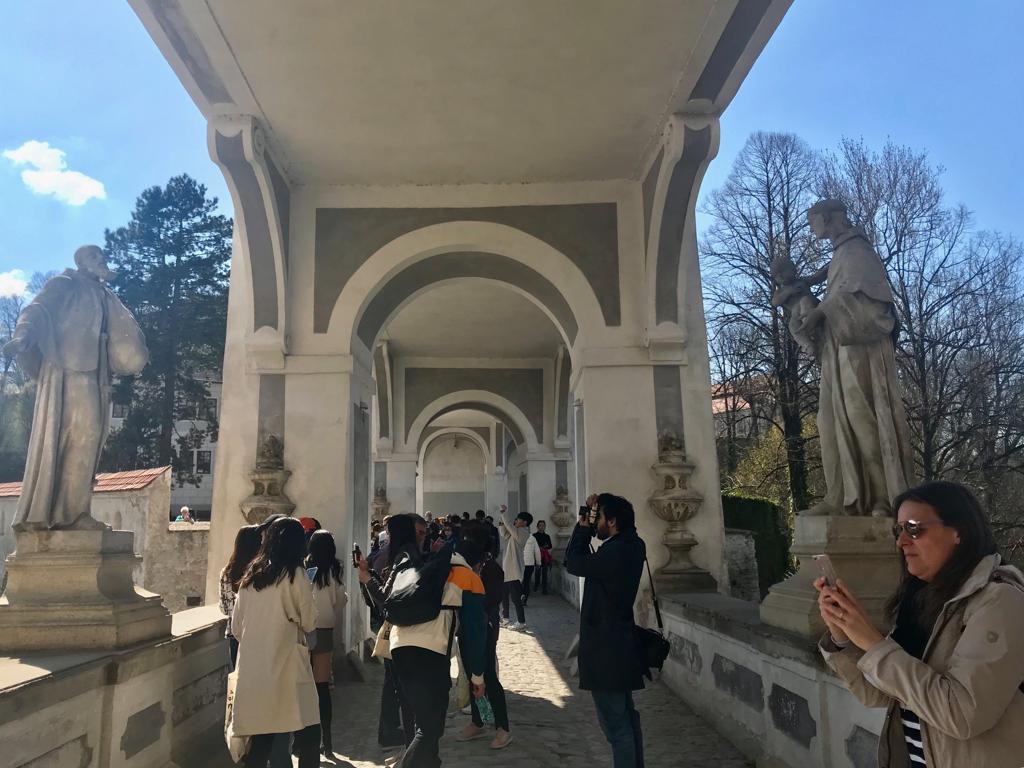


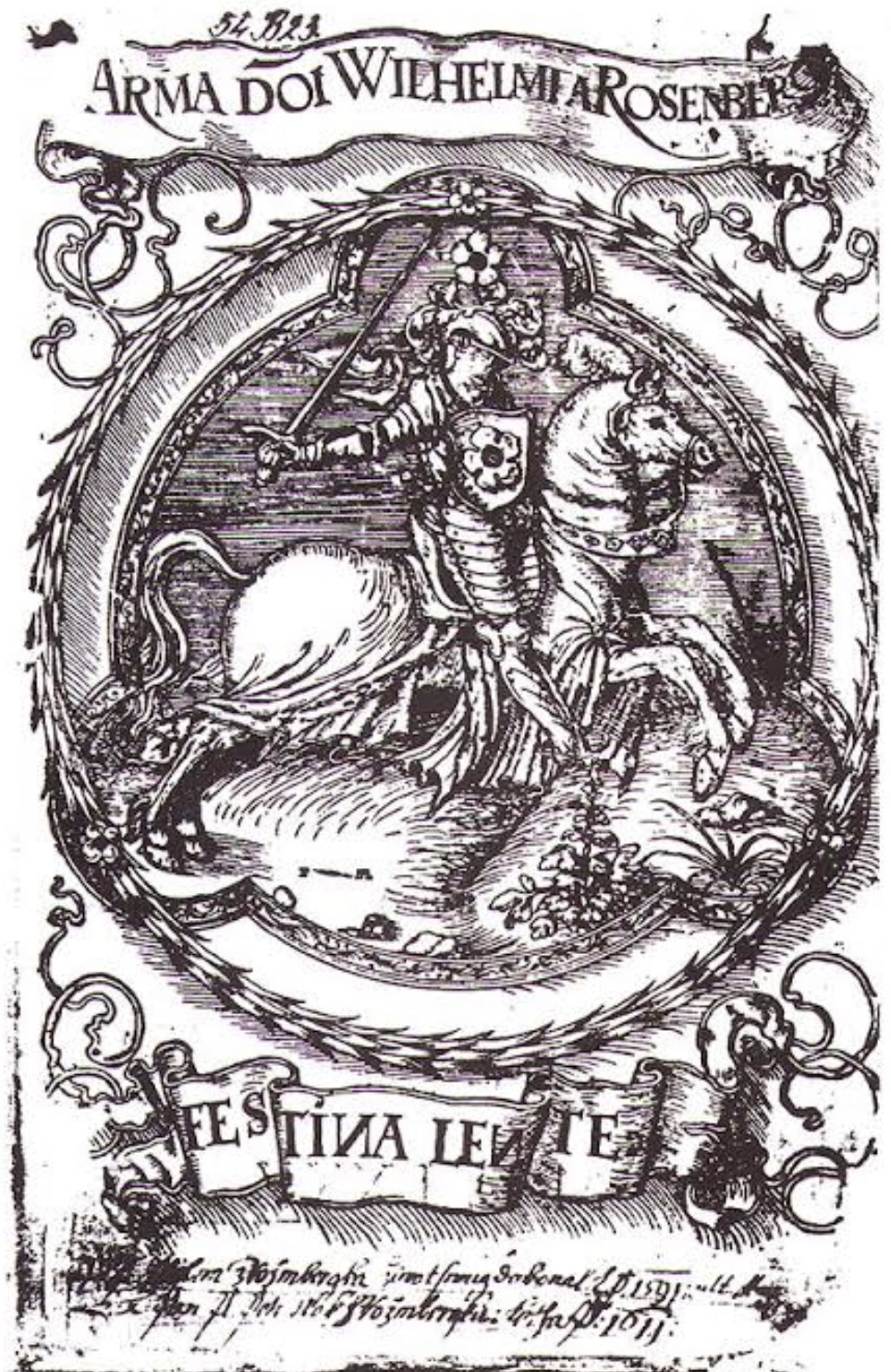









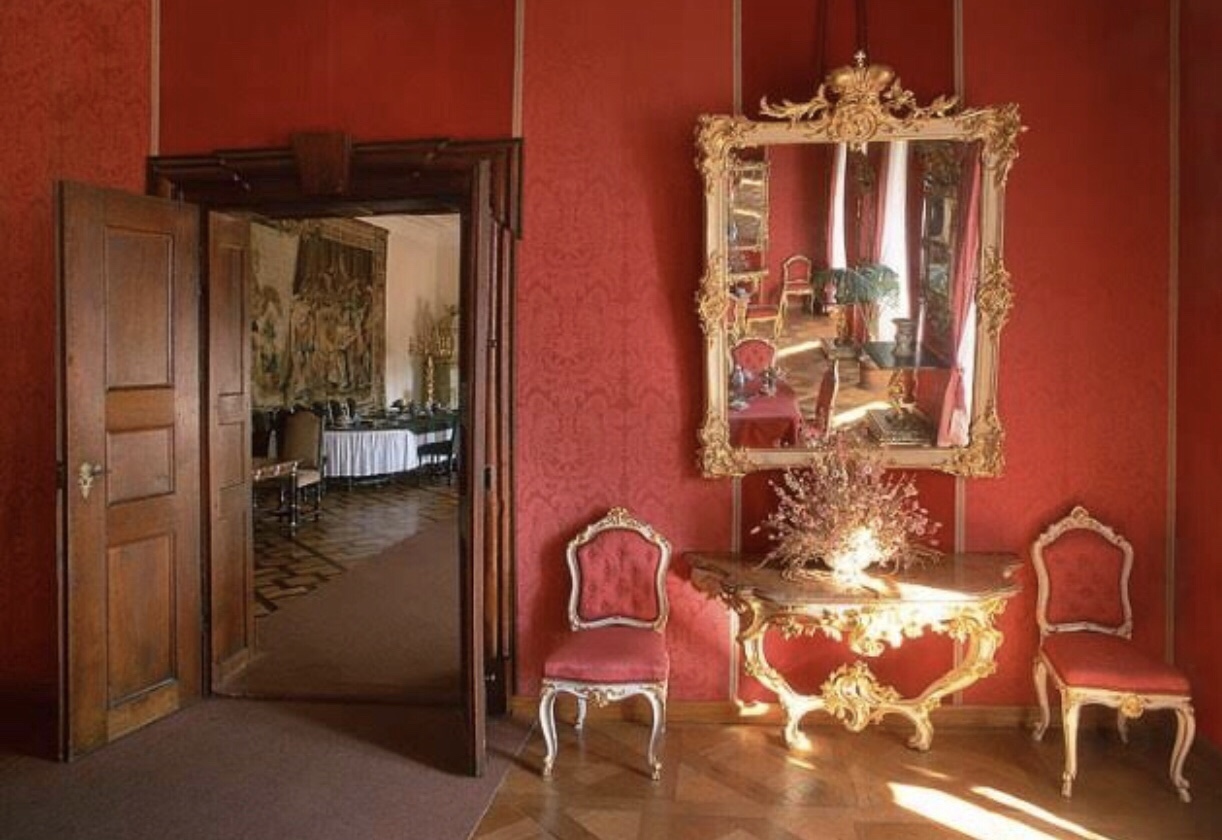








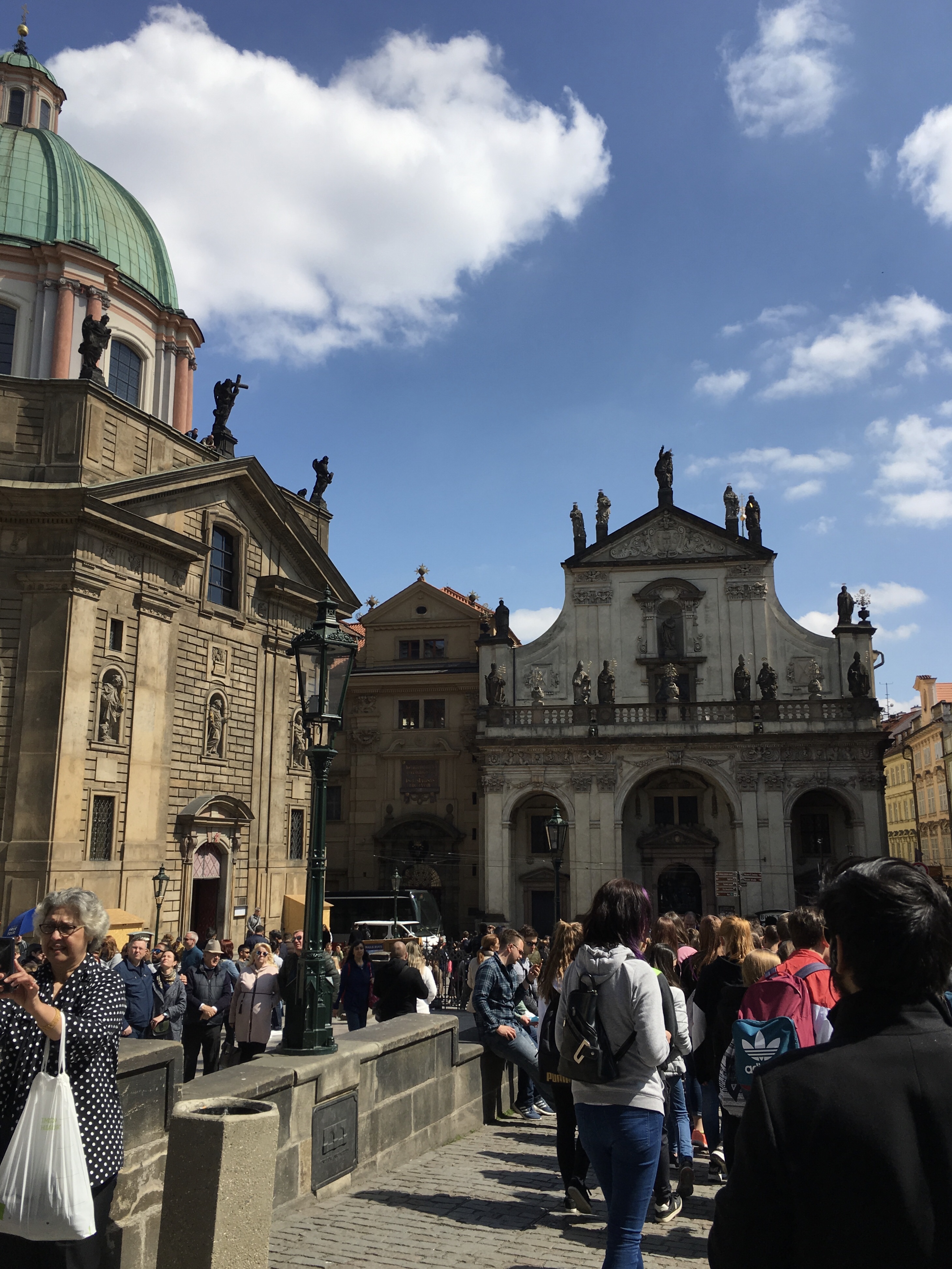

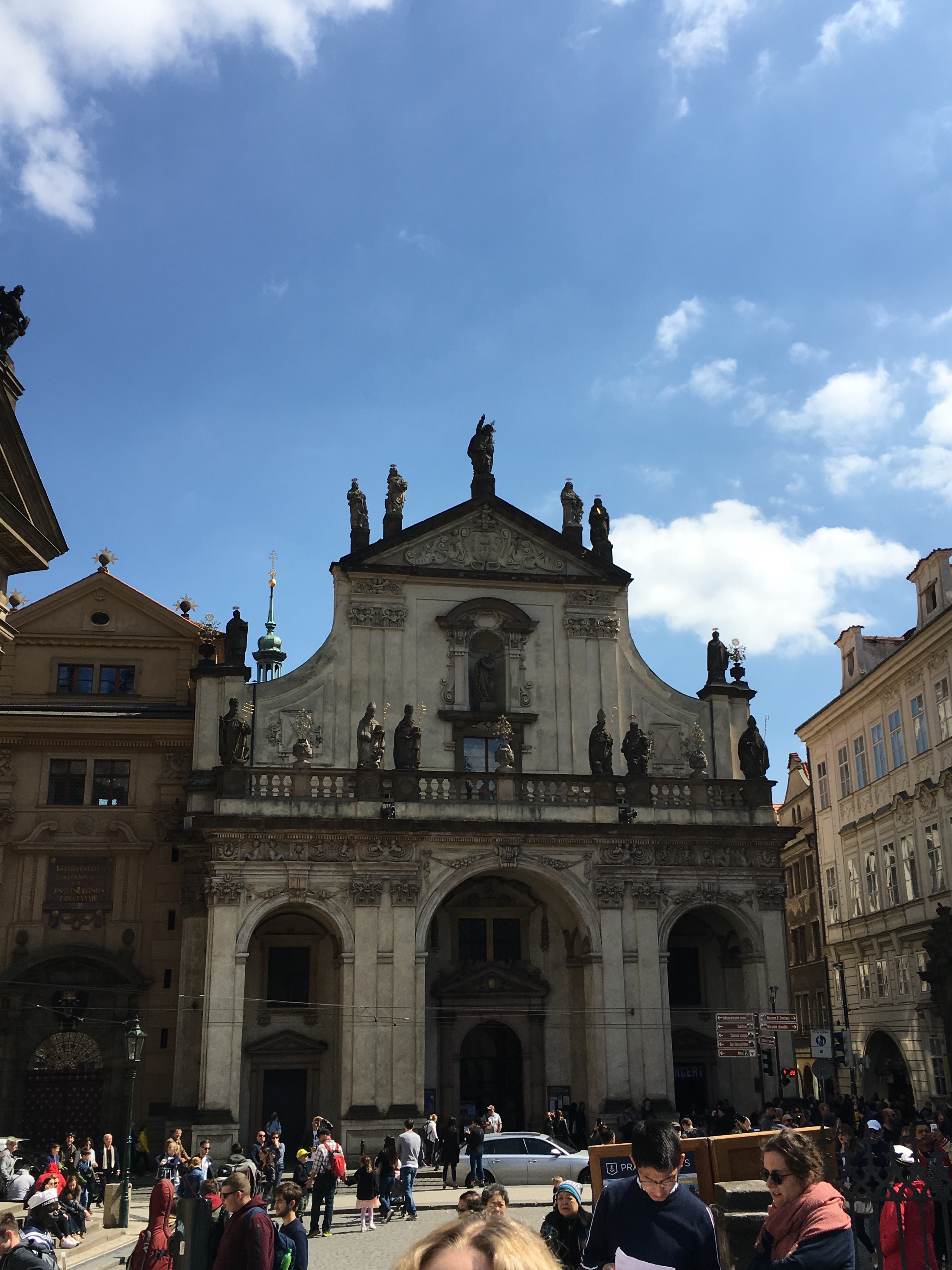




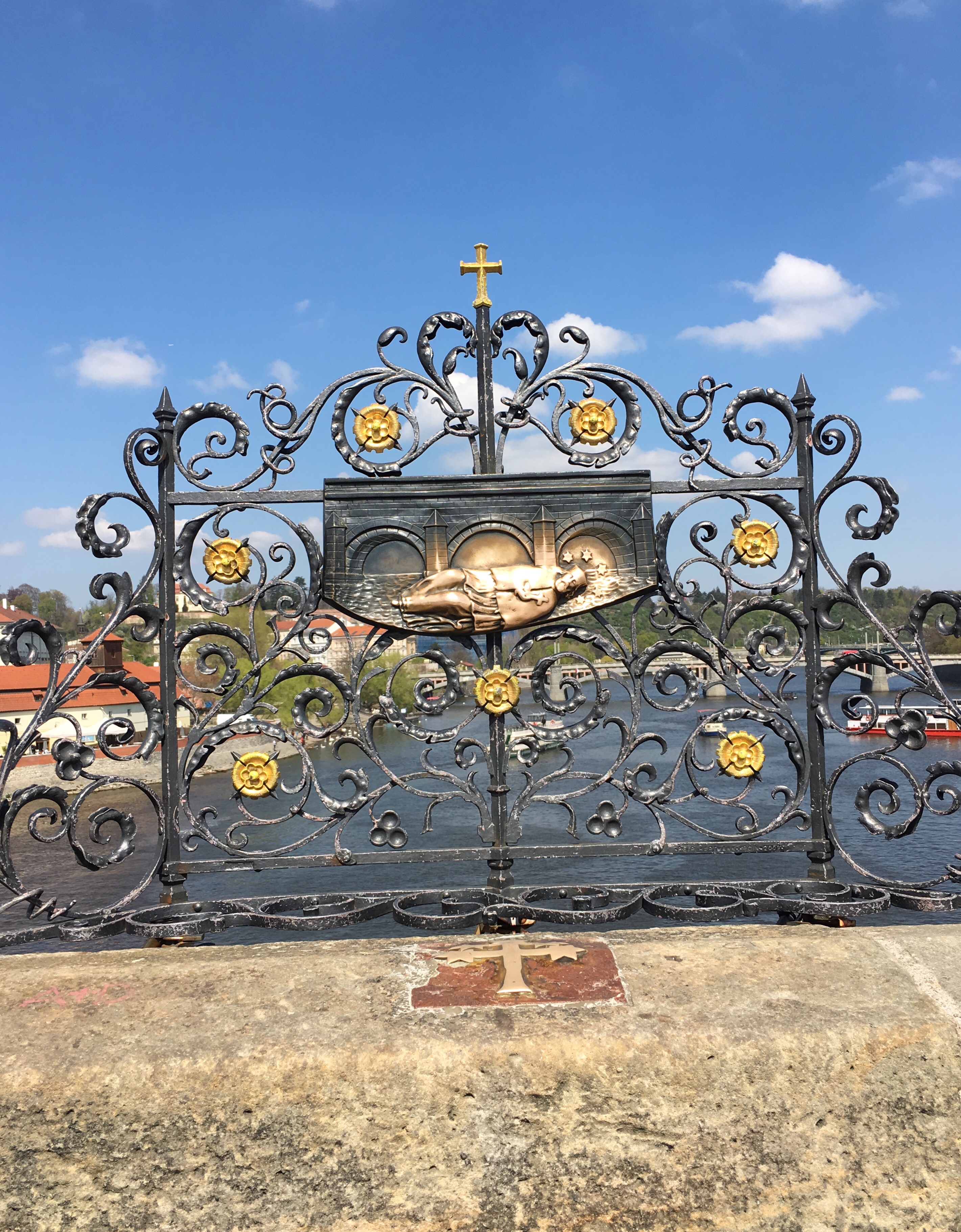







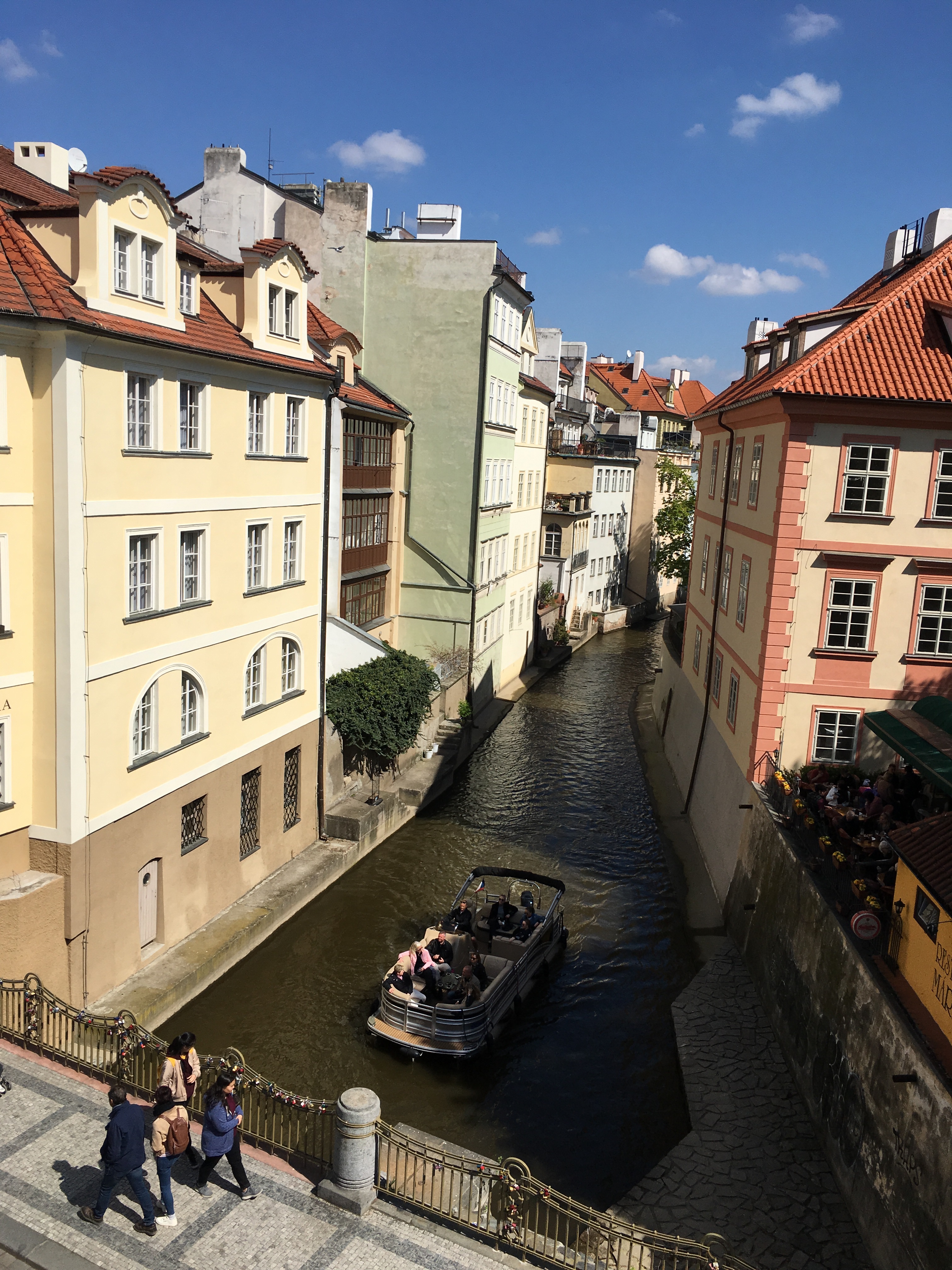



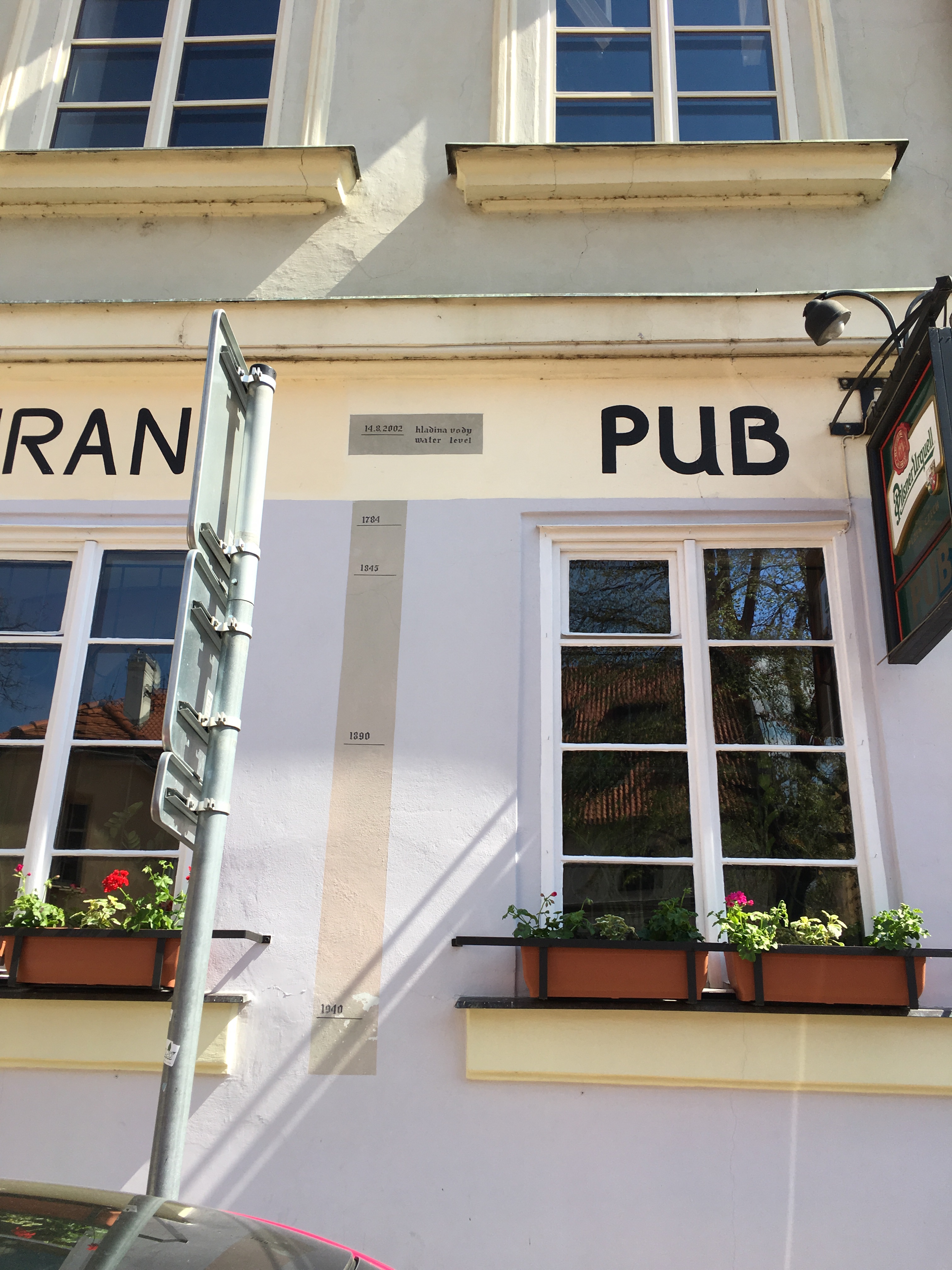
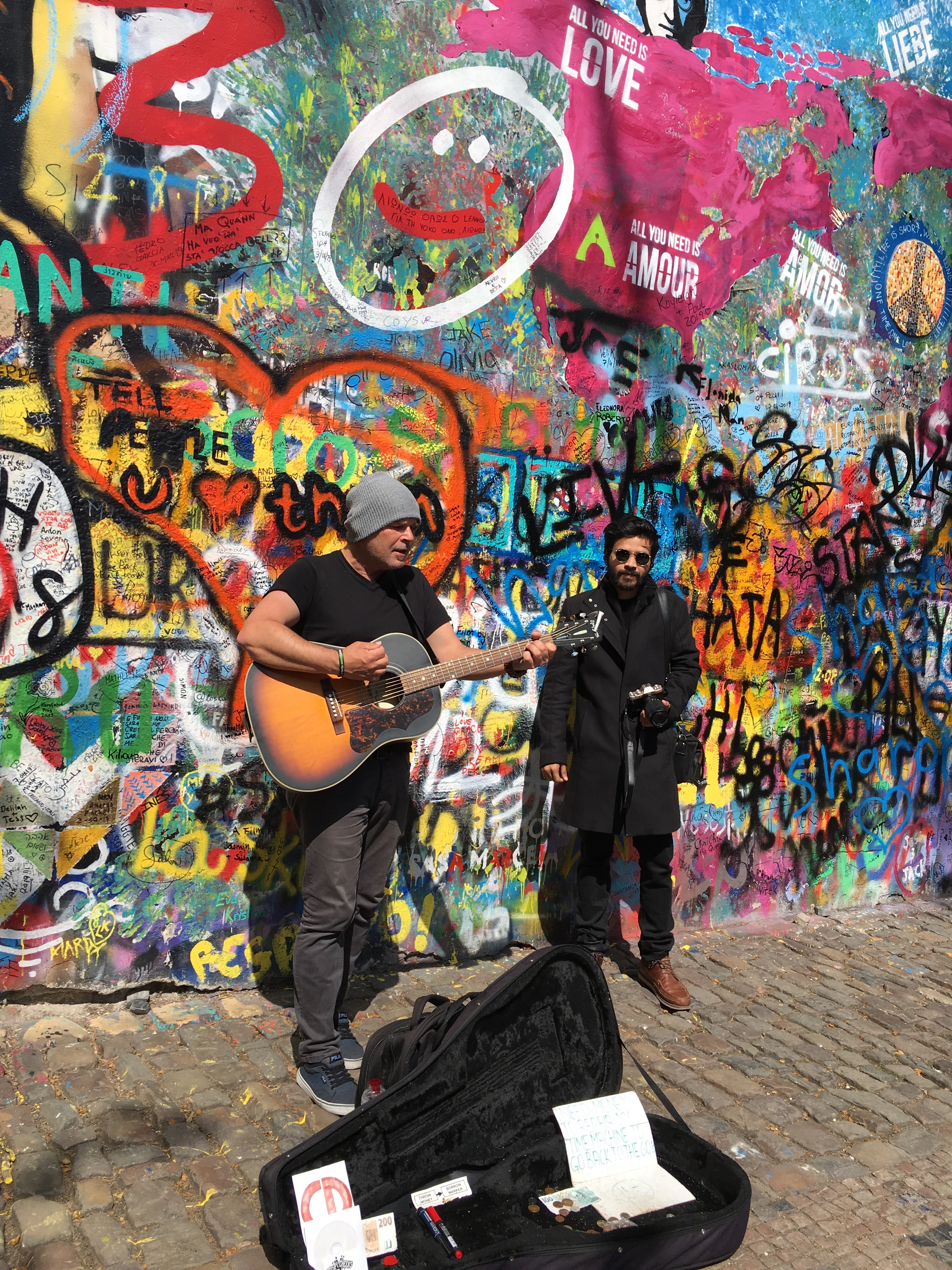








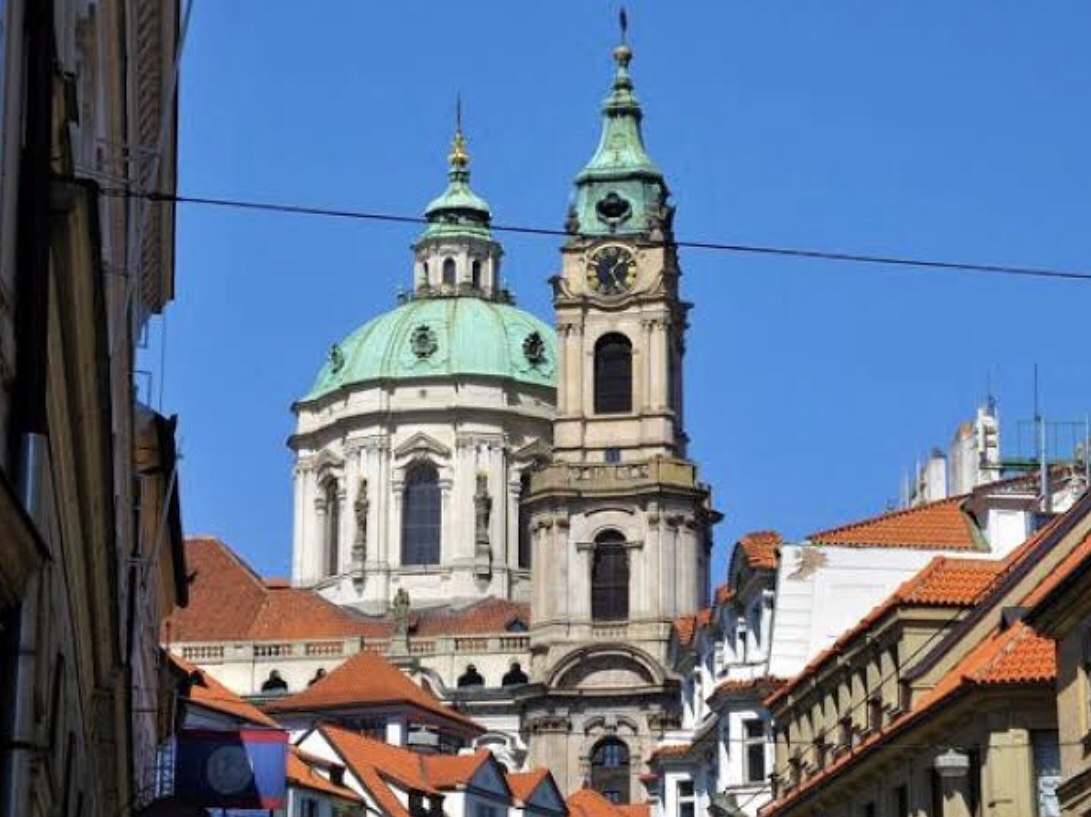


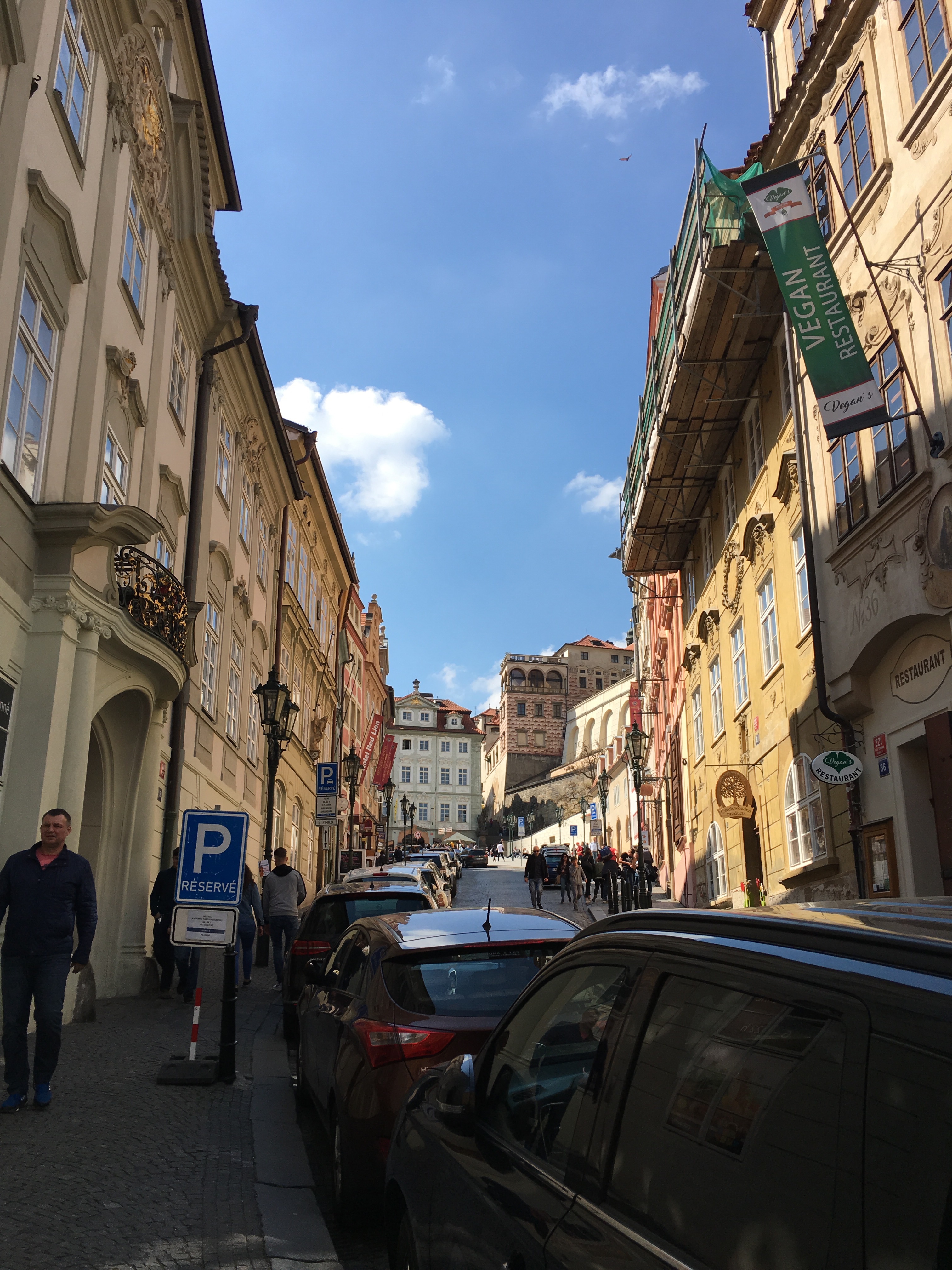
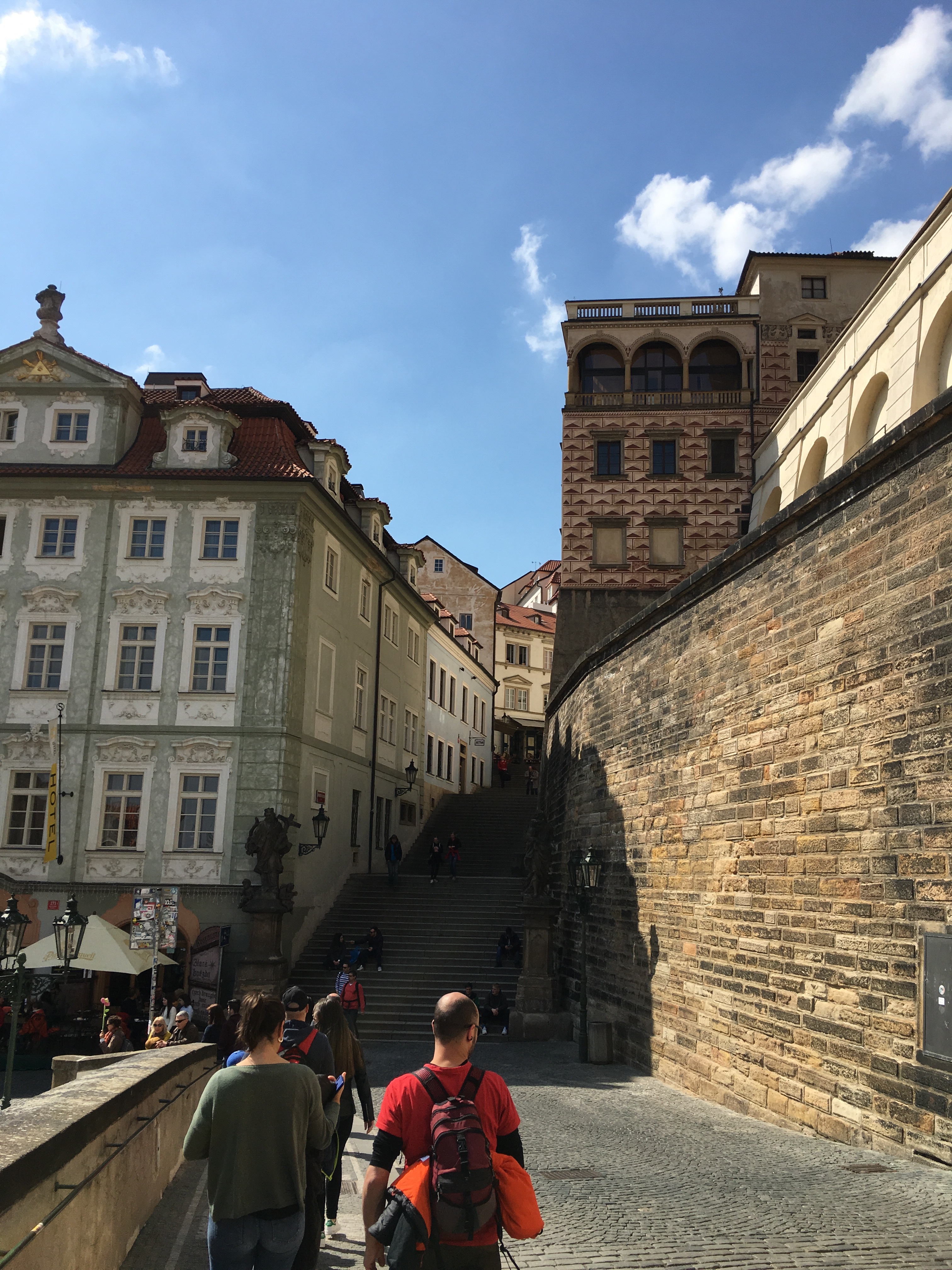


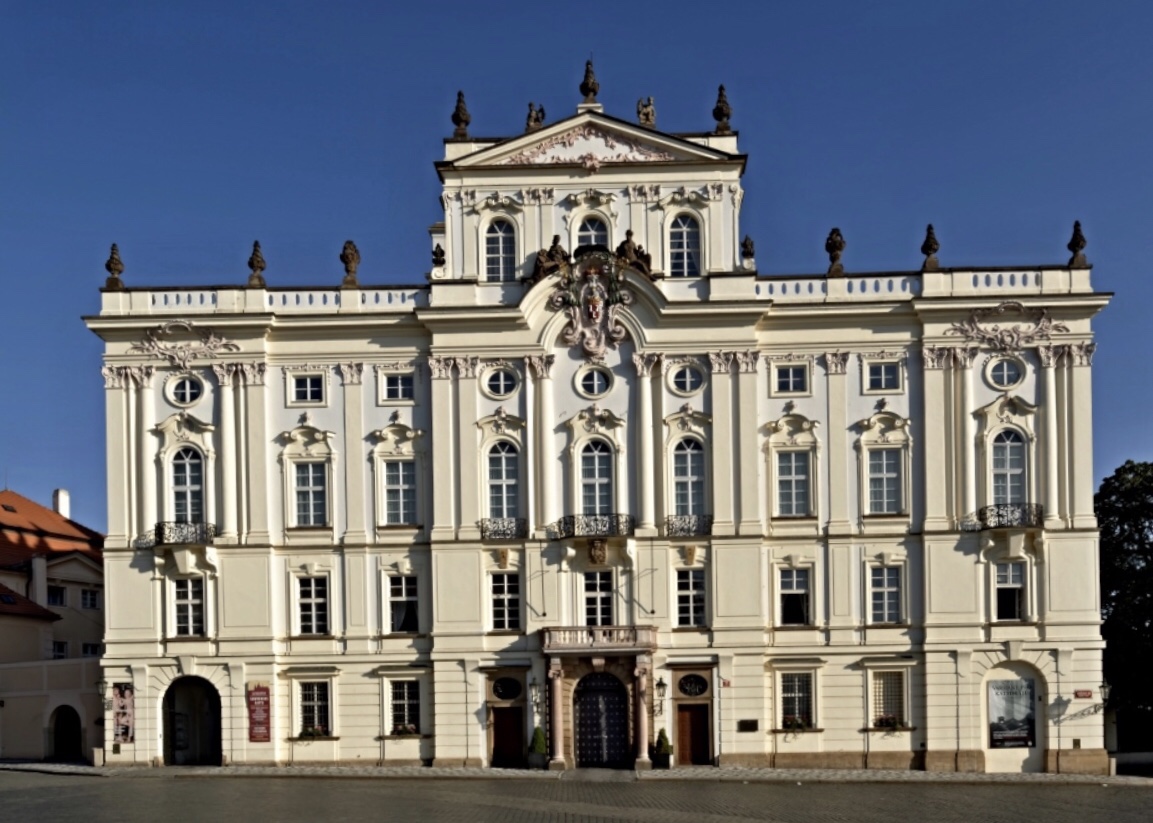





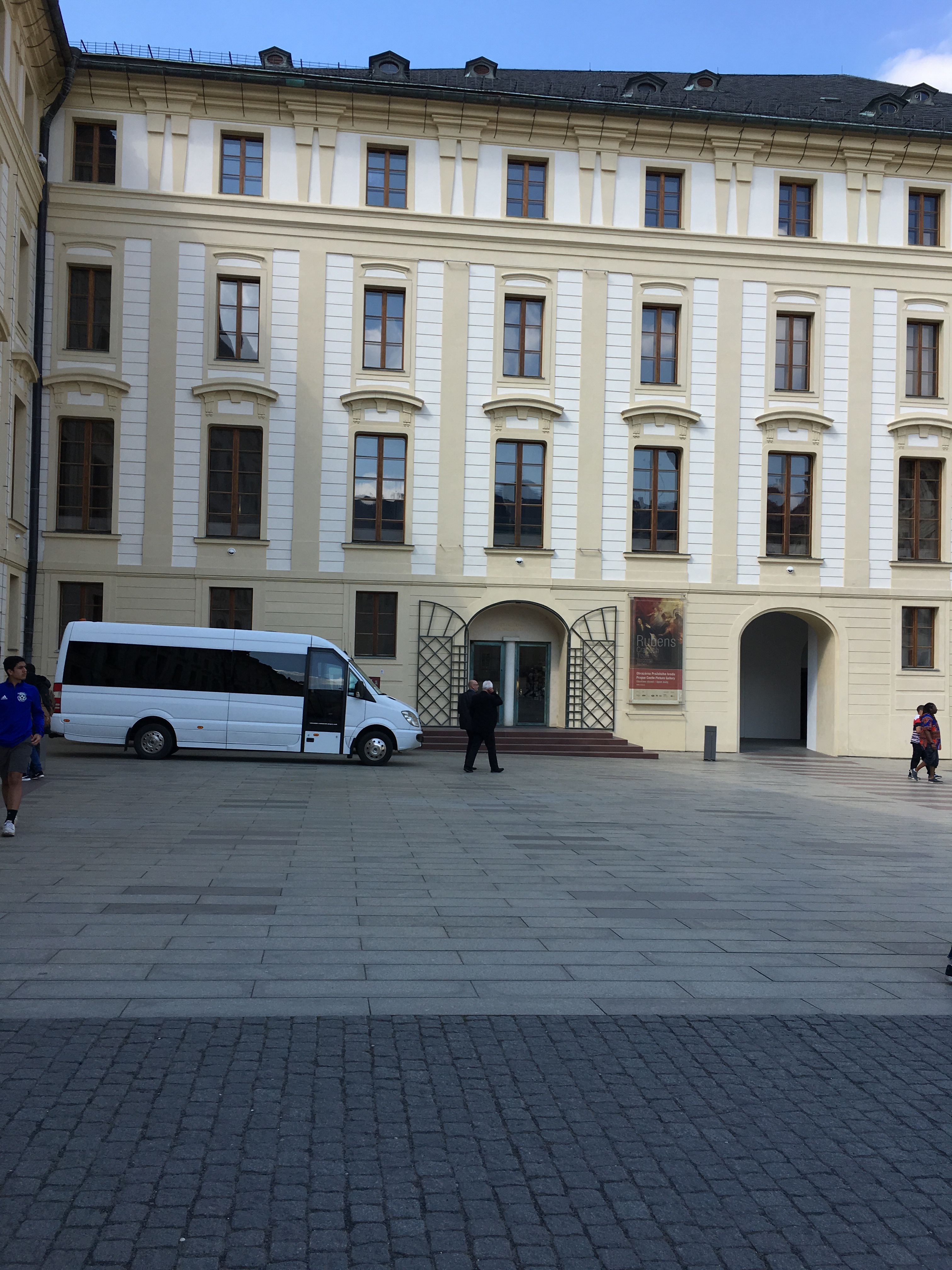

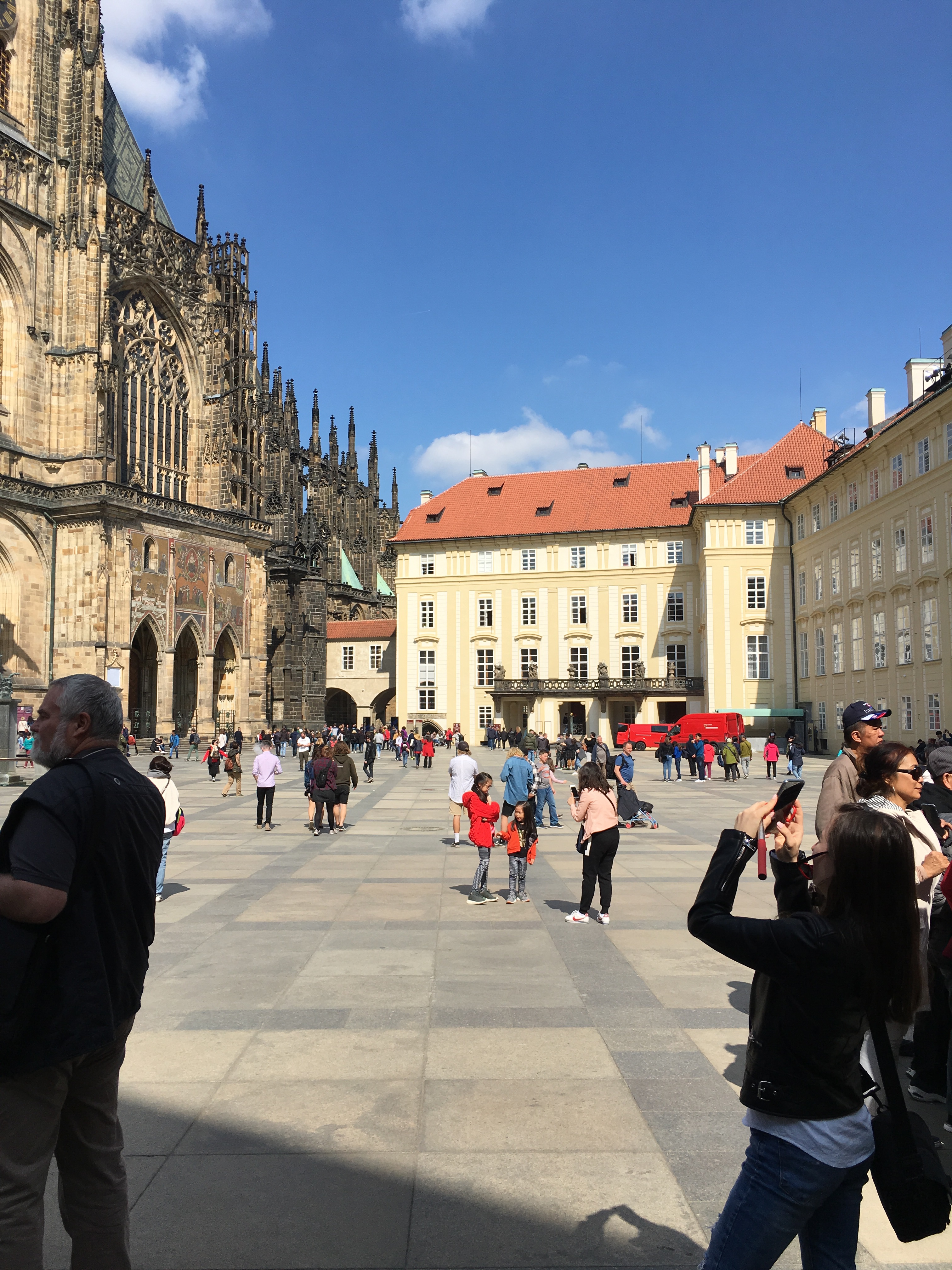



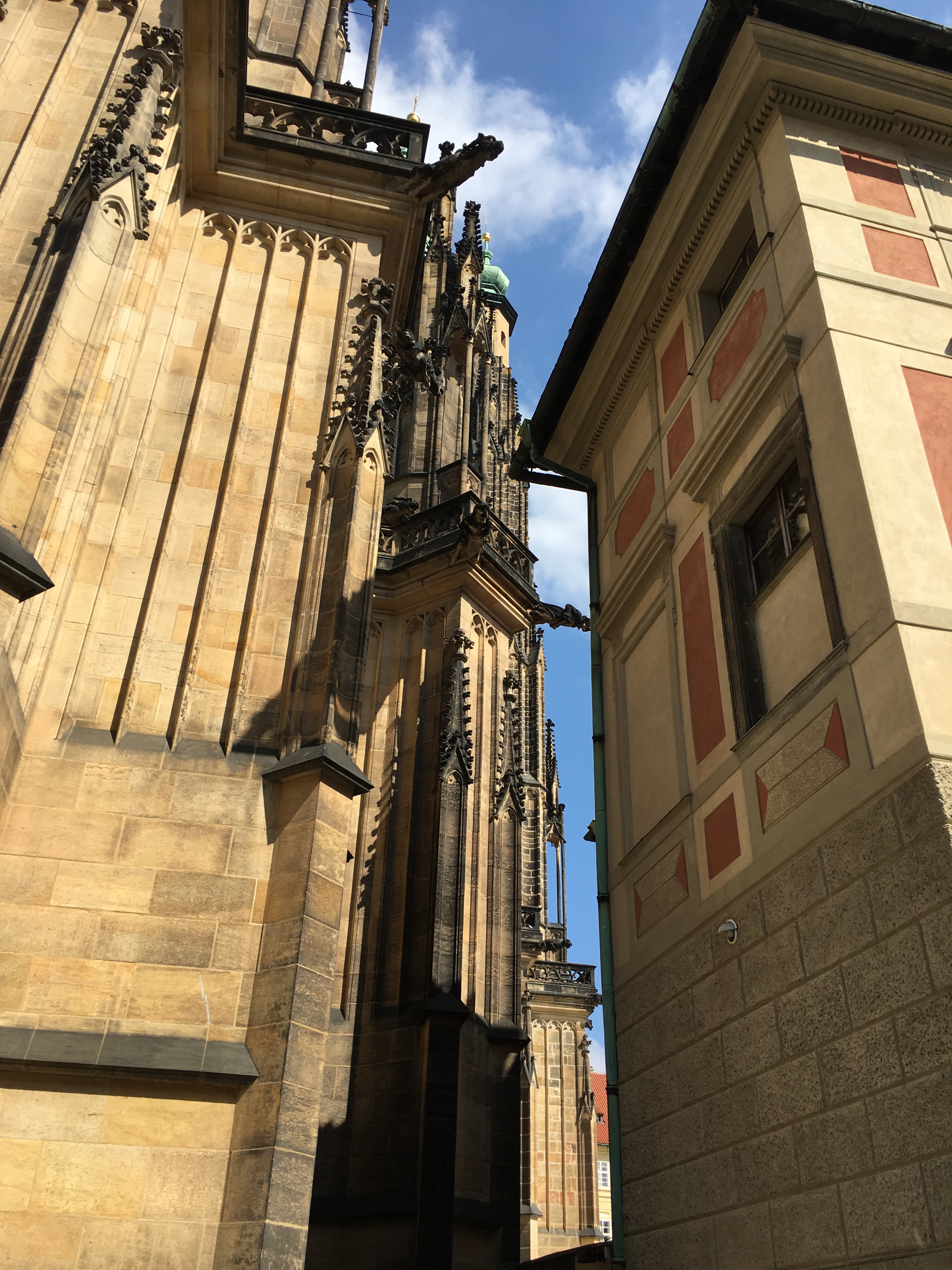



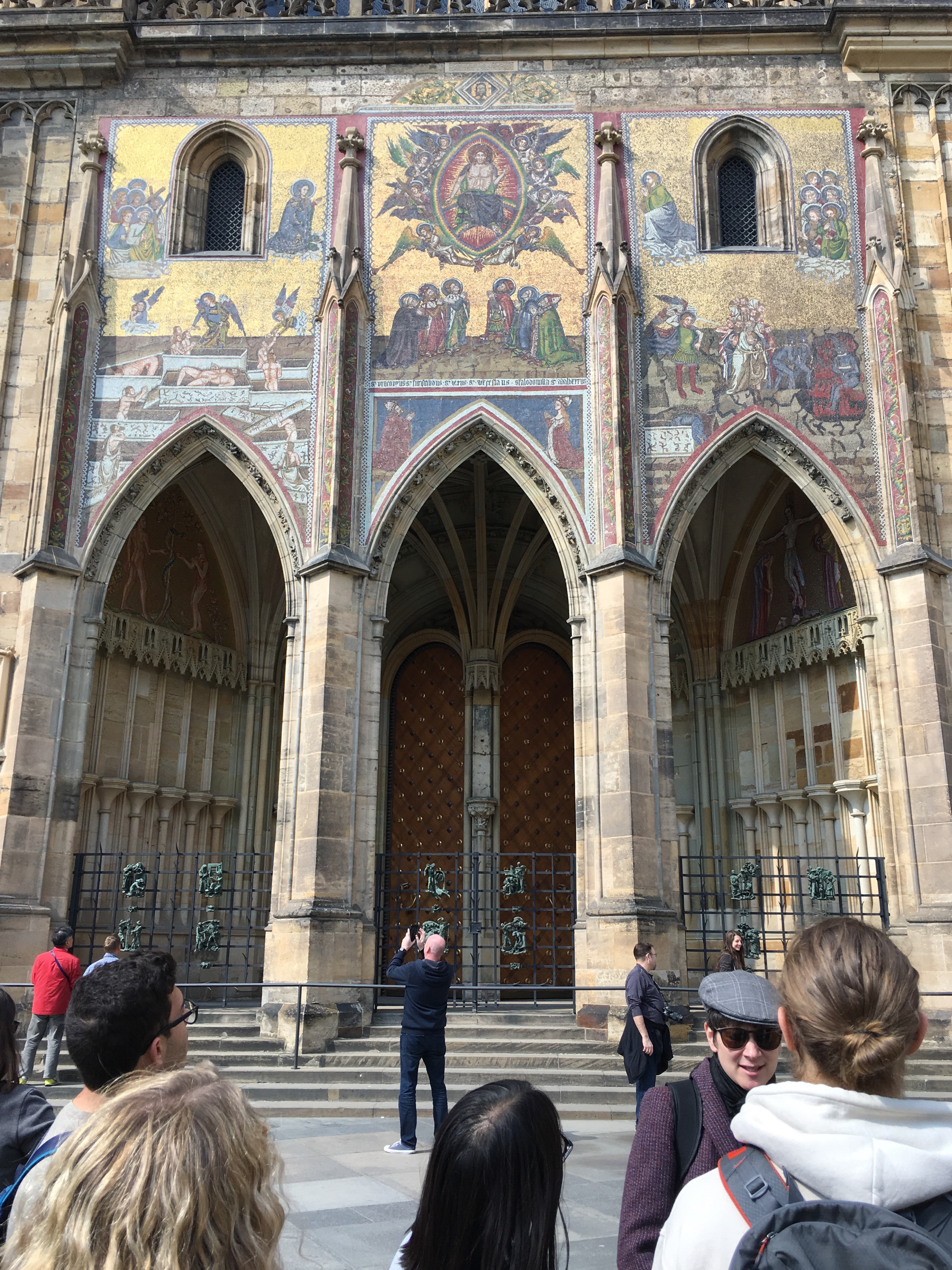











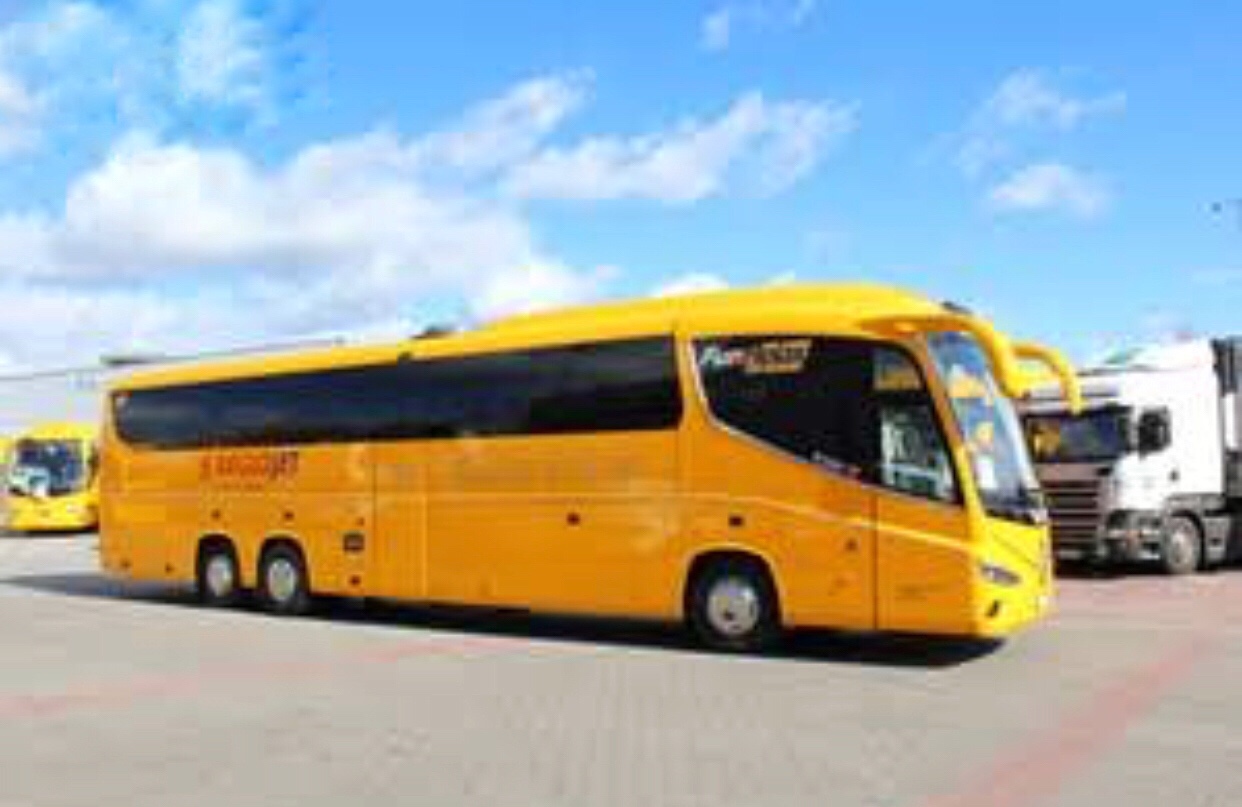
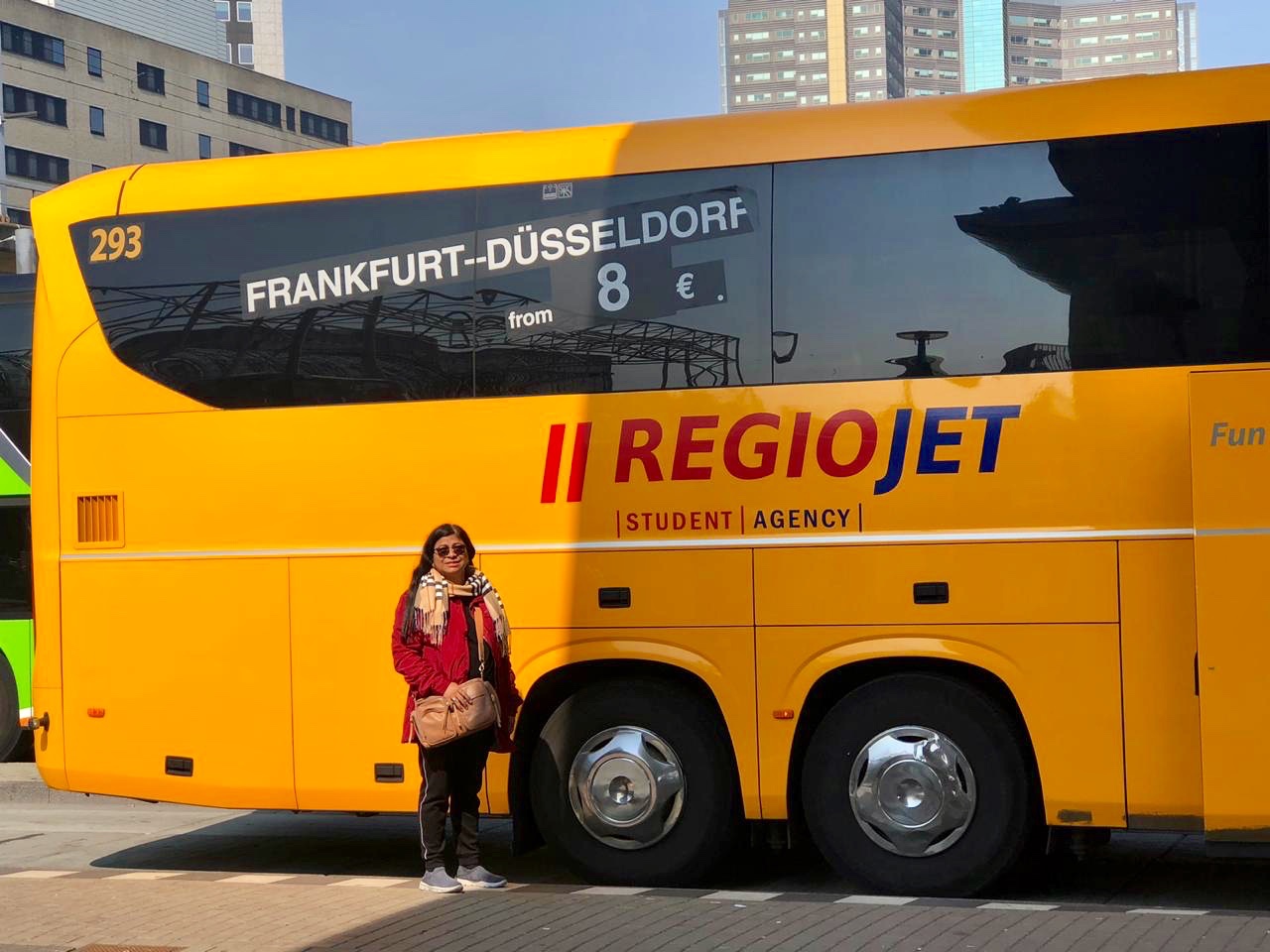

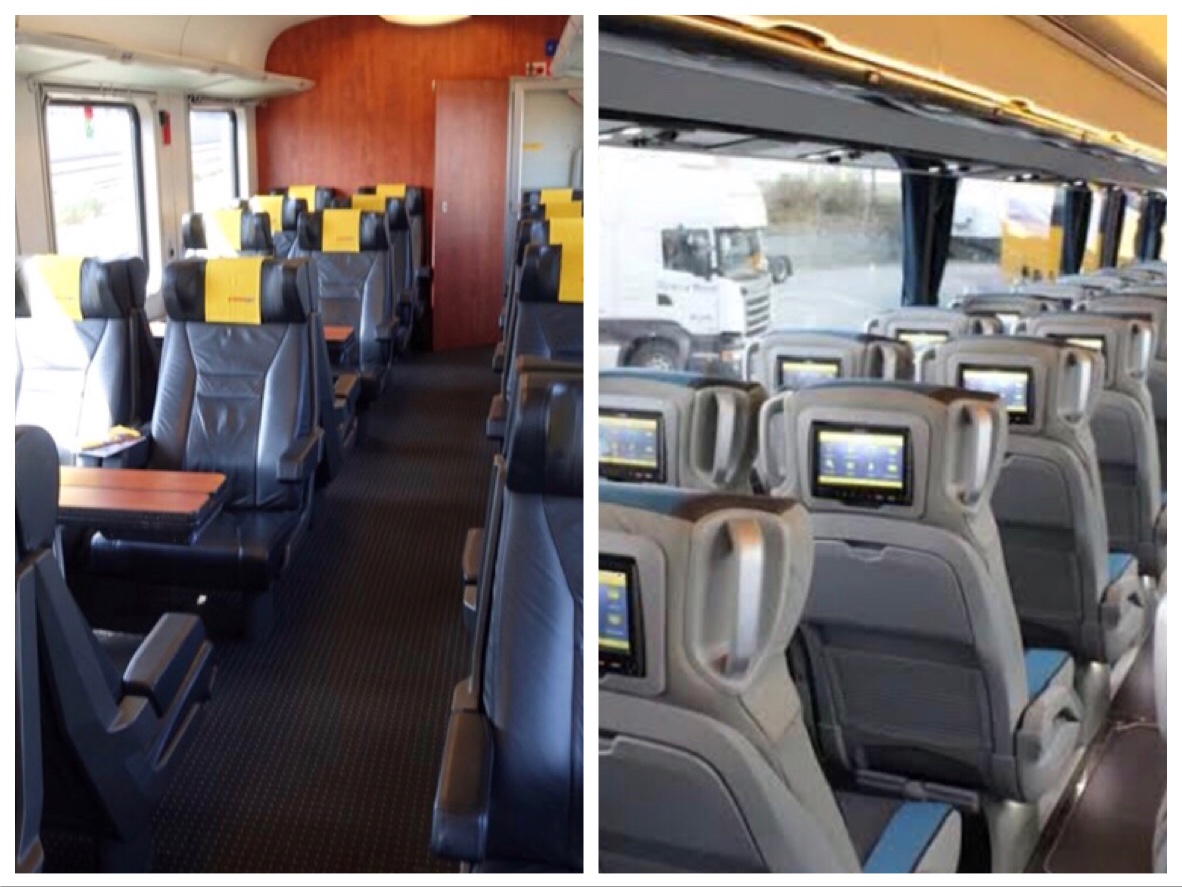 The bus was equipped with adjustable seats with leather upholstery, safety belts, charging points for phones and laptops, headphones and built-in LCD screens for watching films, listening to music or playing games. We could avail free Wi-Fi connection and could connect to the regiojet portal to our browser and enjoy.
The bus was equipped with adjustable seats with leather upholstery, safety belts, charging points for phones and laptops, headphones and built-in LCD screens for watching films, listening to music or playing games. We could avail free Wi-Fi connection and could connect to the regiojet portal to our browser and enjoy.

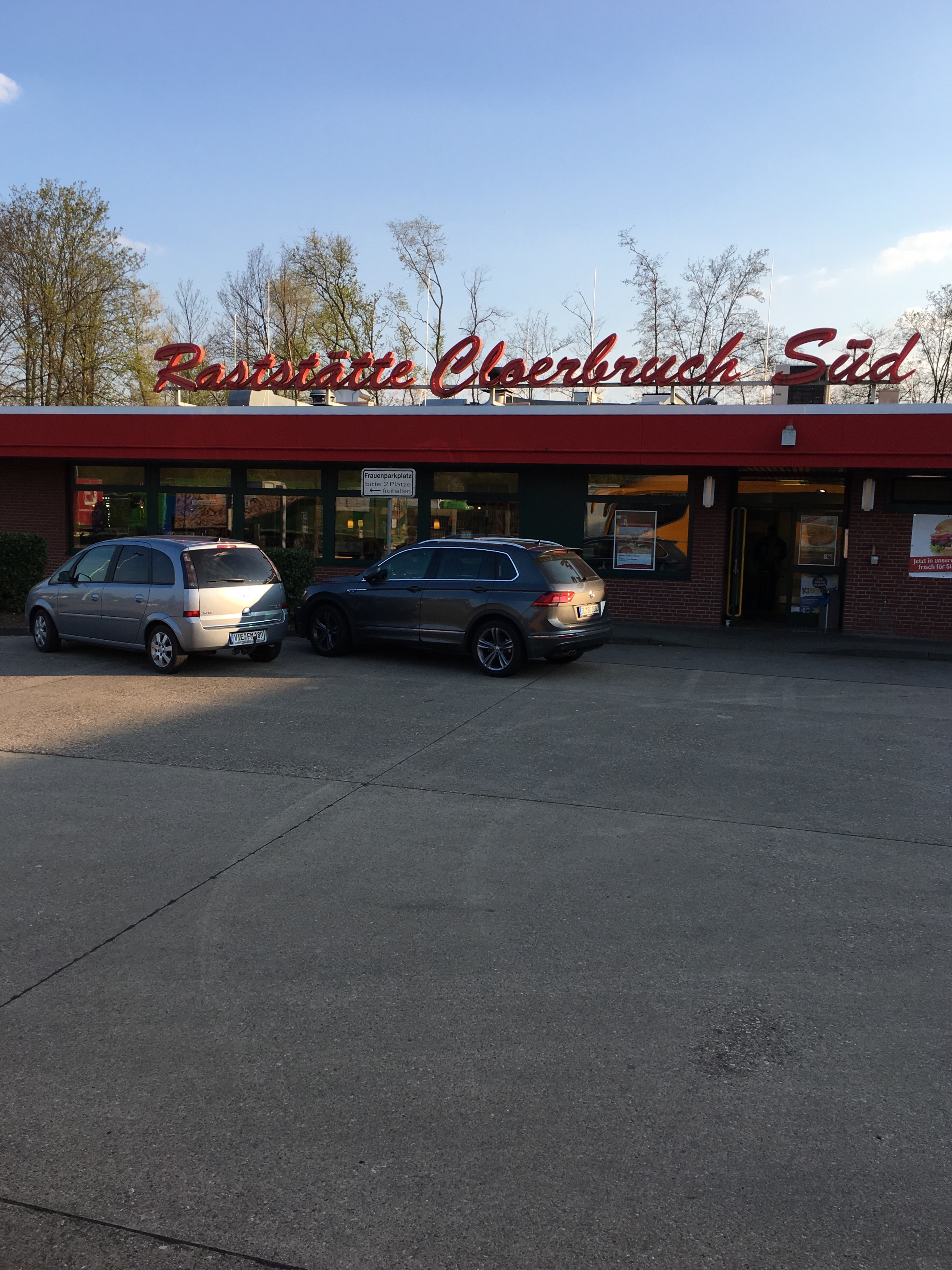

 Back in the bus, we opened our packs and relished our first German snack which made up for an early dinner
Back in the bus, we opened our packs and relished our first German snack which made up for an early dinner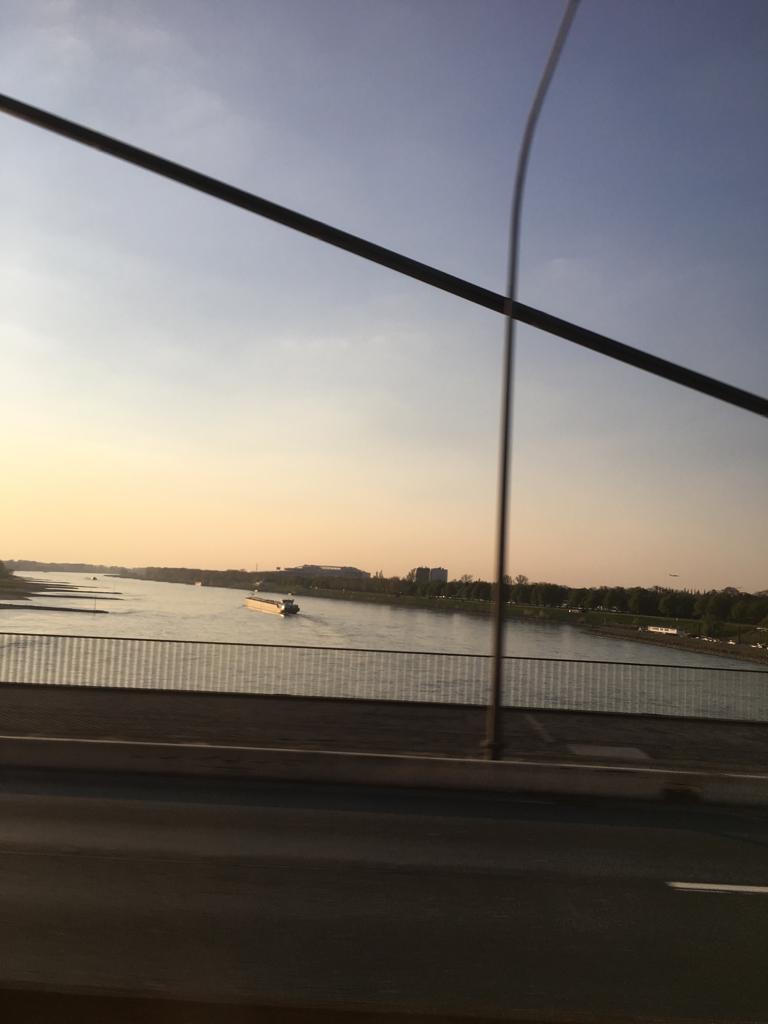

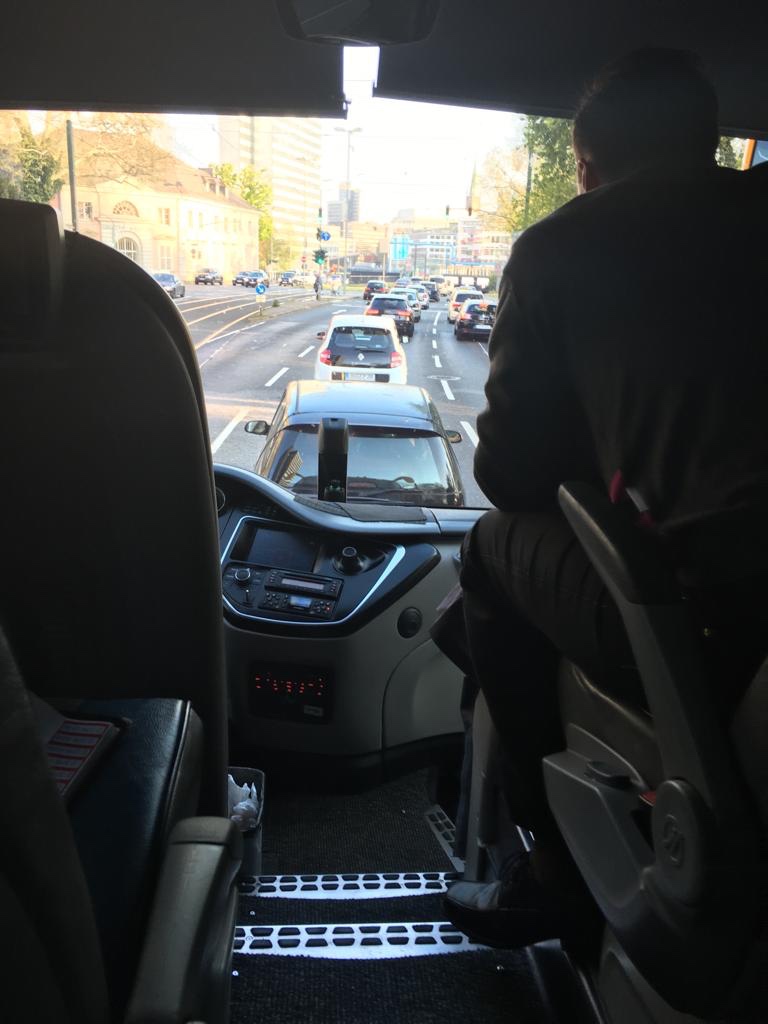
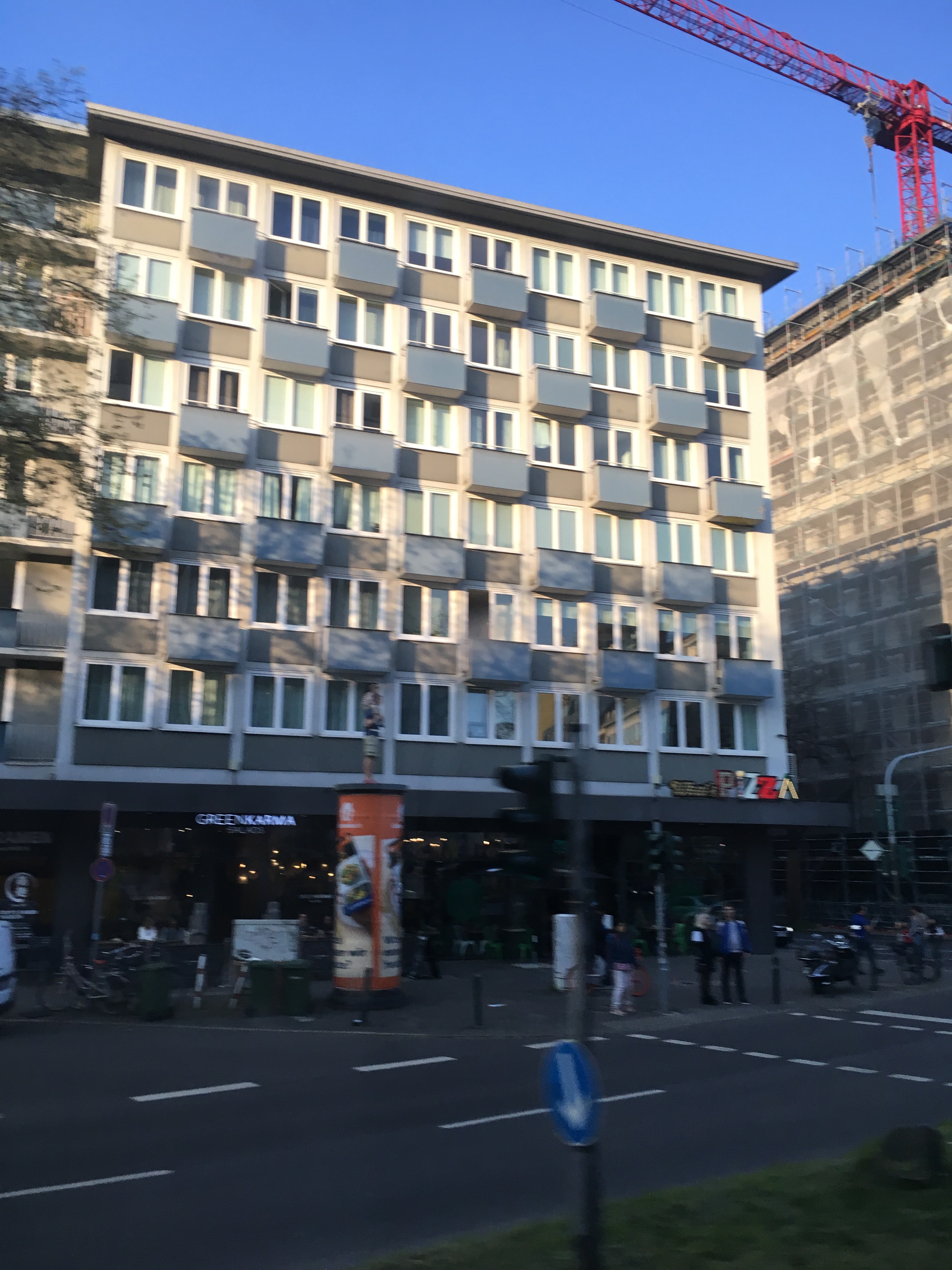



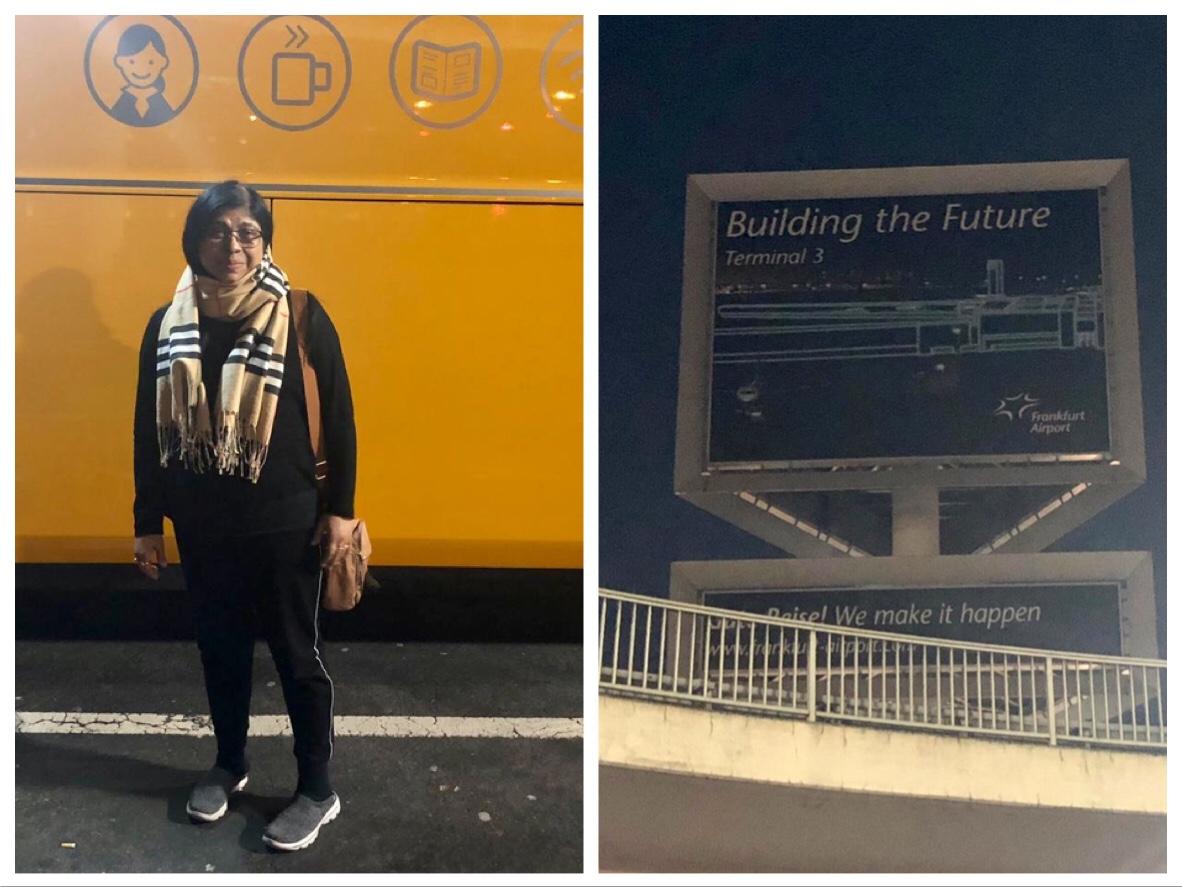


















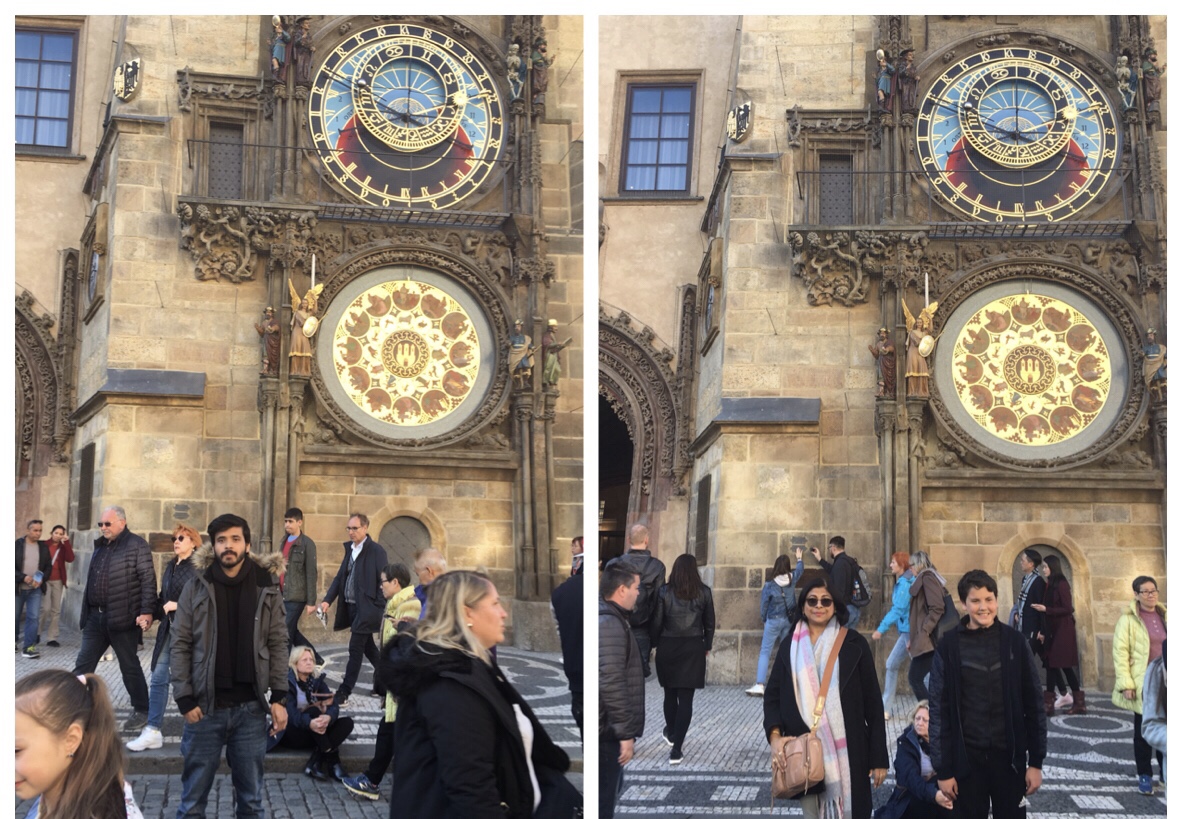







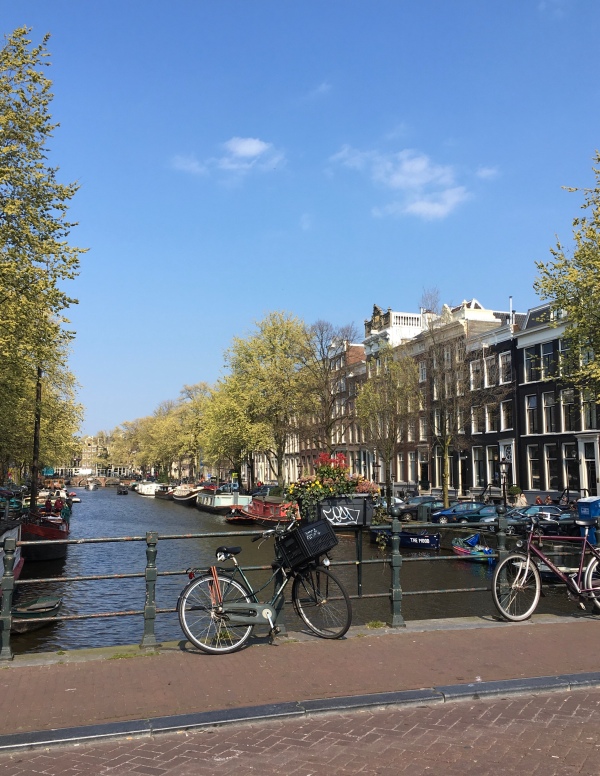










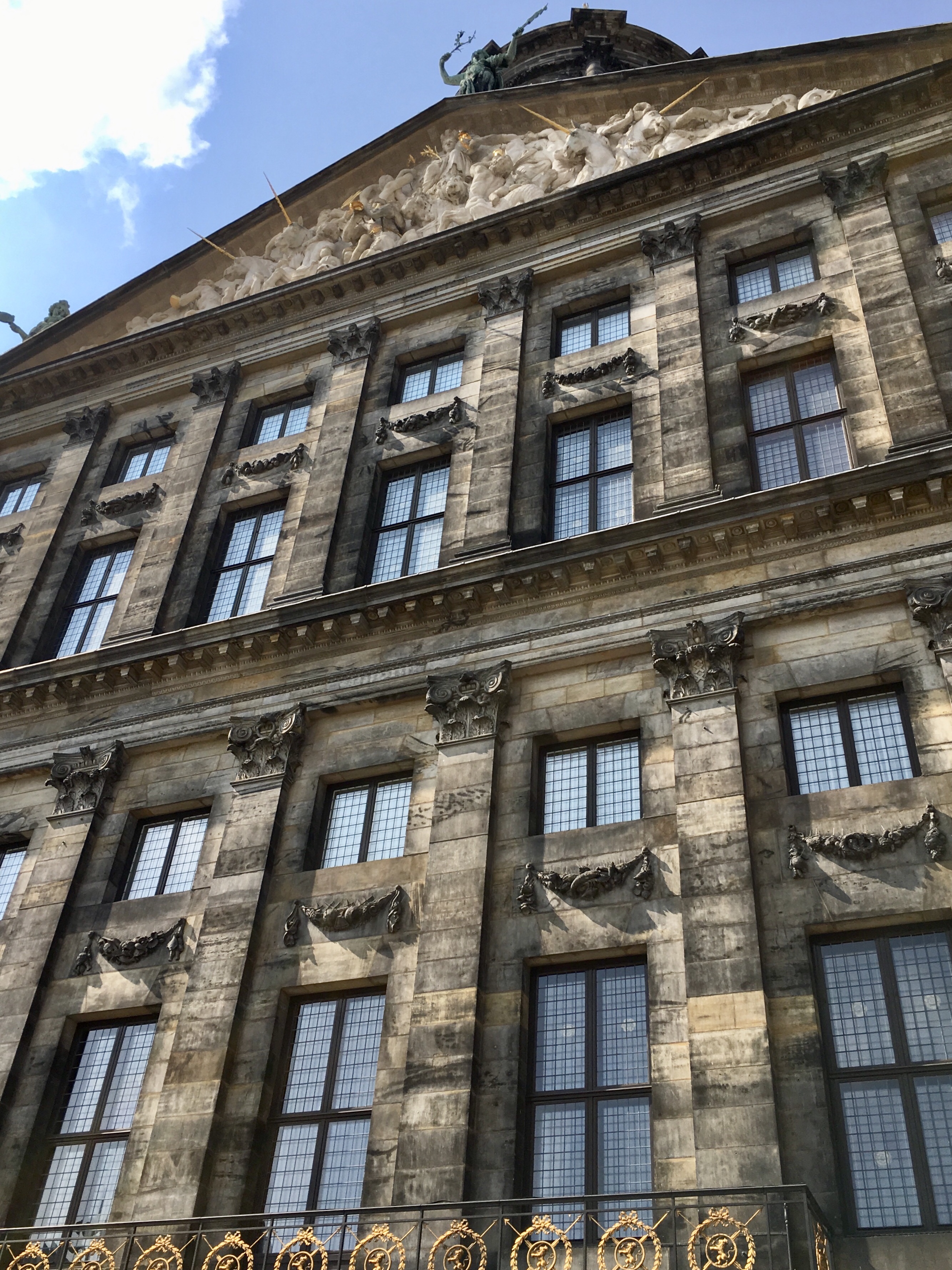





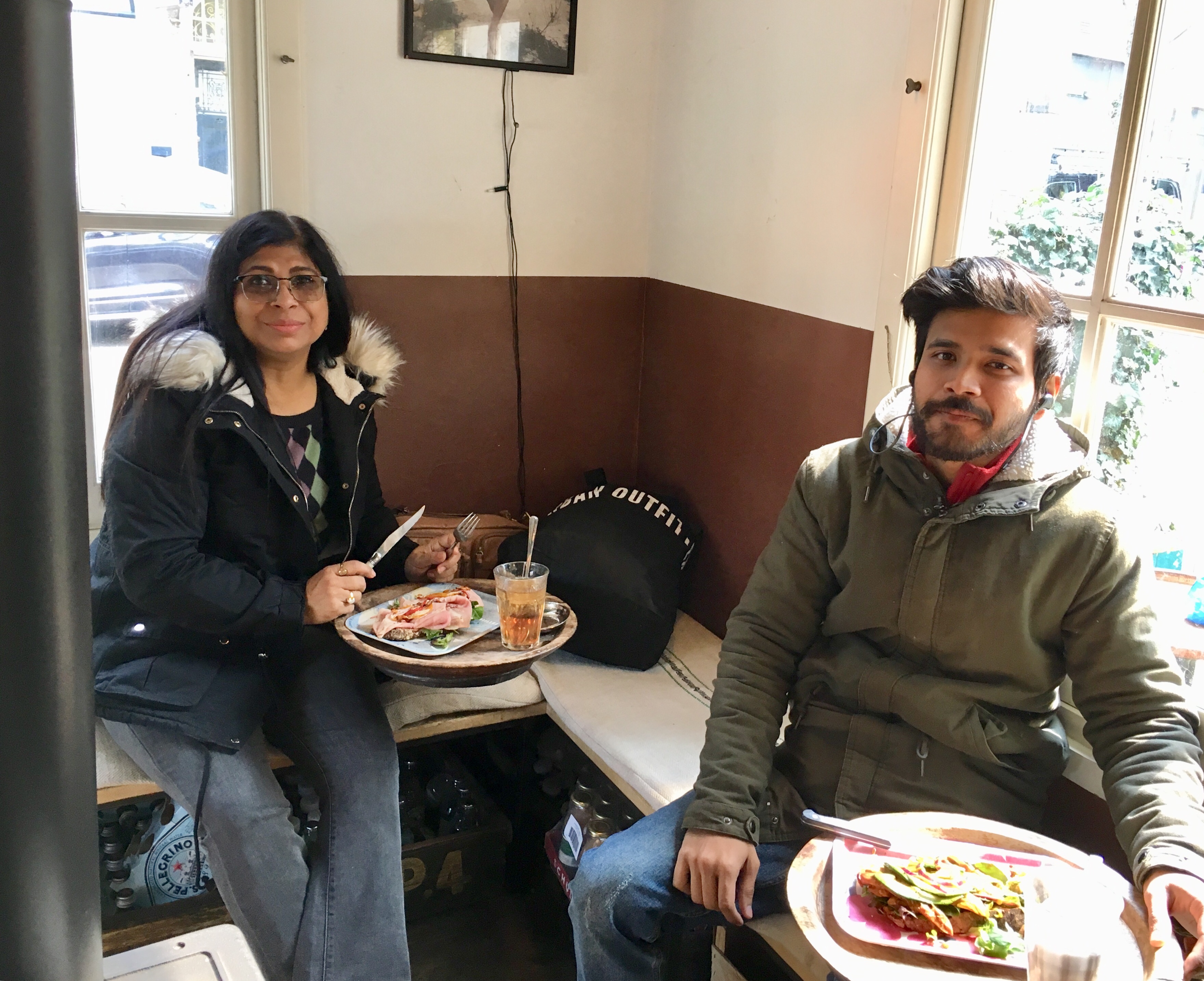

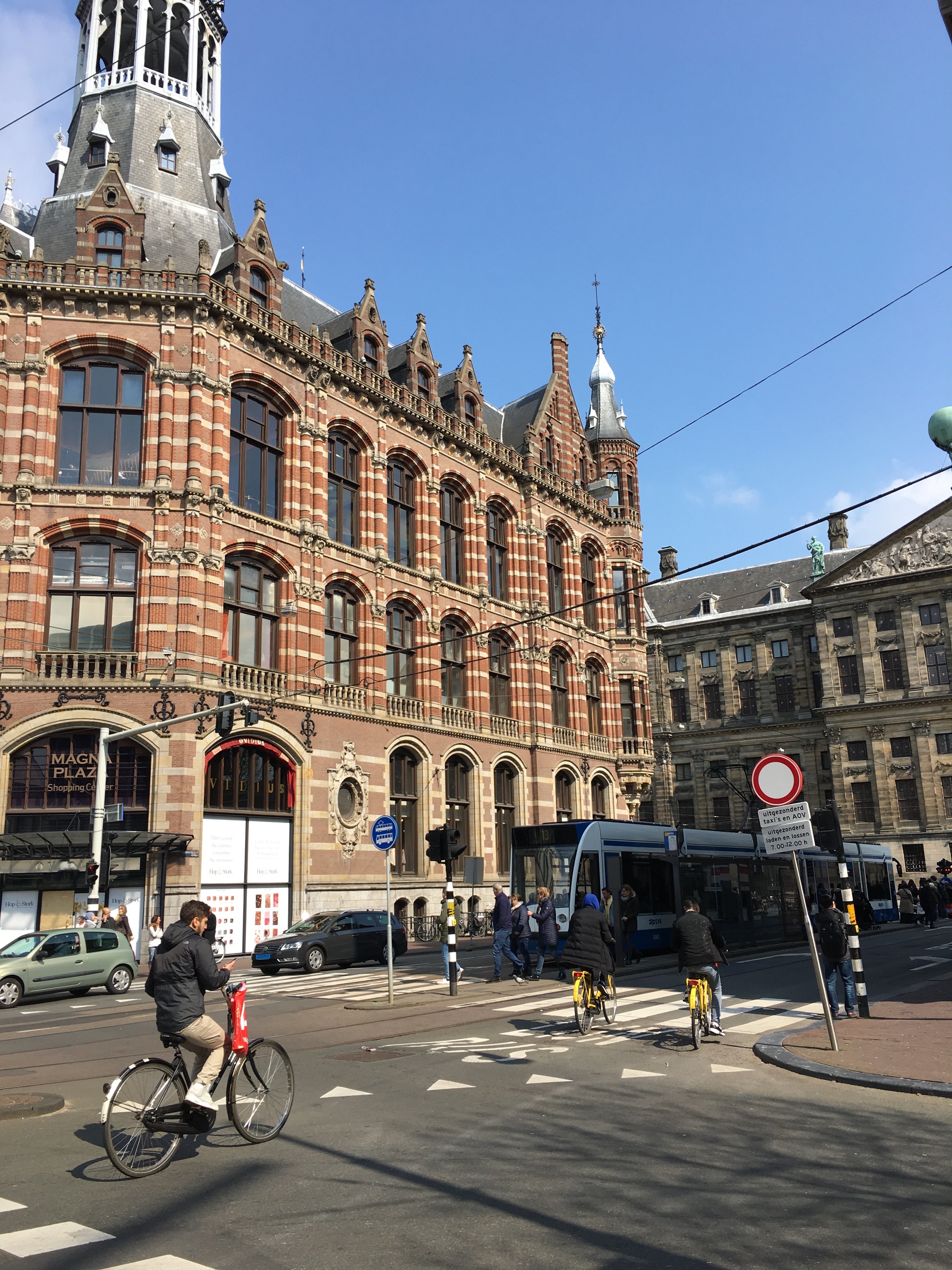



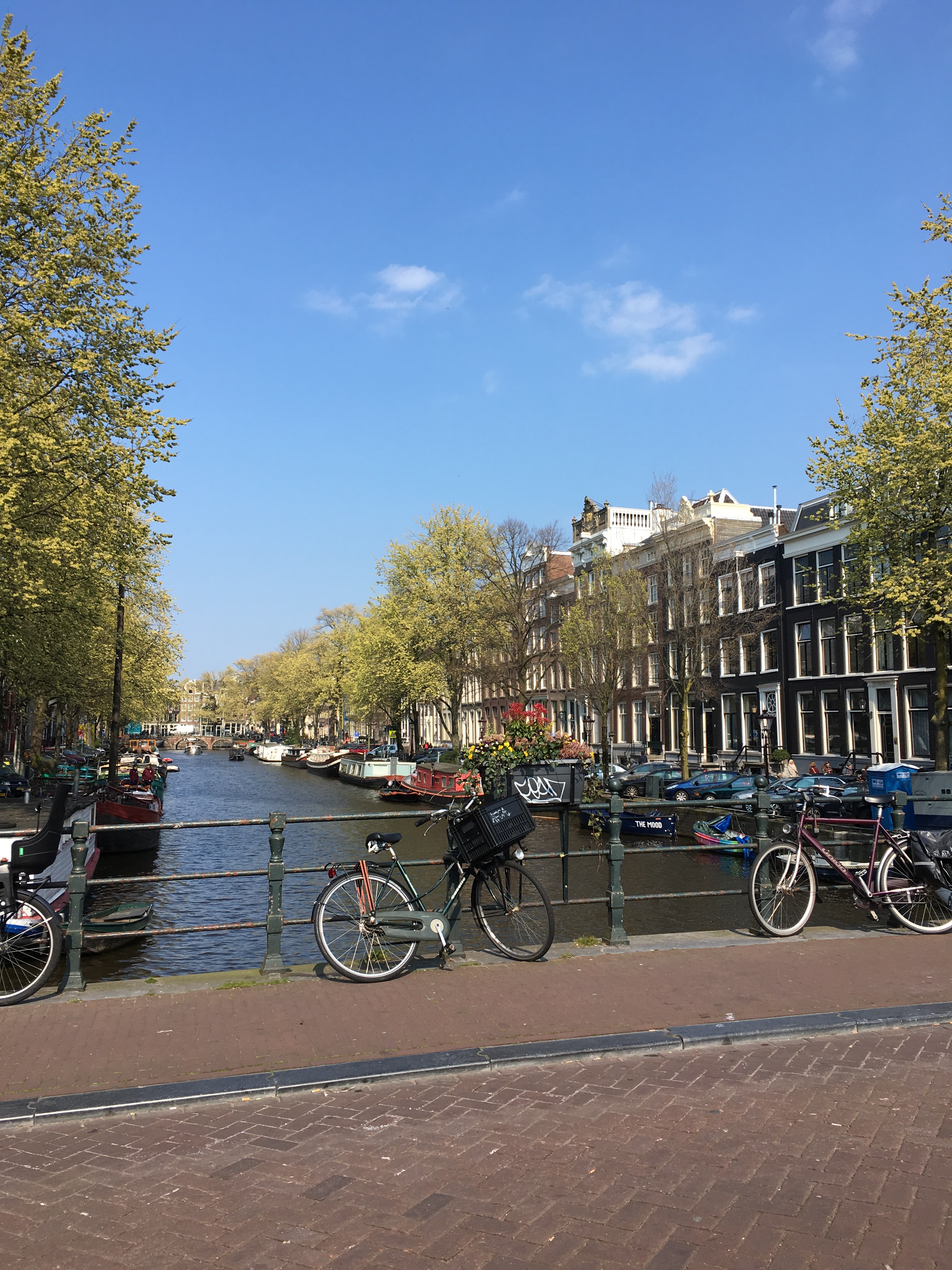


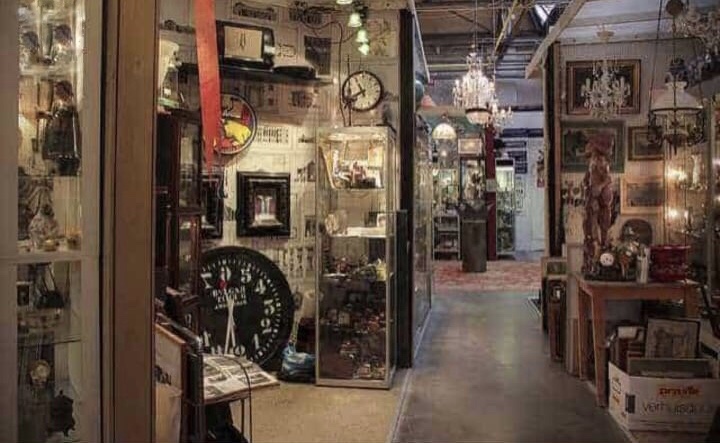

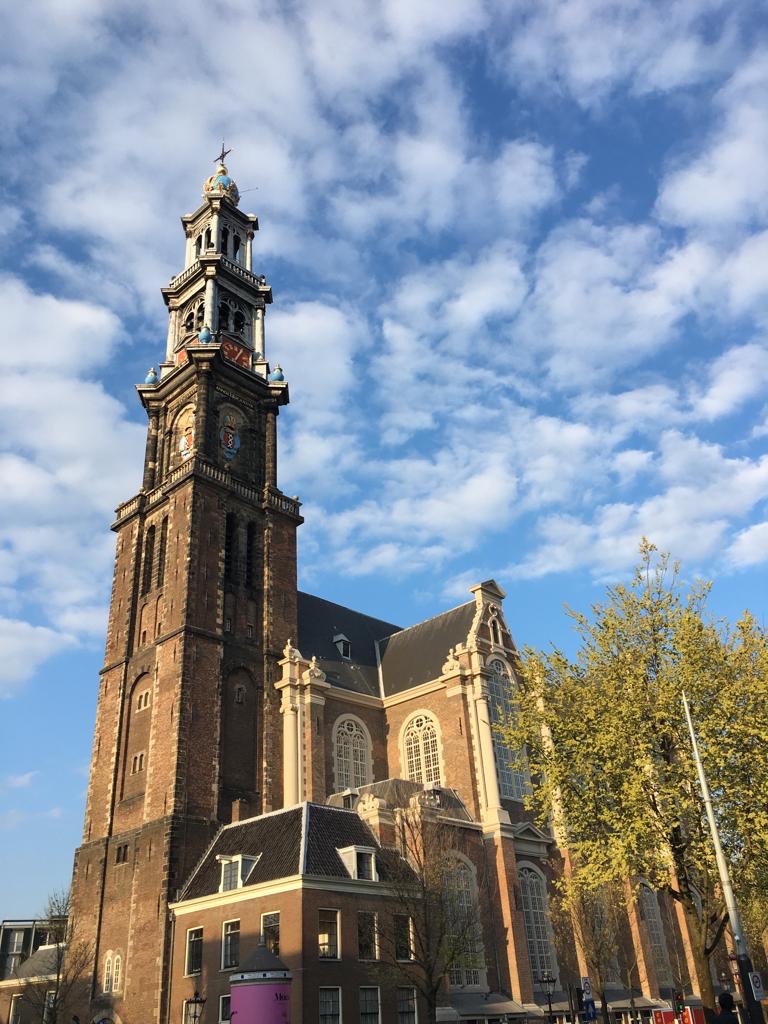
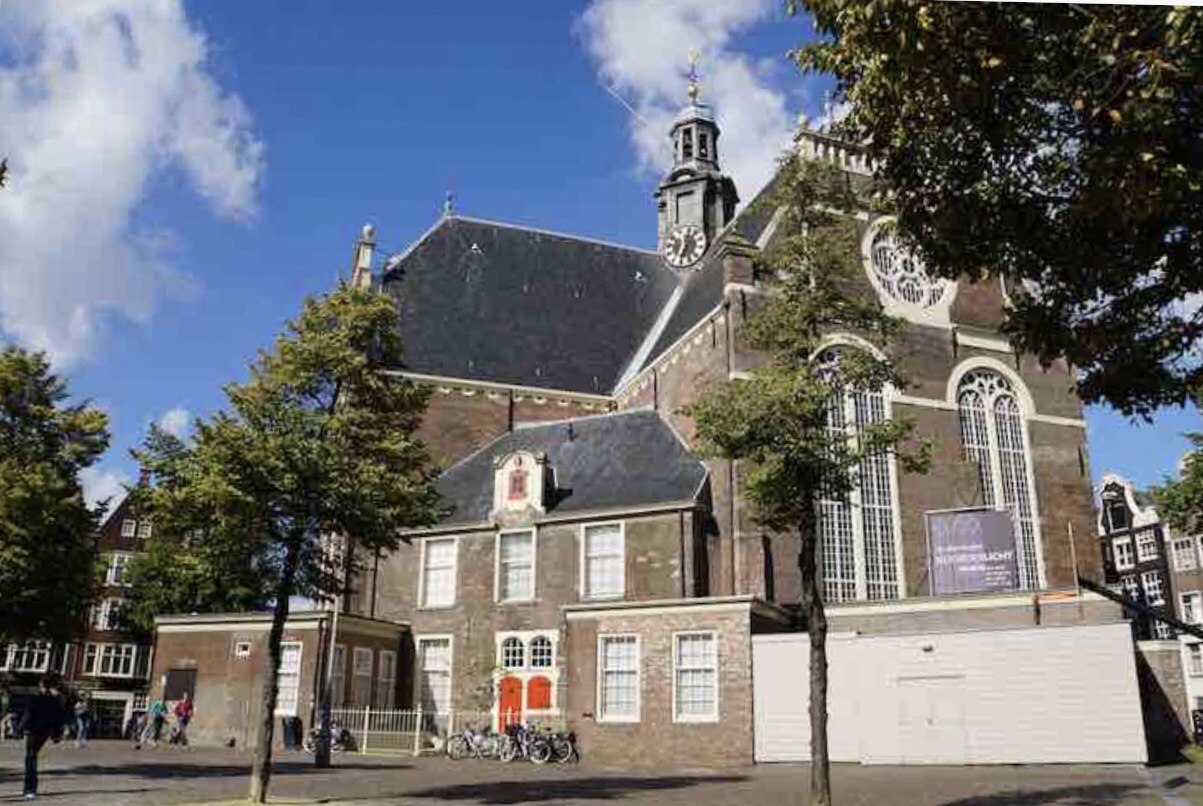
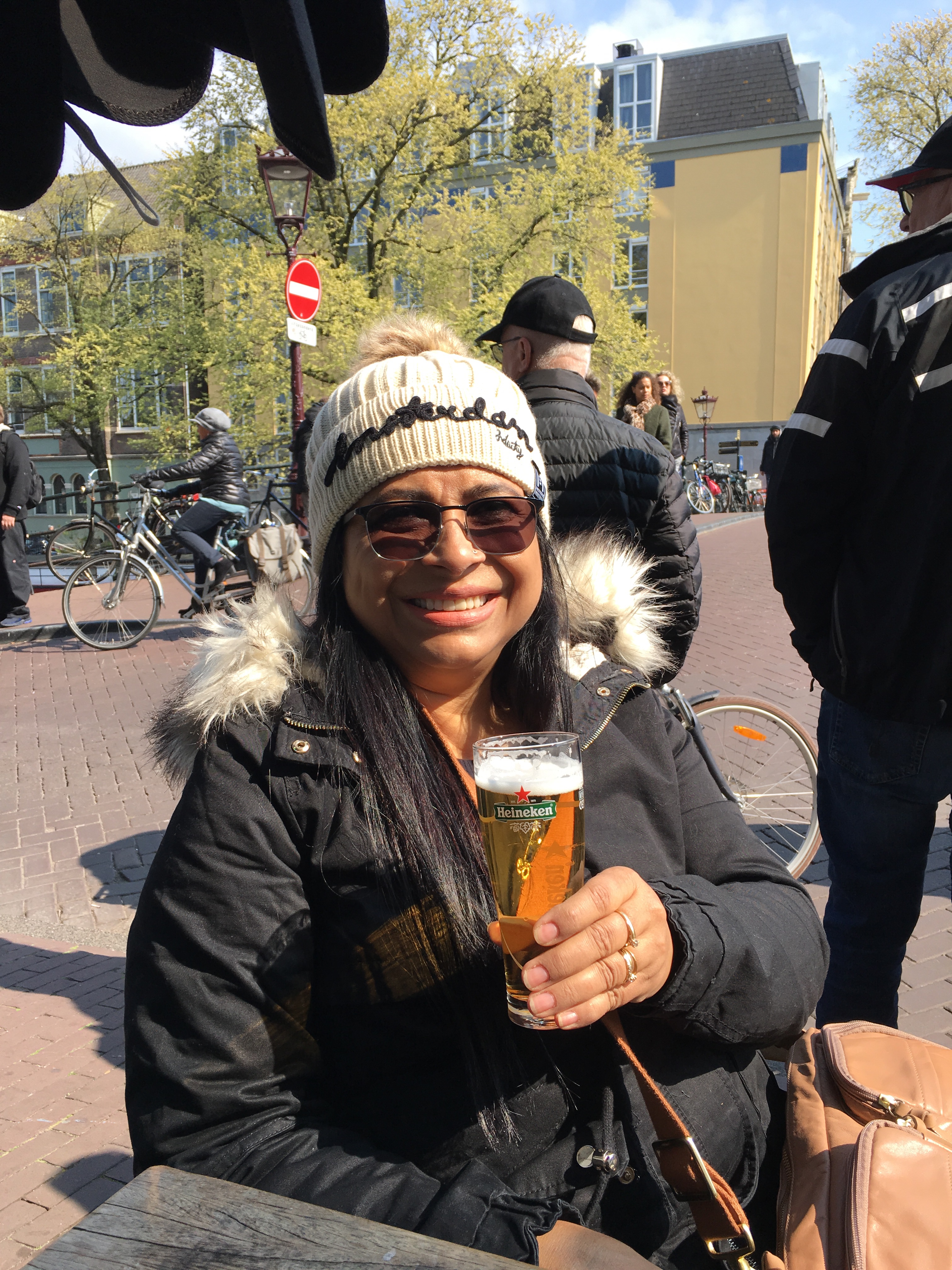
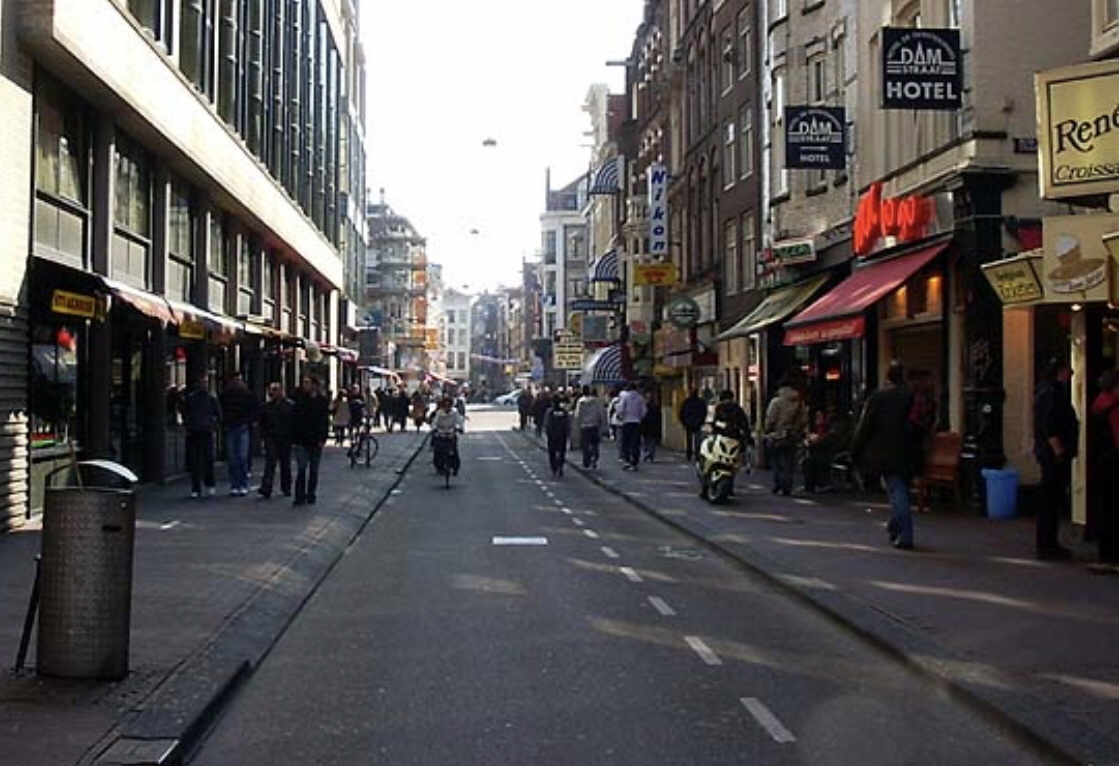


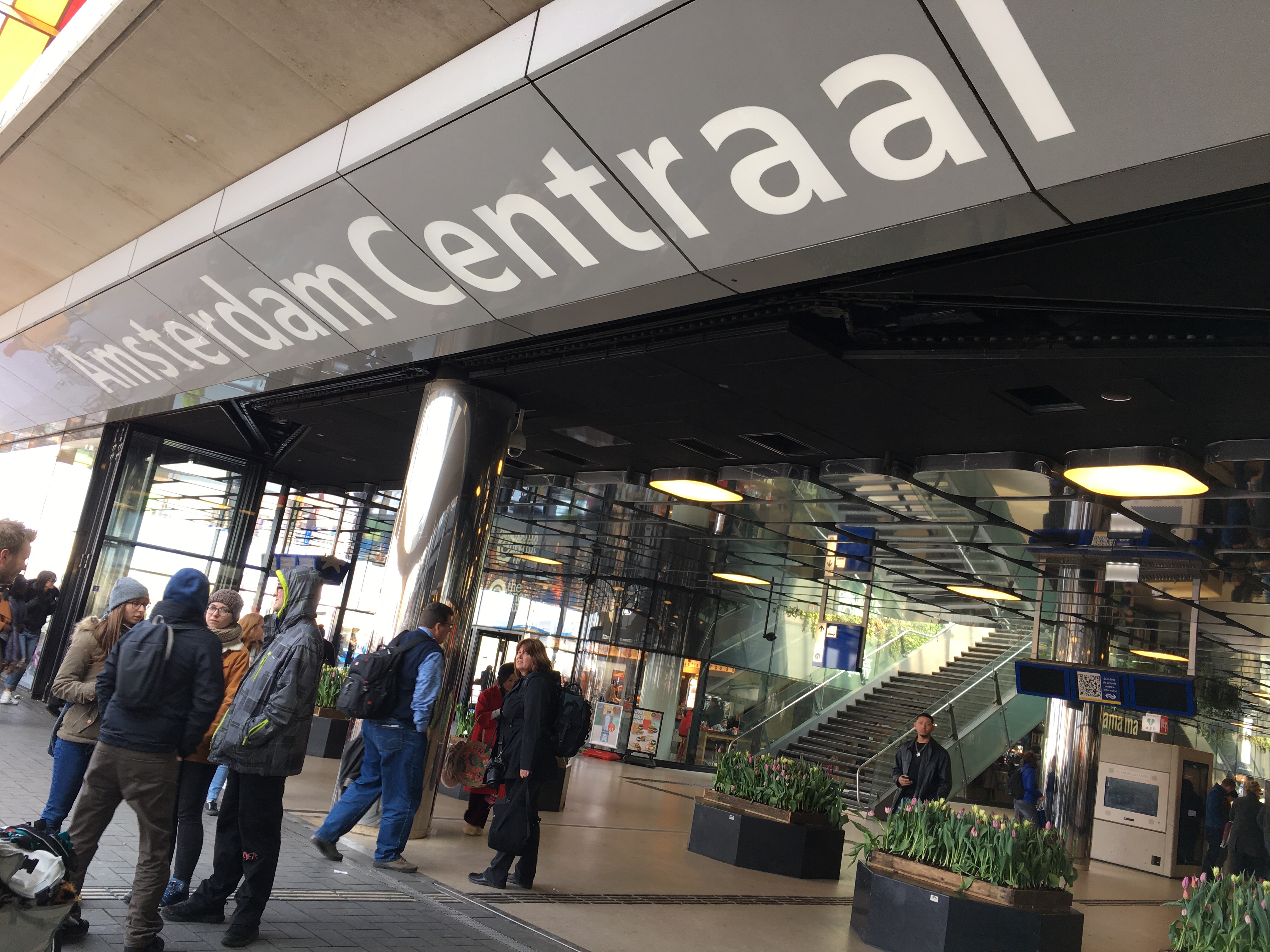














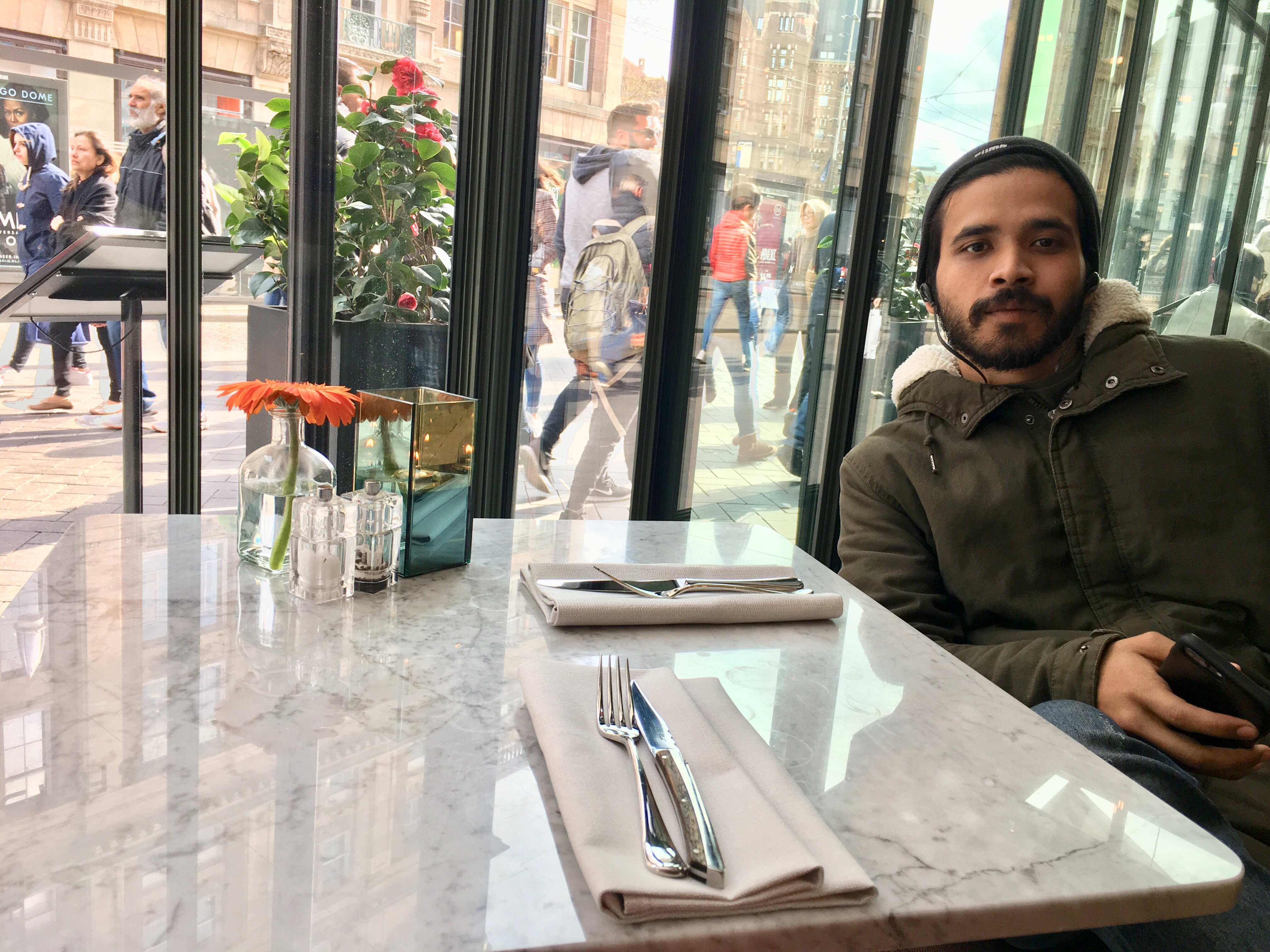








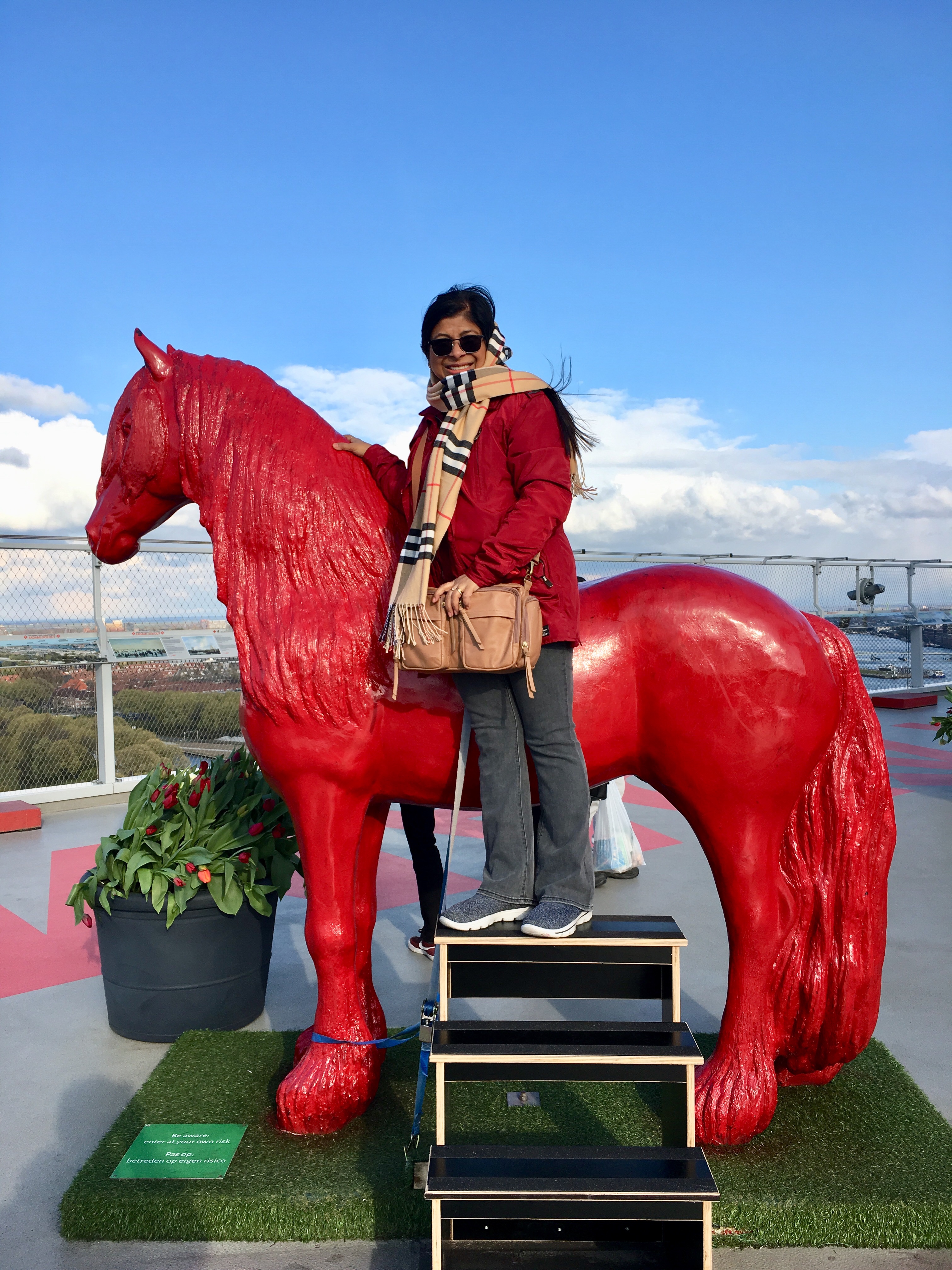


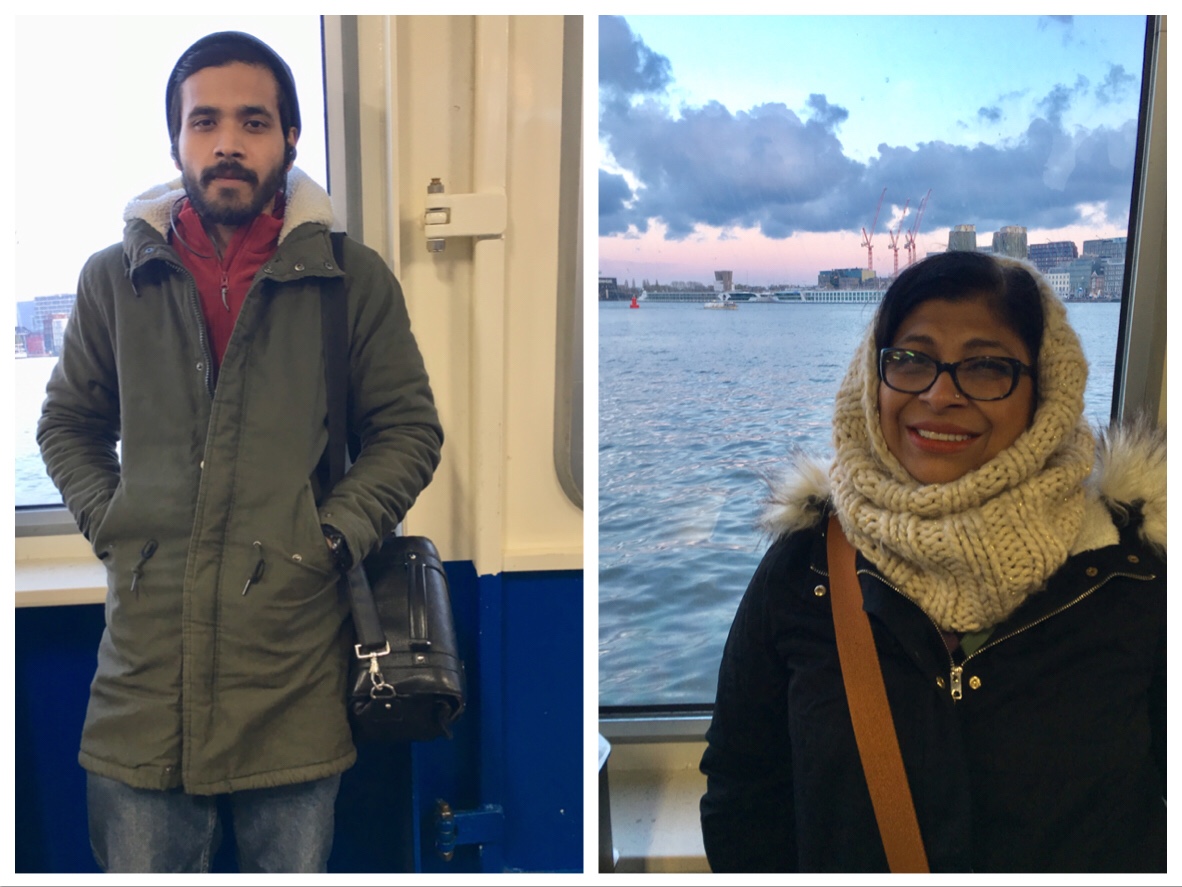




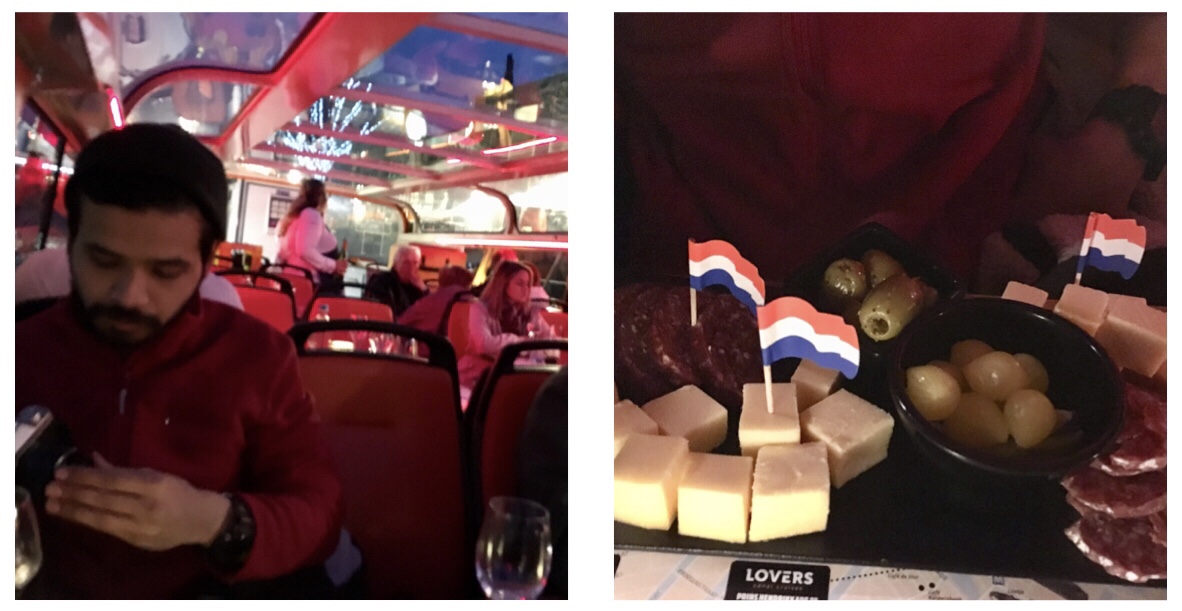



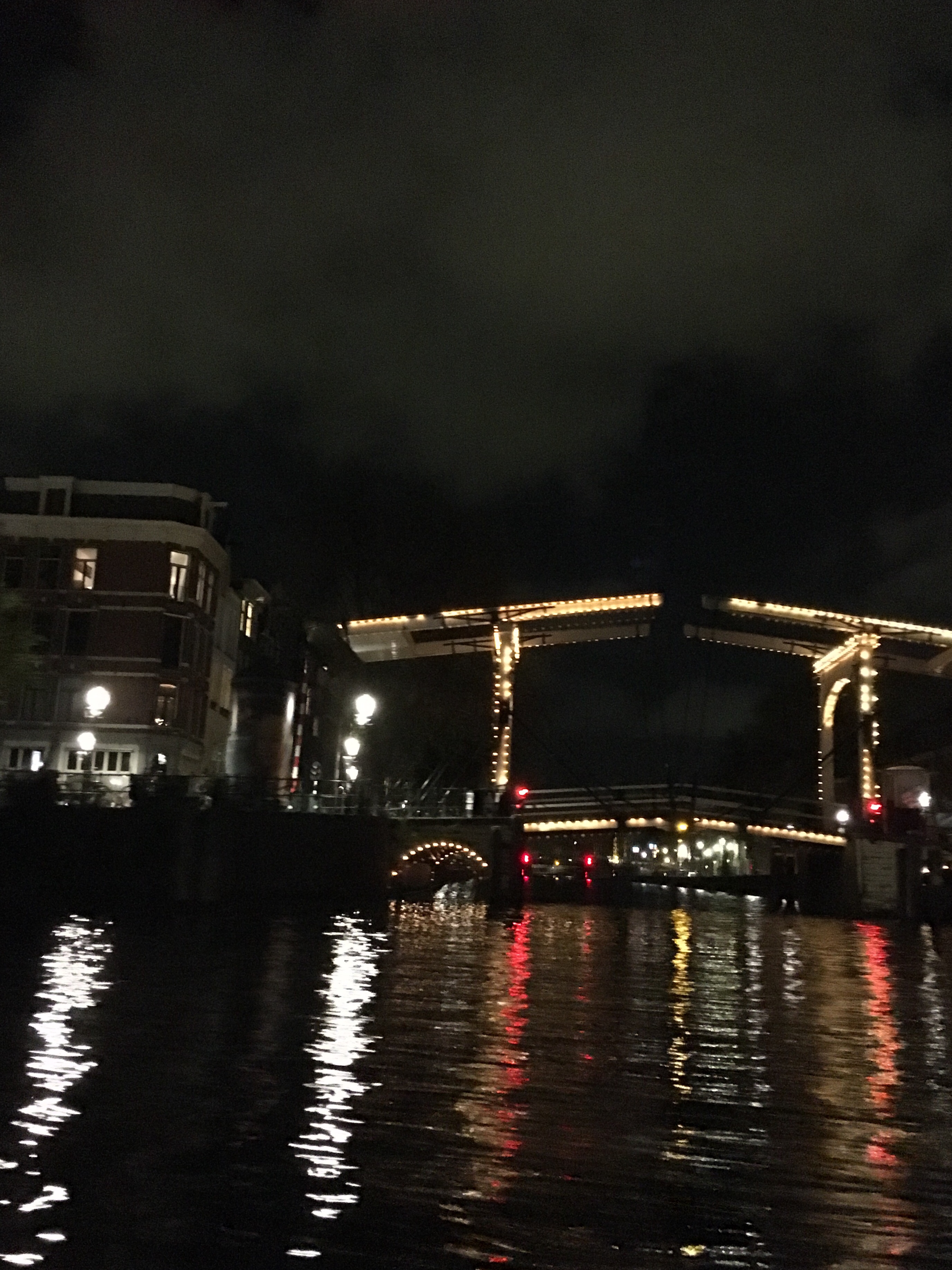


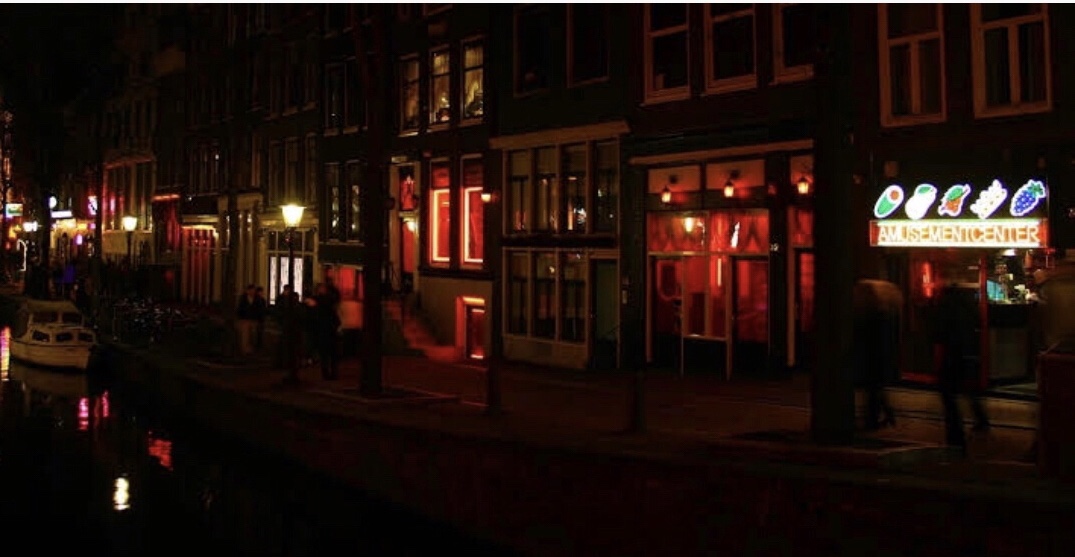




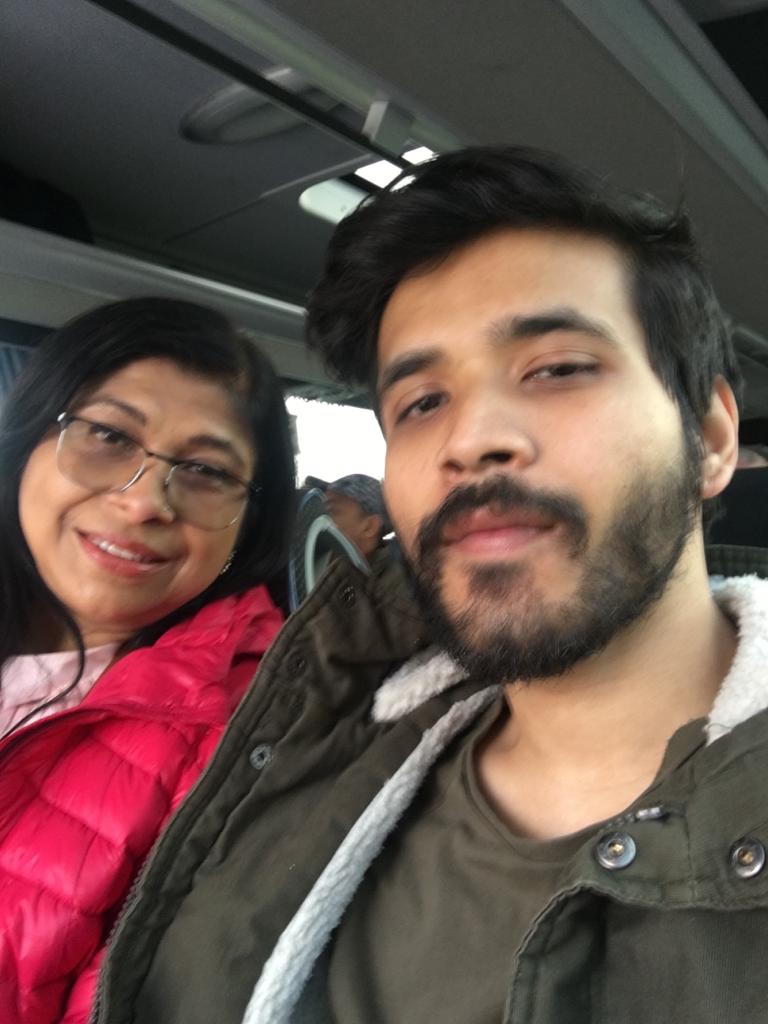


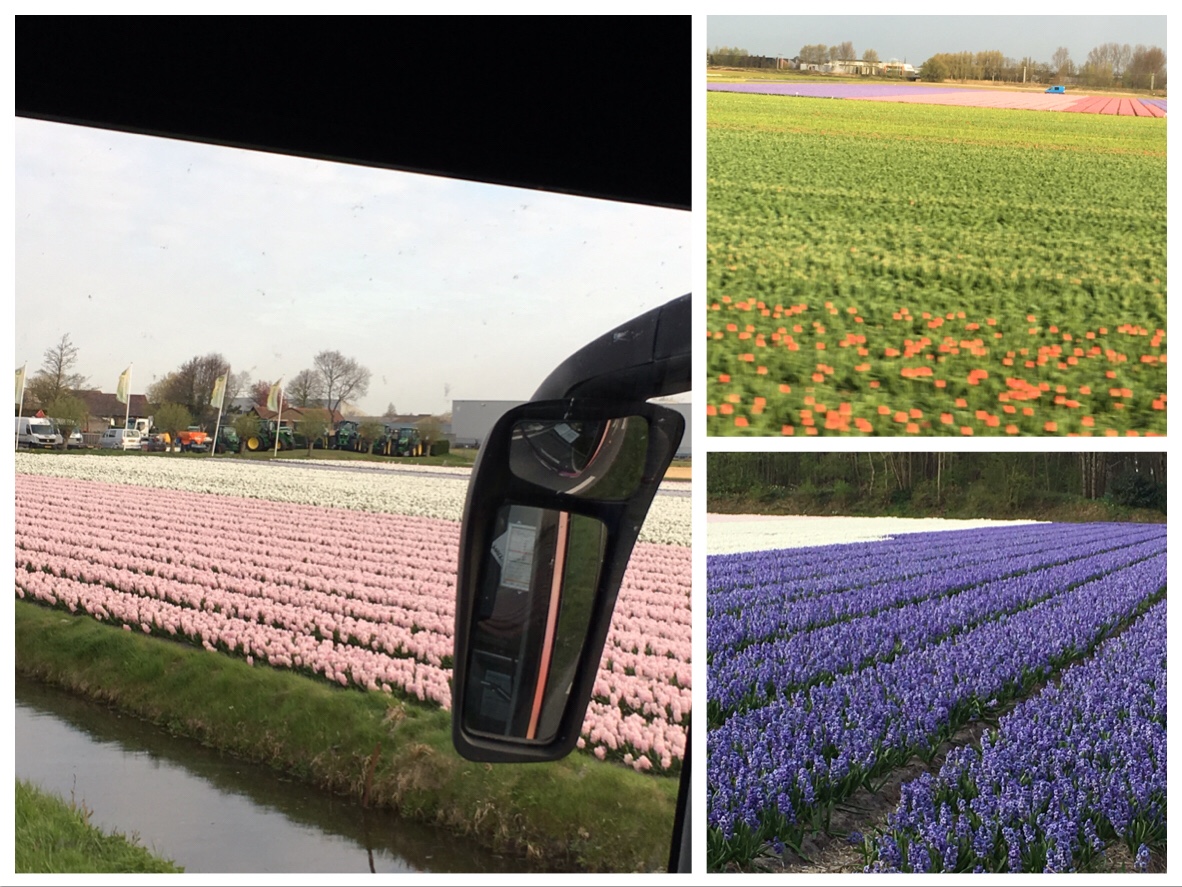
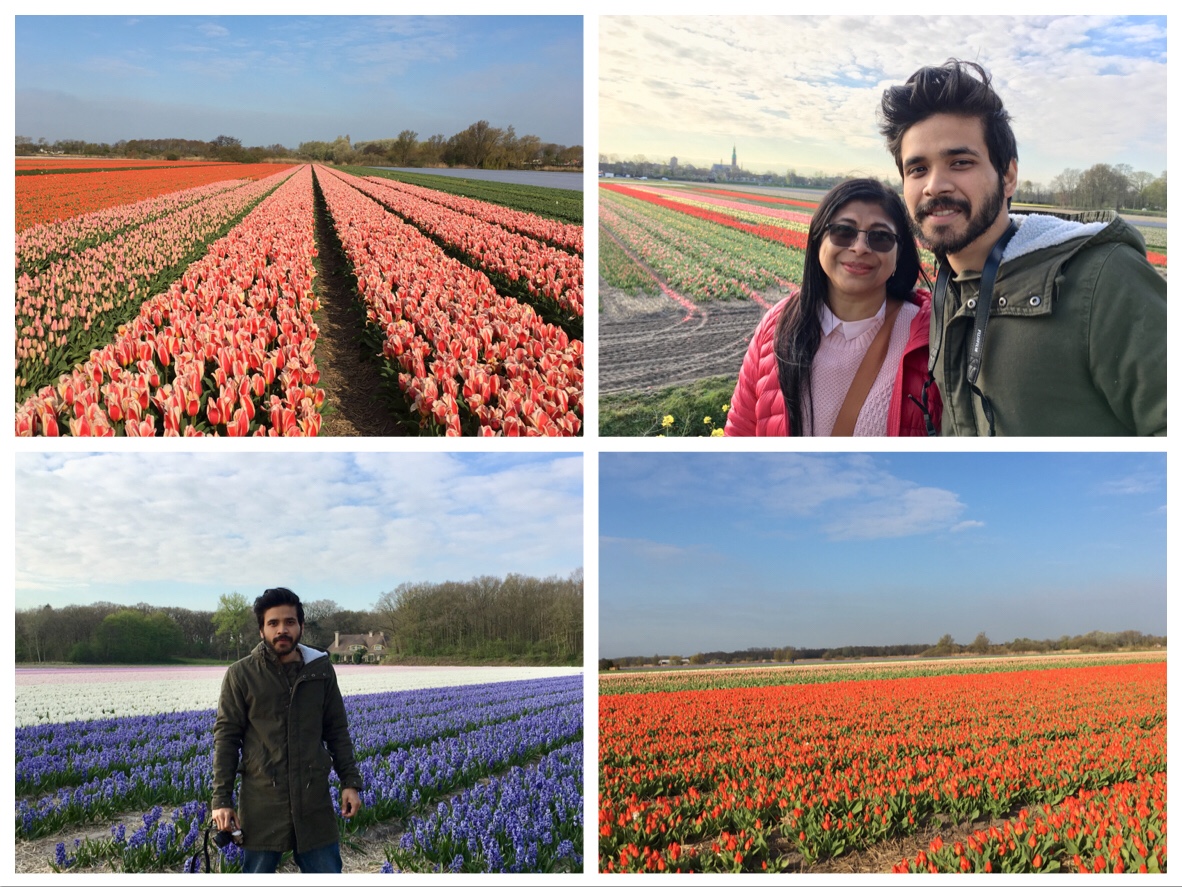
















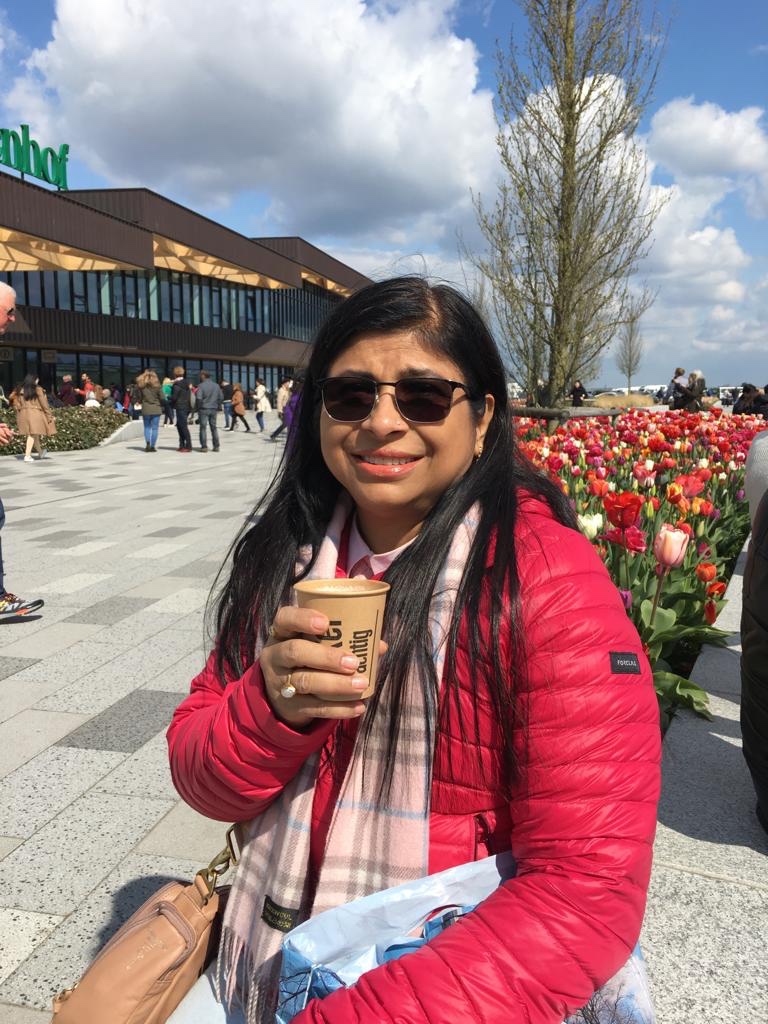







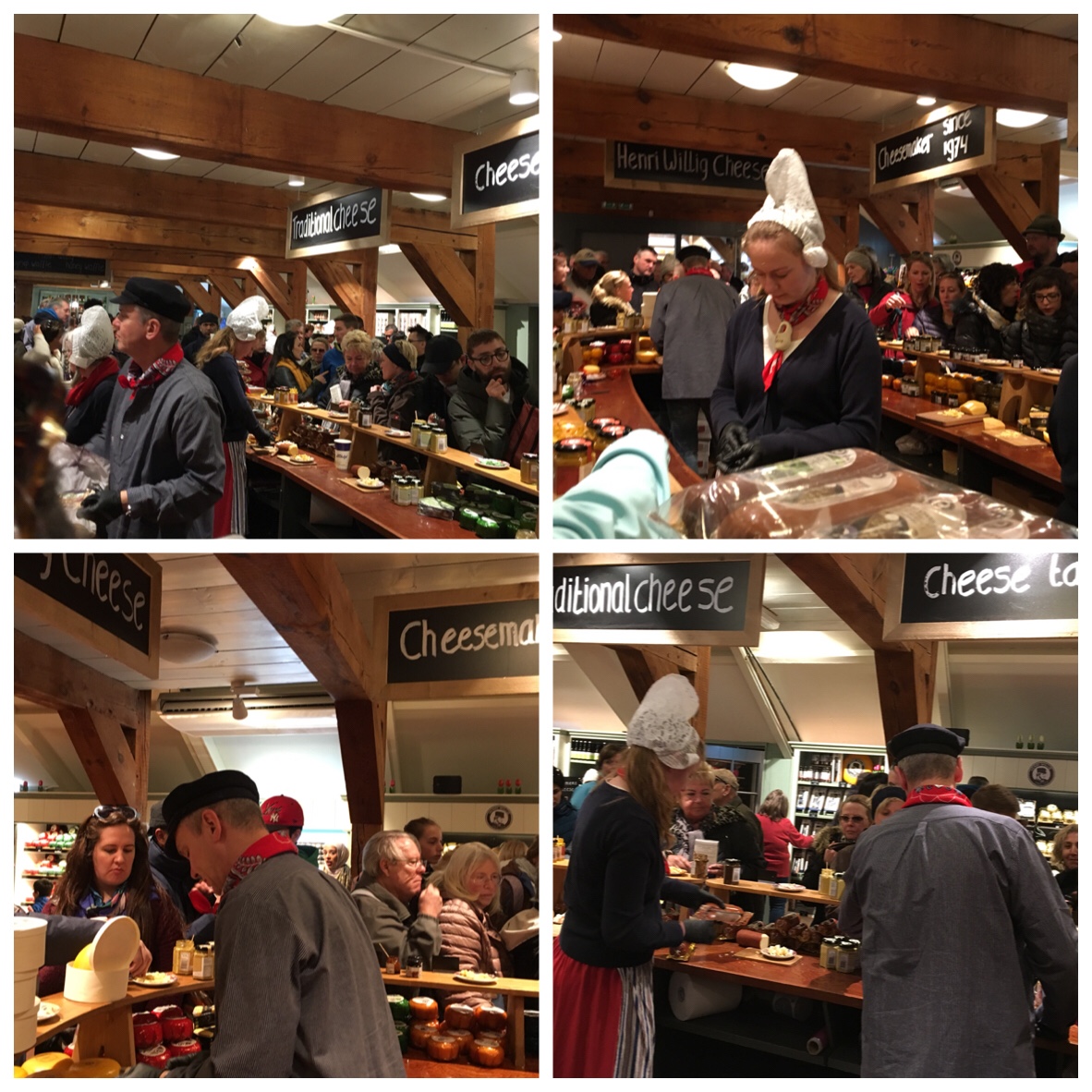 Later we went in for the cheese-tasting and let me tell you every bit of cheese that we sampled was delicious. We ended up buying a few flavours.
Later we went in for the cheese-tasting and let me tell you every bit of cheese that we sampled was delicious. We ended up buying a few flavours.  Outside her house was a farm that housed sheep, goats, hens and turkey. It was indeed and lovely feeling to be in such a beautiful place and so close to nature.
Outside her house was a farm that housed sheep, goats, hens and turkey. It was indeed and lovely feeling to be in such a beautiful place and so close to nature.

